







Our Foundation Sponsors provide year-long support to our magazine and online service, helping to ensure BayBuzz can deliver quality journalism to Hawke’s Bay readers, connecting and informing our community.






With that support, at a time when local journalism has never been more important, we commit to bringing Hawke’s Bay in print and online:


• The most in-depth insight into the major environmental, economic and social issues challenging the region.
• The most comprehensive window into our region’s arts and culture and community achievements.
• The most provocative and inspiring views and opinions on where Hawke’s Bay should head and why.

68
This summer issue is all about reviving and refreshing: How should Hawke’s Bay change? Uphill challenges for cycling. Bay hospos coming back? Enjoying the Bay on the cheap. Experts on changing your feng shui – home and garden. Recharge your career or business. Clear your mind and mend your body. Explore wine and cheese … and bottling. Refreshing tramps and books. Declutter. Expand your cultural awareness.
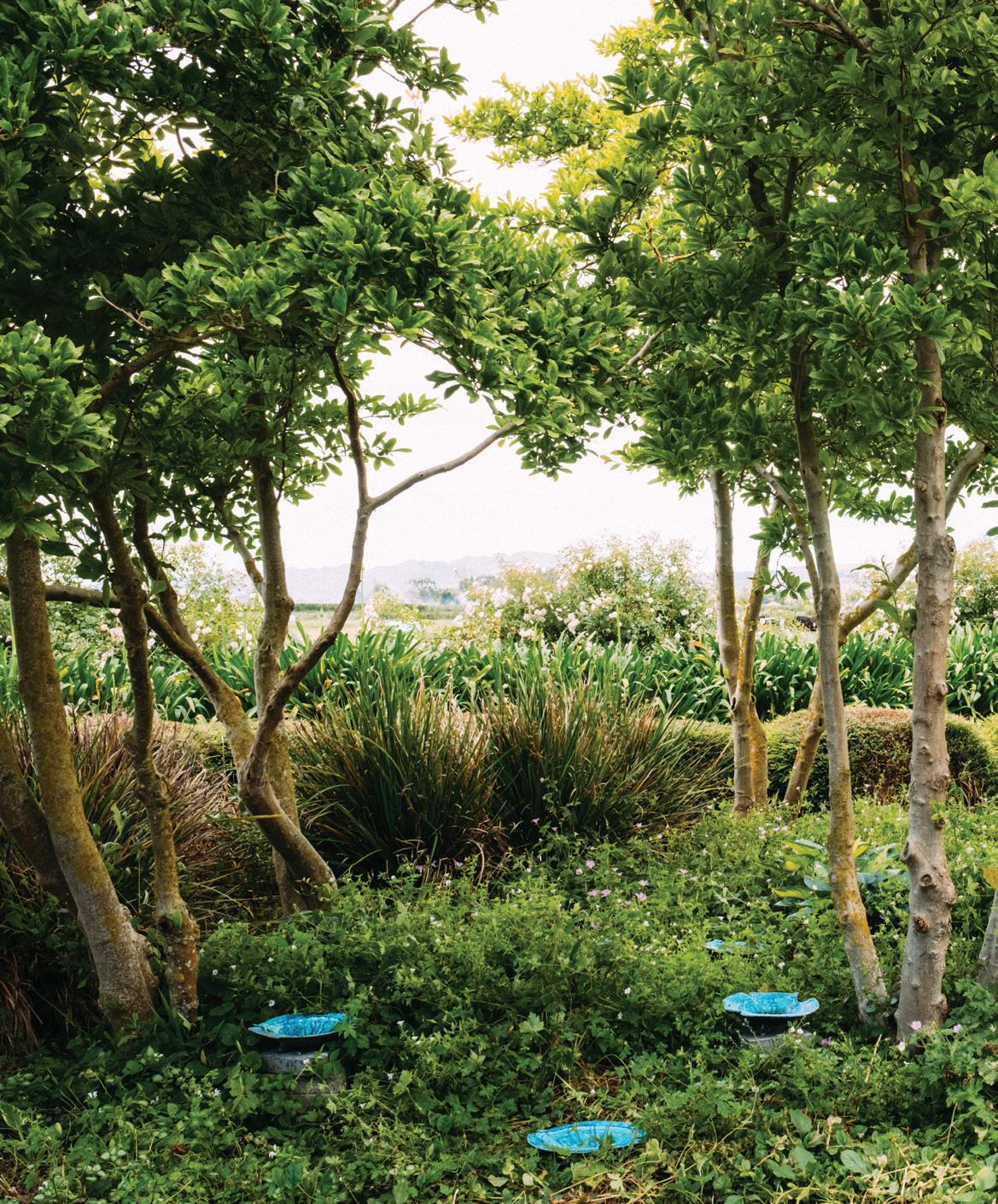 Photo: Florence Charvin
Photo: Florence Charvin
Follow us at: baybuzzhb
Articles online at: baybuzz.co.nz
Editorial enquiries editors@ baybuzz.co.nz
Advertising enquiries
Mandy Wilson 027 593 5575
mandy@baybuzz.co.nz
Reach BayBuzz by mail BayBuzz, PO Box 8322, Havelock North
4 From the editor
6 BayBuzz behind the scenes
7 Bee in the know
10 New directions
Compiled by Tom Belford
Five provocateurs give their ideas for how HB should change.
18 Biking in Hawke’s Bay: for the strong and the fearless?
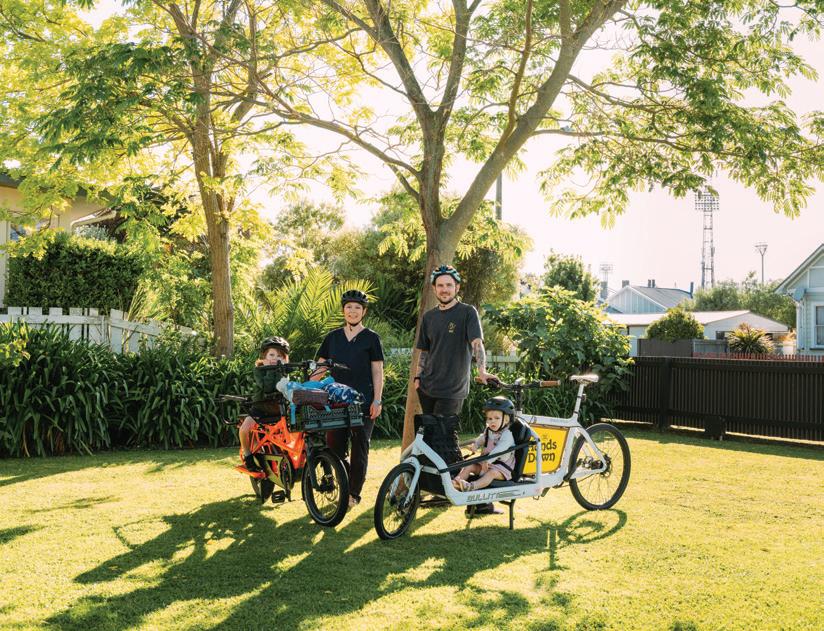
Tess Redgrave
Great cycleways, but still bumps in the road.
28 Kiwis love a Baycation
Bonnie Flaws
Our hospitality leaders voice cautious optimism for year ahead.
38 How to reboot your health after lockdown
Abby Beswick
Starts with sound nutrition and a modest fitness regime.
Cape Kidnappers? Try these alternatives to enjoy the Bay.
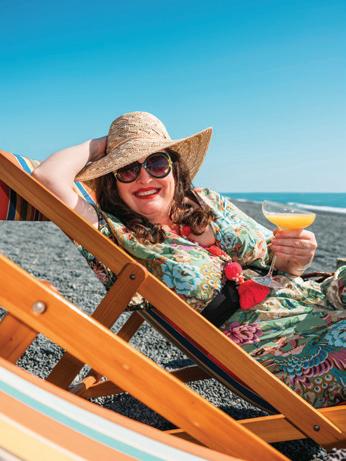
BayBiz
52 A new you: changing jobs and careers
Brenda Newth
About the cover
Interior designer Asha Payton has an eye for colour. Particularly paint. She’s one of the experts in this issue who advise us on myriad ways to refresh our lives.
EDITOR: Tom Belford
LIFE EDITOR: Michal McKay
SENIOR WRITERS: Kay Bazzard; Tom Belford; Abby Beswick; Rosheen FitzGerald; Bonnie Flaws; Michal McKay; Tess Redgrave; Mark Sweet
COLUMNISTS: Andrew Frame; Fiona Fraser; Yvonne Lorkin; Kate McLeay; Paul Paynter; Dominic Salmon; Jess Soutar Barron; Ian Thomas; Louise Ward
BUSINESS WRITER: Brenda Newth

VIDEOGRAPHER: Patrick O'Sullivan
EDITOR’S RIGHT HAND: Brooks Belford
PHOTOGRAPHY: Florence Charvin
ILLUSTRATION: Brett Monteith
DESIGN: Unit Design - Max Parkes; Giselle Reid
ONLINE: Elizabeth-Marie Nes; Lee Tong
BUSINESS & DISTRIBUTION MANAGER:
Kathleen Botha
PRINTING: Blue Star Group
ISSN 2253-2625 (Print)
ISSN 2253-2633 (Online)
44 The new faces of Hawke’s Bay Rosheen FitzGerald
Open yourself to the Bay’s cultures.
Dos and don’ts to think about.
56 Recharge your business
Fiona Fraser
Experts say: Listen to your team; think outside the box.
This document is printed on an environmentally responsible paper produced using Elemental Chlorine Free (ECF) pulp sourced from Sustainable & Legally Harvested Farmed Trees, and manufactured under the strict ISO14001 Environmental Management System.

10 New directions
Greg Hart on creating a ‘Regeneration Nation’
60 The way we live
Michal McKay
Six experts on changing your surroundings.
82 Time for a change
Kay Bazzard
Julie Russell’s Wildflower Sculpture Exhibition evolves.
86 For cheese lovers
Juliet Harbutt
The best cheeses of Hawke’s Bay.
92 Our ‘under the radar’ winemakers

Yvonne Lorkin
Small can be beautiful, as these winemakers prove.
98 Hunting and gathering
Ian Thomas
What to do with summer over-abundance.
100 The best tramps in Hawke’s Bay Bridget Freeman-Rock Day hikes and serious overnights, from some well-travelled.
104 Clearing your head
Kate McLeay
Twelve approaches to finding calm.
108 Sorbet for the brain
Louise Ward
Books to make you think differently.
112 Utter clutter nutter
Jess Soutar Barron
Decluttering as therapy.
Photo: Florence CharvinThe theme of this Summer edition is ‘refresh and renew’.
Our articles urge and advise you how to do just that – whether that means your mind, your body, your career or business, your home surroundings, your aspirations for yourself, Hawke’s Bay or the planet.
The same holds for BayBuzz itself.
We’re seeking to ‘refresh and renew’ as well – grow and expand our content and readership. Hopefully you’ve noticed that our breadth of coverage in the magazine has steadily increased. Without sacrificing our in-depth coverage of the region’s issues – our politics, business and economy, environment, healthcare and social challenges –we’ve expanded our treatment of the Bay’s lifestyle, arts, food & wine, and personal wellbeing.
And instead of offering you this only six times a year via this magazine, we now publish much more of the same content every week online, keeping you on top of the ‘buzz’ in each of these areas in a timely and still insightful way. Conveniently serving up to you – if you’ve signed up – our weekly e-newsletters on upcoming Events and The BUZZ.
In print and/or online, keeping you ‘in the know’ and better connected to your community.
That’s our commitment … our side of the bargain as it were.
Is it time for you to ‘refresh’ your commitment to BayBuzz?
It should come as no surprise that publishing this magazine and now heaps of fresh online content each week is not inexpensive. And our costs creep up like everyone else’s.
So while we enjoy strong support from our advertisers, they alone cannot carry the ball.
We need the funding support of you – each of our readers – as well.
Yes, we have a reliable base of dedicated subscribers to BayBuzz, to whom we’re immensely grateful. If you’re one of them, hats off to you from everyone on the BayBuzz team!!
But does that include you?
Are you still reading the ‘office’ copy, the ‘café copy, the ‘loaner’ from a friend or relative, or a ‘please renew’ copy we’ve sent you after your subscription expired … all for free?!
Do you look forward to receiving our e-newsletters in your in-basket each week … for free?!
On occasion or for a while that’s fine … the necessary cost of building a following for BayBuzz
But if you’re regularly enjoying, for free, the insight into Hawke’s Bay we offer, I ask you to reconsider.
In the spirit of ‘refreshing’ your commitment to being ‘in the know’ about what’s going on in the Bay, isn’t it time
you subscribed? And got that warm feeling from having your very own BayBuzz subscription!
Our advert on page 10 tells you how you can do that. You can get the magazine only, digital only, or both. All at initial discount prices for new subscribers – only $15 for an annual digital subscription. And all accompanied by generous discount vouchers from local merchants who want to help BayBuzz grow. There’s so much BayBuzz can tell you about our community, helping you to appreciate and thrive in it.
However, we need the help of each of our readers to do that. Don’t be a ‘freebie’ any longer!
And again, to our current subscribers, thanks so much for your support and for demonstrating the value you place on BayBuzz and its role in our community.
But please, stop giving your copies away!
Enjoy your summer!
Tom BelfordTom has been a two-term HB Regional Councillor. His past includes the Carter White House, building Ted Turner’s first philanthropic organisation, doing heaps of marketing consulting for major non-profits and corporates.


The team at Sainsbury Logan and Williams (SLW) in Napier would like to welcome new partner, Caleb Hensman – a born and bred Hawke’s Bay lad, returning to the fold rich in experiences from a notable career to date. Named as a 2021 Rising Star by NZ Lawyer Magazine, which recognises leadership and achievement within New Zealand’s legal profession, Caleb was a partner in the country’s top property and construction team at law firm, Russell McVeagh, prior to joining SLW. His promotion to the partnership came at the start of 2022, at the age of just 32.
Though his career was on an impressive trajectory in Auckland, Caleb and his wife (Ellen) had been yearning for the lifestyle that Hawke’s Bay has to offer – one that continues to lure back many of our former progeny once they go on to have a family of their own.
“I’m looking forward to getting really stuck in down here in the Bay, and for the opportunity to lend my experience to local investors and developers,” says Caleb.

He says he is also enjoying the more general nature of the practice, working with a wide range of private clients and businesses across industries.
“Hawke’s Bay has always been home, and it’s great to be back.
“The short ten minute walk to work means I have a lot more time to spend with Ellen and the boys at either end of the day. It certainly beats sitting in Auckland traffic.”
Auckland’s loss is certainly Hawke’s Bay’s gain in this instance and the team at SLW are thrilled to have Caleb on board.
Get in touch with Caleb today. Email: cjh@slw.co.nz
DDI: 06 651 3232
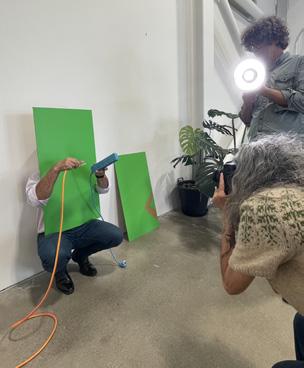
This bumper issue of BayBuzz has been a big job for the whole team, no one more so than our lead photographer Florence Charvin. Taking on the entirety of the photography for the summer edition has seen Florence zooming around the Bay, from Greg’s farm to Julie’s garden and a load of special spots in between. But while our region (and magazine) is crammed with beautiful locations for Florence to shoot, it’s the characters that make this a dream job for her.
“What I love most is learning little bits and pieces from everyone I photograph,” she says, “People sharing their knowledge and passions, that’s very cool.”
Hailing from the French Alps, Florence has called Hawke’s Bay home for almost 20 years, and her work with BayBuzz and many national magazines have given her the task of portraying the myriad faces and facets of Hawke’s Bay.
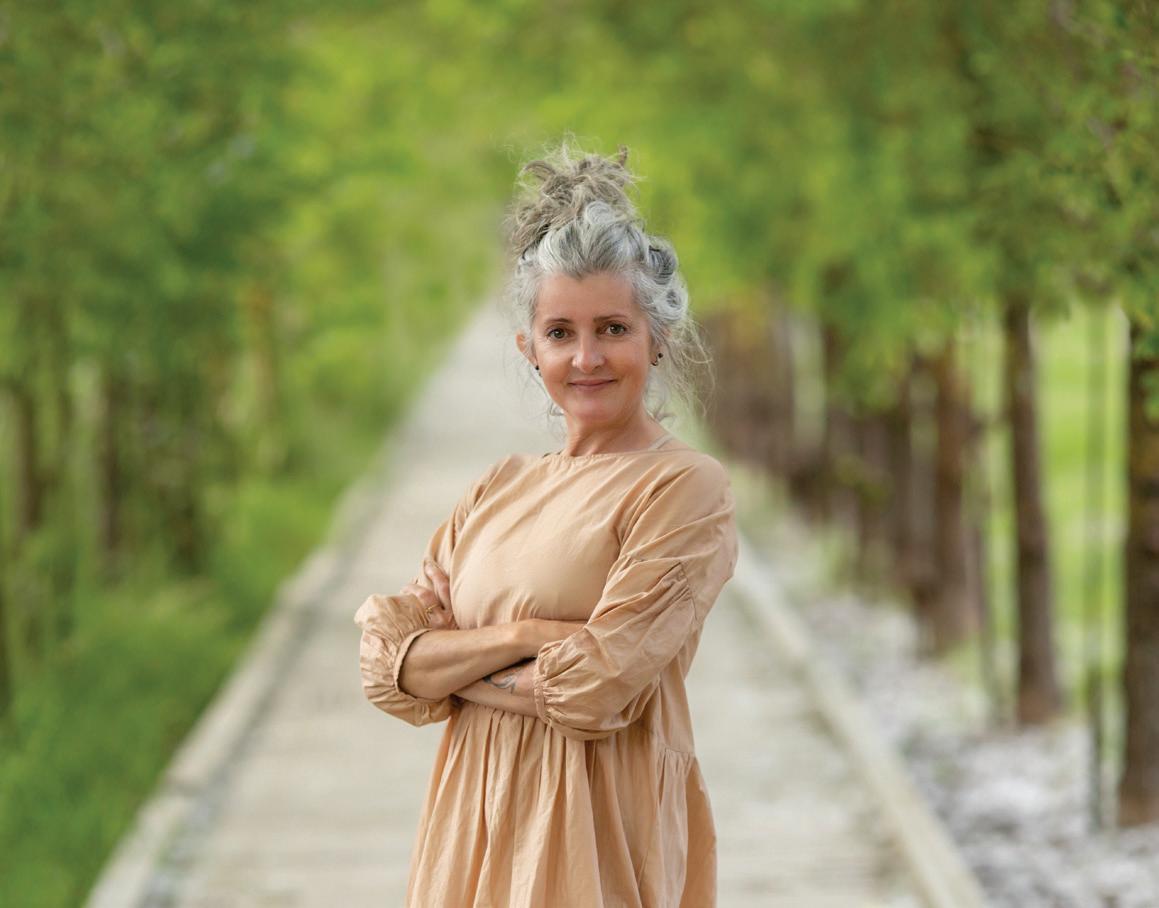
Her compassionate and creative approach to the people and scenes she shoots see her get the best out of any subject, and the something-special lightness of her work - the ‘Flo touch’ - make her pictures instantly recognisable.

Usually on this page, we recognise a local hero. We’re delighted to take a moment here to thank our very own hero. For all the beauty and for the massive mahi, thanks Florence!

Picnic Cinema brings outdoor movies to Hawke’s Bay. After three moviefilled weekends in Cornwall Park, Hastings, Napier Botanicals and the Havelock North Village Green before Christmas, they are popping up again this March.
Get ready for big screen action on the 7m x 4m LED screen, which means viewing in the daylight is just as perfect as after dusk.
Bring your picnic, your rug, and your favourite moving watching pals for fun-filled outdoor summer evenings. The programme is chocca block with family flicks, action, drama and of course some great romcoms!
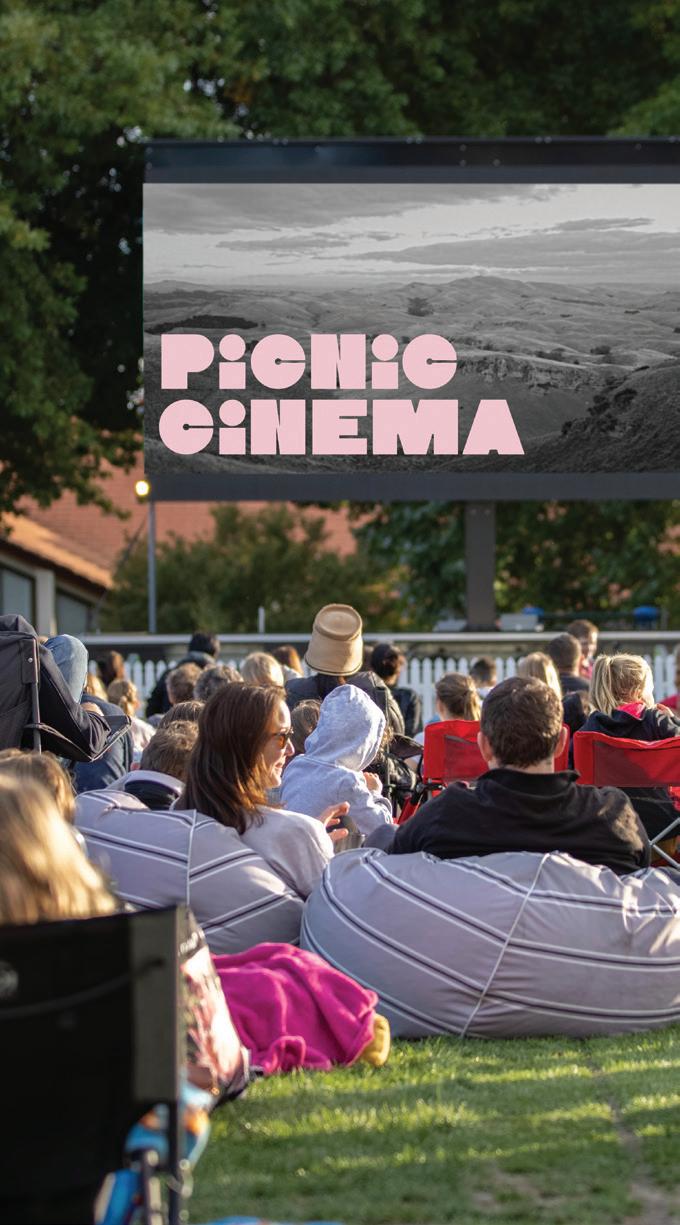
Check out the line-up at picnic-cinema.co.nz and follow on Instagram and Facebook at picnic.cinema.nz
Summer in Hawke's Bay is the season for hosting Long, balmy days, stunning beaches and the world's best food and wine at your fingertips It's no wonder friends and family can't stay away Smith & Sheth Oenothèque sommelier Jason Lambert shares his top tips for wowing your visitors during their stay
1 Sun, sand, surf & a magnum of Rosé Summer doesn't get much better swim before a r picnic dinner friends Large mat bottles like Rosè magnums only look fab, y're perfect for ng with groups.
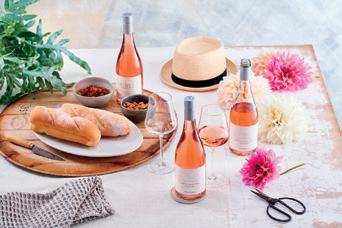
2 Wine studio experience
Our Heretaunga Wine Studio is a masterclass in wo
A deep dive into t New Zealand’s fin wine regions and producers alongs 360-degree visua tasting experienc a showstopper th cement your stat wine and experience aficionado


3 Dinner party perfection hear the dinner is back? Ensure r wine selection presses with our airau Sauvignon nc for those who something light and white, or our Heretaunga Syrah for a versatile crowd pleaser.

4. Live music
When the action of the day is over, there's nothing quite like listening to live music in the Smith & Sheth courtyard with a glass in hand It's the best way to unwind and let our team look after you Check out the rotating list of local artists on our website and we'll see you on the patio next Wednesday! Jason
Enjoy six $10 vouchers to six iconic Hawke’s Bay retailers and hospitality hot spots with every new personal or gifted subscription to BayBuzz.



That’s $60 worth of value on top of the quality journalism, insight, opinion and happenings that come with every issue of our region’s much-loved magazine.

$10 off for joining ... $49.95/yr
• 6 issues of BayBuzz magazine per year
• 6 issues of BayBuzz Digital version exactly as printed (great for your tablet)
• All BayBuzz website content
• Weekly e-newsletter
• Free six-month gift subscription for friend
By email
$10 off for joining ... $24.95/yr
• 6 issues of BayBuzz Digital version exactly as printed (great for your tablet)
• All BayBuzz website content
• Weekly e-newsletter

Pay via bank transfer to 02-0655-0083775-000, including your name as the reference, and email your address details to editors@baybuzz.co.nz
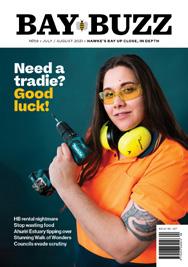
• 6 issues of BayBuzz magazine per year
• Free six-month gift subscription for friend

Online


$10 off for joining ... $39.95/yr $39.95/yr $14.95/yr $29.95/yr baybuzz.co.nz/special
Follow the easy steps on the website and pay with credit card baybuzz.co.nz/ subscribe
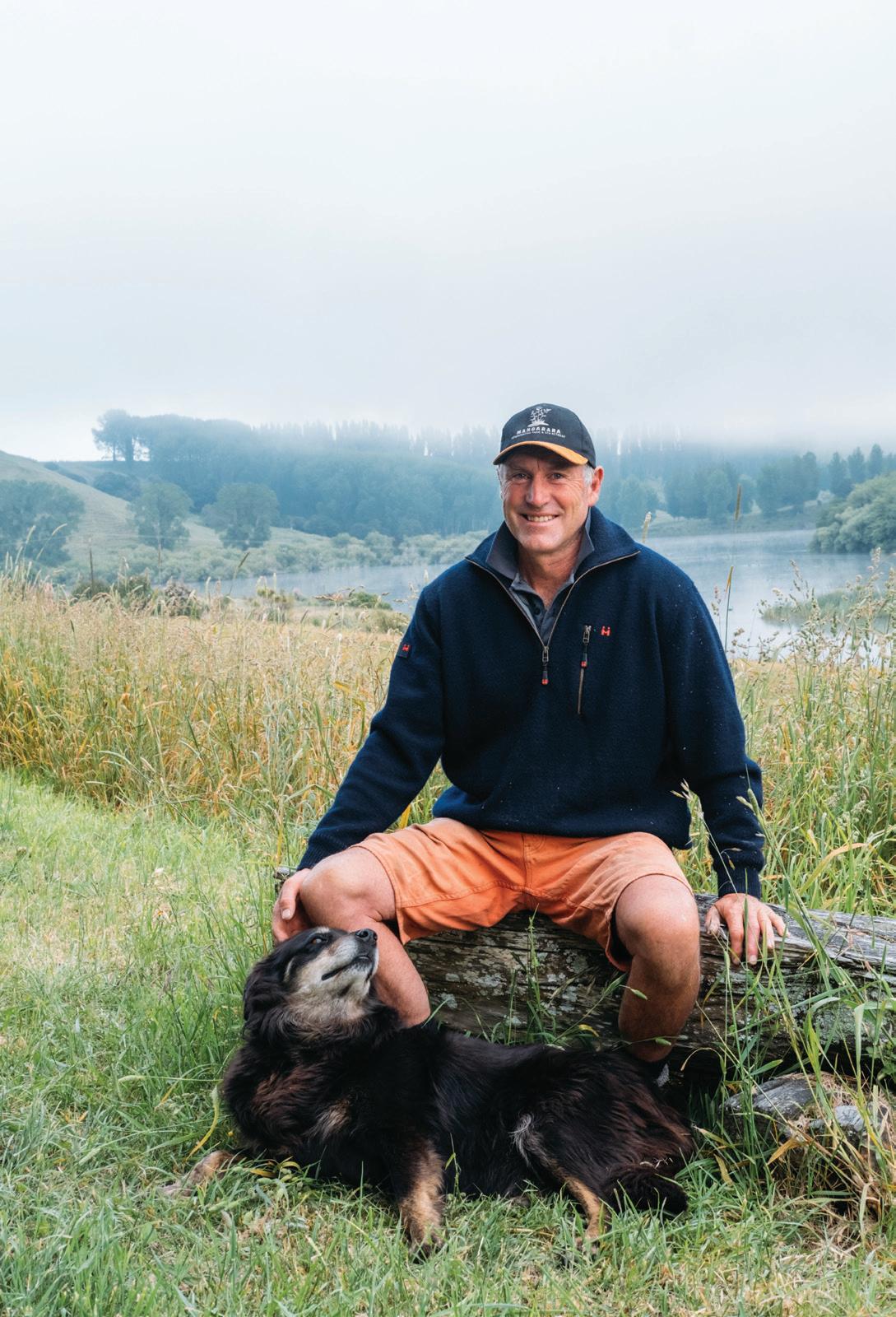
What is the most beautiful world you can dream of? Take a moment and get a clear picture of it.
Life on earth is in trouble, and so we need to imagine a different future. And if we aim for anything less than paradise, that is what we will get!
As the fruit bowl of New Zealand, we can grow fantastic food so we need to get healthy clean food to everybody. As tough times are hitting we can all have access to a vege garden in our back yard (front lawn even better so as to engage with community) or we could be growing in community gardens.
Money is tight but by creating more community savings pools we can help people get ahead and stop the more than $1000 for every person in this country that leaks out of the New Zealand economy every year as profits for the Australian-owned banks.
To set the stage for this ‘refresh and renew’ edition, BayBuzz invited a few of our outspoken compatriots to suggest a ‘new direction’ for Hawke’s Bay. Maybe you can cherry-pick from their provoking ideas to chart your own vision for the region.
For two voices, their big idea, ironically, is to ‘think small’ – work as much as possible toward local self-sufficiency. I sense many in our community are ready to abandon growth for growth’s sake. What about you?
Two contributors call for a serious change in attitude. One says stop whinging about ‘rights’ and instead embrace individual responsibility. Another says the core problem is our sense of entitlement as a human species. Too gloomy for your taste?
Our youngest voice, the contrarian, says Hawke’s Bay should be a “boom” region. Are you a boomer?
It’s time to take our moon shot. Release our fears and imagine that more beautiful world that our hearts know is possible.
I have a dream of our farm, Mangarara, being a place of beauty and abundance. Where we live in reverence to all life and encourage diversity. A small farm community of people living meaningful lives, raising their children in a regenerating environment and we eat delicious and nutritious food. Tough times still come and go which is inevitable as we journey through life but we support each other to lighten the load.
The incredible thing is that this dream is becoming a reality. Yes it is taking a lot of work and the support and efforts of family and friends, but it all starts with a dream.
What does a vision of a better Hawke’s Bay look like? I would like to see the Hawke’s Bay Health Board not being the largest employer in Hawke’s Bay! The health of the land and water and people are all connected.
A Harvard study that has followed 724 men since 1938 with participants coming from a range of socioeconomic backgrounds is the longest running study on happiness. The number one indicator of happiness is not money (once basic needs are met); it’s not even health; the key ingredient is community! We can do that!
I know the challenges are immense, but I also believe that a regenerative, caring future is possible and it is what the vast majority of us all want!!
We are blessed to live in Aotearoa New Zealand with a small population, a beautiful environment, a relatively kind climate and friendly people. New Zealand can be the world’s first Regeneration Nation. And let’s be honest, if we can’t do it, who in the world can?
So what is your dream? What actions do you need to put in place to bring it to life?
Find the courage to share your dream with others as it is going to take all of us dreaming big and beautiful.
It is possible, and our children’s children are wishing that dream comes true.
Climate change is happening whether we like it or not, so the challenge is to build resilience and security to survive in what may be a very harsh environment with limited supply chains. The best way to do that is through comprehensive land-use reform.

We certainly can’t survive on apples and milk alone, and living in today’s urban settings may become untenable for many – even if they’re not flooded by rising seas. At the same time we need to take the strain out of feeding urban conurbations that cannot feed themselves if we wish to retain sizeable and essential secondary and
tertiary manufacturing industries.
So we need to facilitate the break-up of large land-holdings and encourage diversity of production as widely as practicable, while moving a significant percentage of city-dwellers into rural areas. In short, get back to the model of ‘hamlet’ communities able to self-sustain themselves on relatively small acreage.
In Aotearoa we are blessed with having a small population in relation to arable, productive land, so unlike most other countries this should not be as hard a task as it seems. Moreover if we start this move now, with buy-in from all parties on the need to do it, there is no reason we cannot have the best of ‘both’ worlds for as long as present civilisation lasts. Not everyone needs to be a ‘farmer’, while those new to farming tasks can benefit from the expertise of the skilled hands.
As a first step, apart from re-education about the need to drive it, land-use and planning rules must be changed or relaxed so that for example a ‘productive unit’ is not measured in terms of economic output, but per-person sustainability; and subdivision into ‘farm park’ hamlets is not only easier but actively encouraged.
To do this properly we must stop thinking in terms of ‘my’ land, and start thinking of it as ‘ours’. And we have to stop worrying about price and markets and everything else that ‘relies’ on money, and start thinking about how many people growing what sort of things can a given area sustain.
At base we have to stop looking at the future and fearing (or worse, ignoring) it, and instead immediately start making the adjustments to accommodate change. Because, simply, the coming alternative is chaos.
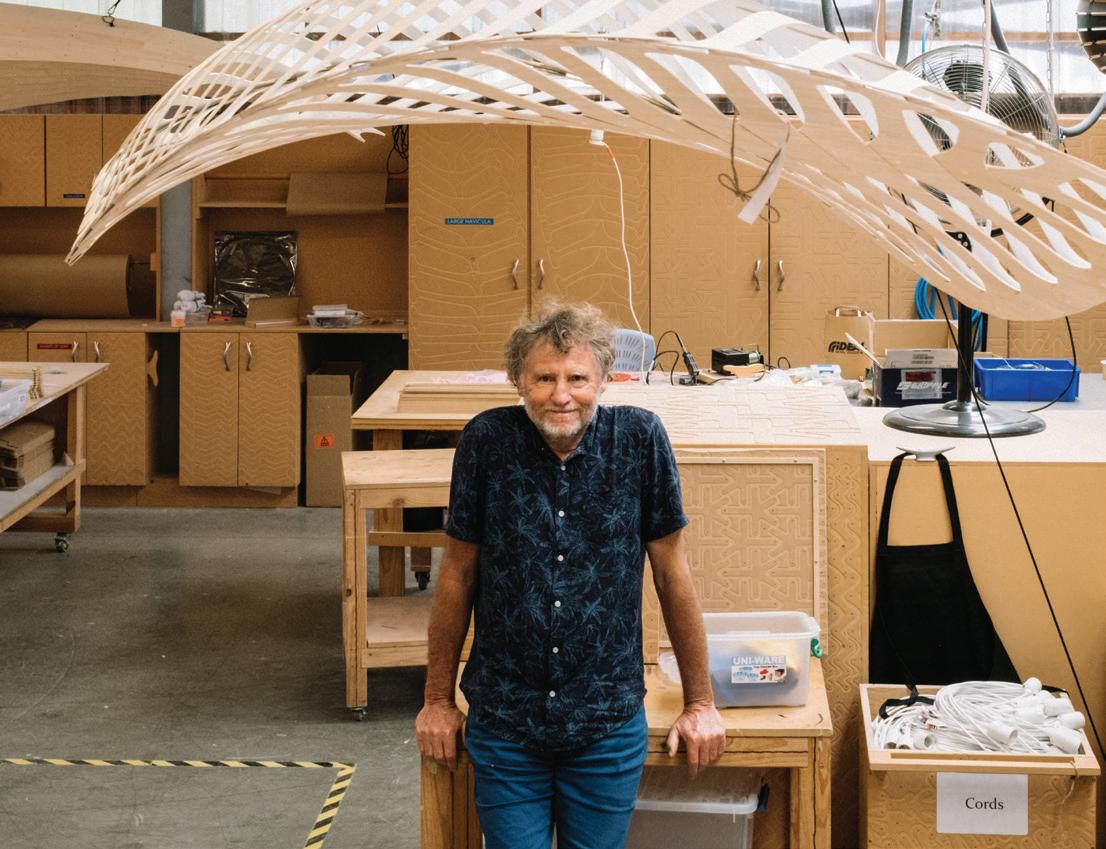
All reports are telling us that the global response to the climate crisis is critically slow and inadequate. Why?
It is easy to blame powerful and greedy multinationals, or weak politicians. But ultimately it all comes back to us. If there is one radical change that I think we need to make, it is to our sense of entitlement.
That entitlement is a core part of the world view that we have been born into here. It is a set of values that we have imbibed through our culture, our society. The pernicious thing about entitlement is that we see it as both a norm and a right. Like the goldfish that thinks the whole world is water.
But entitlement is not the norm. It formed in Europe and spread around the world, a virus carried in the fleets of the colonisers. It has become the
core message of consumerism: you are entitled to look beautiful, to have a new car, to holiday in Europe… “Because you are special.”
You are no more or less special than any other life form on this planet. Why is the African child scavenging rubbish on landfill not special? Why is she not entitled to an overseas holiday? What makes you different? Because if all 8 billion people consume as we do what would happen to the planet? Our privileges only come at the expense of others’ loss.
Entitlement is confined to wealthy colonised countries. It does not exist in indigenous societies or poor countries. It is in the poisoned Kool Aid we have drunk. Entitlement does not consider consequences.
Twenty years ago I said that if you drive your oversized vehicle down to the dairy to buy milk, someone’s home in Bangladesh will be flooded – as a consequence. Today it will be someone in Haumoana – but you still do it! Because we refuse to give up our entitlement. Because we blindly refuse to
accept consequences. Because we believe we are special.
It is the nature of entitlement that when you lose it you usually become nasty. We’ve seen this when entitled people thought they were losing their ‘freedom’. So the inevitable change will be violent. But the alternative of not changing is far worse.
And we can change. Today it has become socially unacceptable to say things about racism or gender that used to be more commonplace. We need to make it similarly socially unacceptable to exhibit a sense of entitlement or privilege. That will be harder because it means giving up on the many luxuries of our lives. It will happen, whatever: we can choose whether it is voluntary or forced on us.
So please consider the things that you take for granted. Ask yourself if you carry unawares an embedded sense of entitlement, like racism and patriarchy in the past? How can we change this in ourselves, and how can we help others to do so too? For the sake of life as we know it.
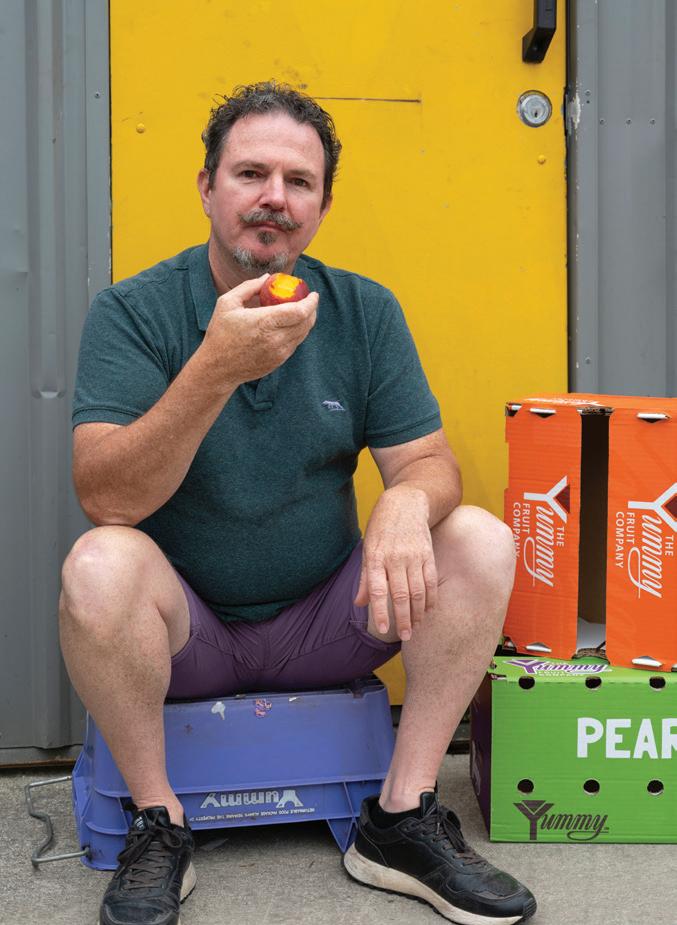
In the dark days of our serfdom, my forebears likely lived under the benevolence or tyranny of a long forgotten aristocrat. He had all the power and all the rights and we had none.
Our world has become more just and now we have a raft of ‘rights’. Increasingly we assert our demands for everything because it’s our right –a right to a warm, dry home; to nutritious and affordable food; and even to work from home.
In reality we can only have rights that a civil society can afford us and most of these are contained within the Bill of Rights Act, limited to matters of individual sovereignty like freedom of expression and association, electoral rights, etc. They do not extend to material goods or services that someone else
might have to provide us.
Curiously the standards by which we judge any deprivation we may suffer keep going up. At one stage of my life I was officially homeless. As a young student I lived in an uninsulated garden shed for $40 a week. It was about 3m x 2.2m, with a low roof and about the same temperature as outside. I had a fan heater plugged into the sole powerpoint. In just 3 minutes at full power, it was the warmest student bedroom in Palmerston North, giving me a bigger budget for burgers and beer. In truth, most of us live better than our kind did 500 years ago.
I’m grateful for all the rights that we have these days but fear we’ve forgotten that they are a double-edged sword. With rights, go responsibilities. I don’t hear anyone talking about responsibilities and likely that’s because they don’t fancy them. If there isn’t a balance between rights and responsibilities systems don’t work.
For example, the difference between your right to drive and your responsibility not to be drunk or reckless is
largely reflected in the road toll.
So every time you hear people demanding rights, ask them what responsibilities they’ll take on to balance these out. The recent clamour for 16 year olds to vote is a good example. If they want to be granted the rights of an adult, perhaps they should also be treated as an adult in the criminal justice system when they ram-raid a liquor store, or supply your 16 year-old with methamphetamine.
I fear we are creating a desperately entitled generation who think a cushy existence is theirs by right and who have little comprehension of taking some responsibility for their lives.
Taking responsibility is infinitely more valuable than asserting rights. To toil away and create a better world for yourself and those you love is about the most purposeful and satisfying thing you can do with your life. If that message isn’t reasserted we’re breeding a generation who will be perpetually whining 3 year-olds.
In the realm of rights and responsibilities – we need a reset.
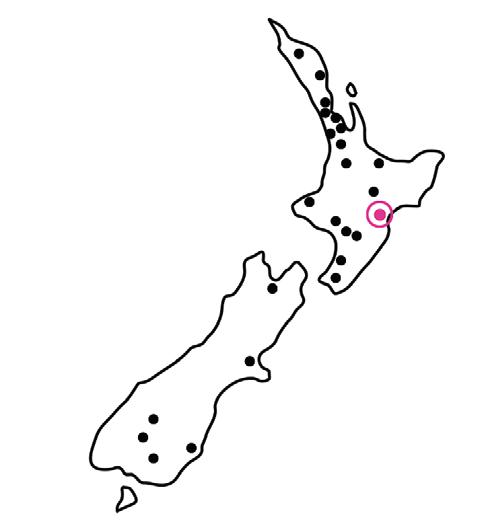
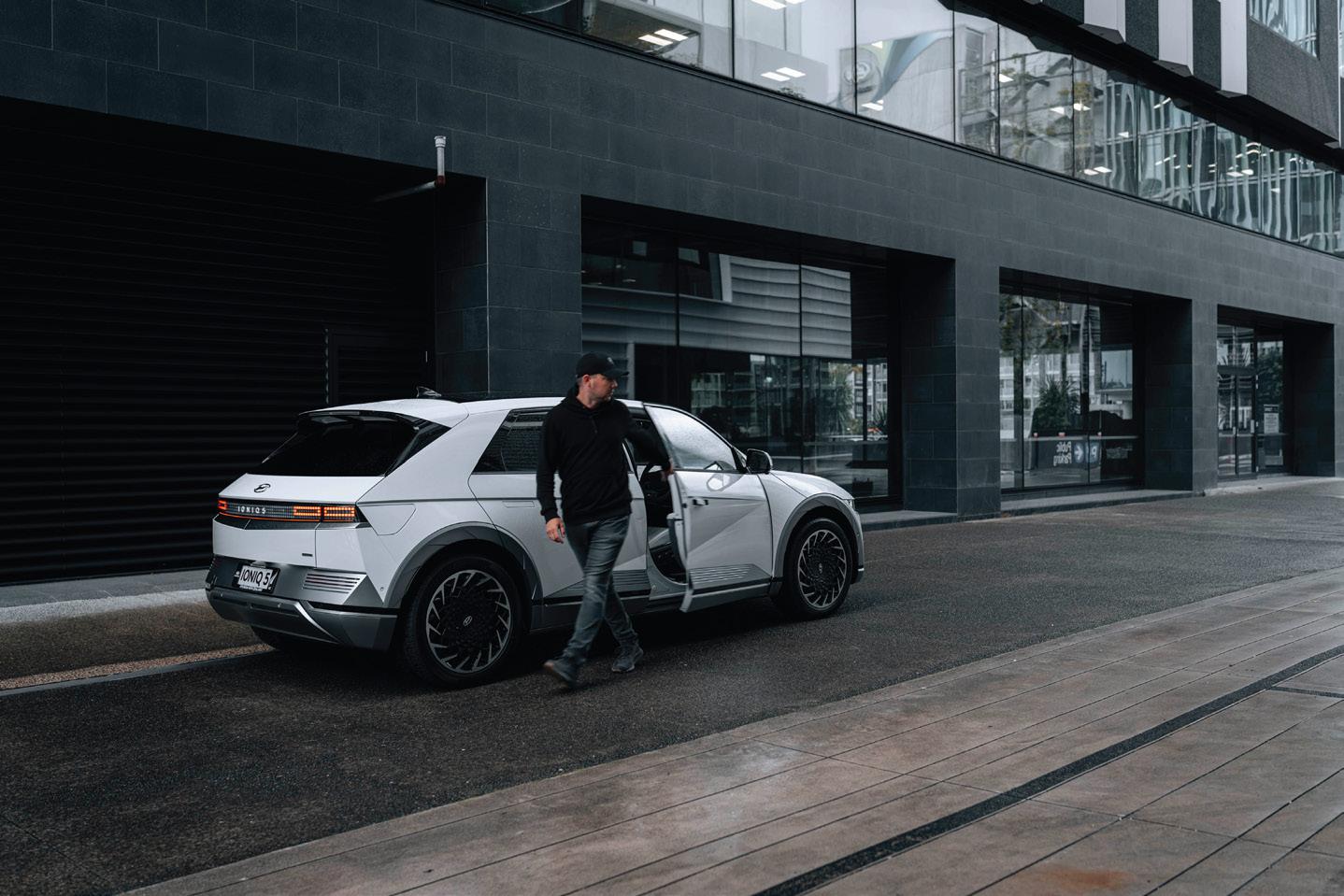


The kind of boom where people move here to be a part of it.
Where businesses invest in the region to get on the bandwagon. You get that by investing in industry and infrastructure, and even better if it’s new. New industry means new skills. New infrastructure means new assets. It’s a pretty simple system.
Let’s use green hydrogen generation
as an example. It’s not just design, build, and maintenance of the windmill or solar farm for generation, it’s the storage, the electrolysis, and the pipelines. While the infrastructure is only built once, it’s managed forever, and it’s an asset that continues to supply energy to the grid, jobs to the market, and money to the economy.
Innovation in industry and infrastructure requires new skills. Sure, at first, it’s attracting talent from overseas; talent that will inspire kids into study, trades, and careers. After a while, it becomes part of the culture of a region, and a rite of passage for its people.
Countries and regions that build, create, innovate, and enhance, unlock economic growth at a rate of knots, and enable the delivery of free or subsidized services – like Norway’s tertiary
education system. Instead of losing our best and brightest to big cities or big countries, I want to see this region attract and grow skills. Attract investment. Attract innovation.
We need to cultivate an environment where we welcome the establishment of new businesses, or the pilot of new technology.
The problem is, we don’t want things to change. But change is progress.
Just imagine: A new film industry in Hawke’s Bay that will attract skills, inspire generations, and boost the economy. If only we could get past the increased traffic.
Instead of closing the door to growth, we should look at the opportunities that go with it. I want to see a boom. We’re an ambitious region, let’s get aspirational.
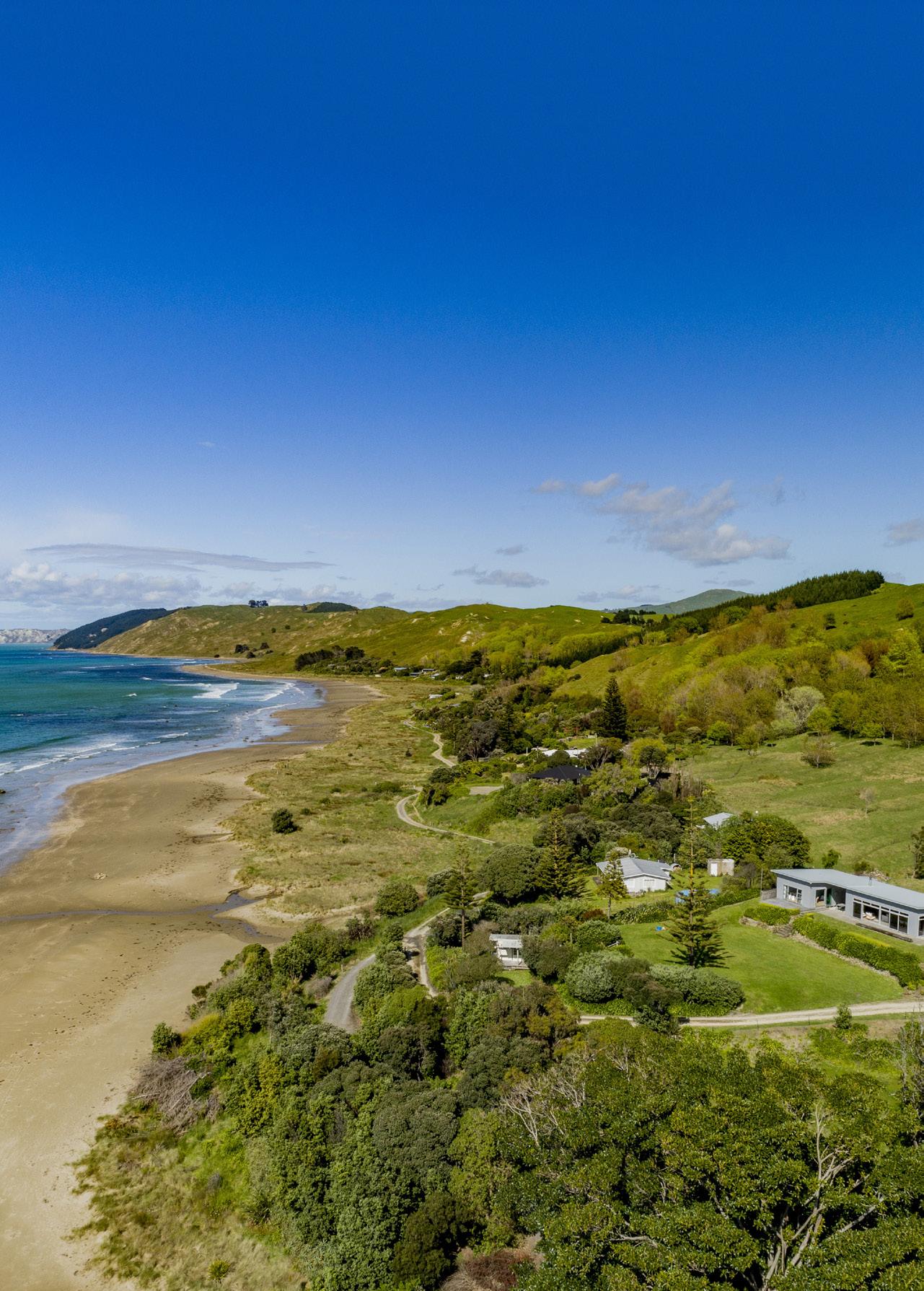

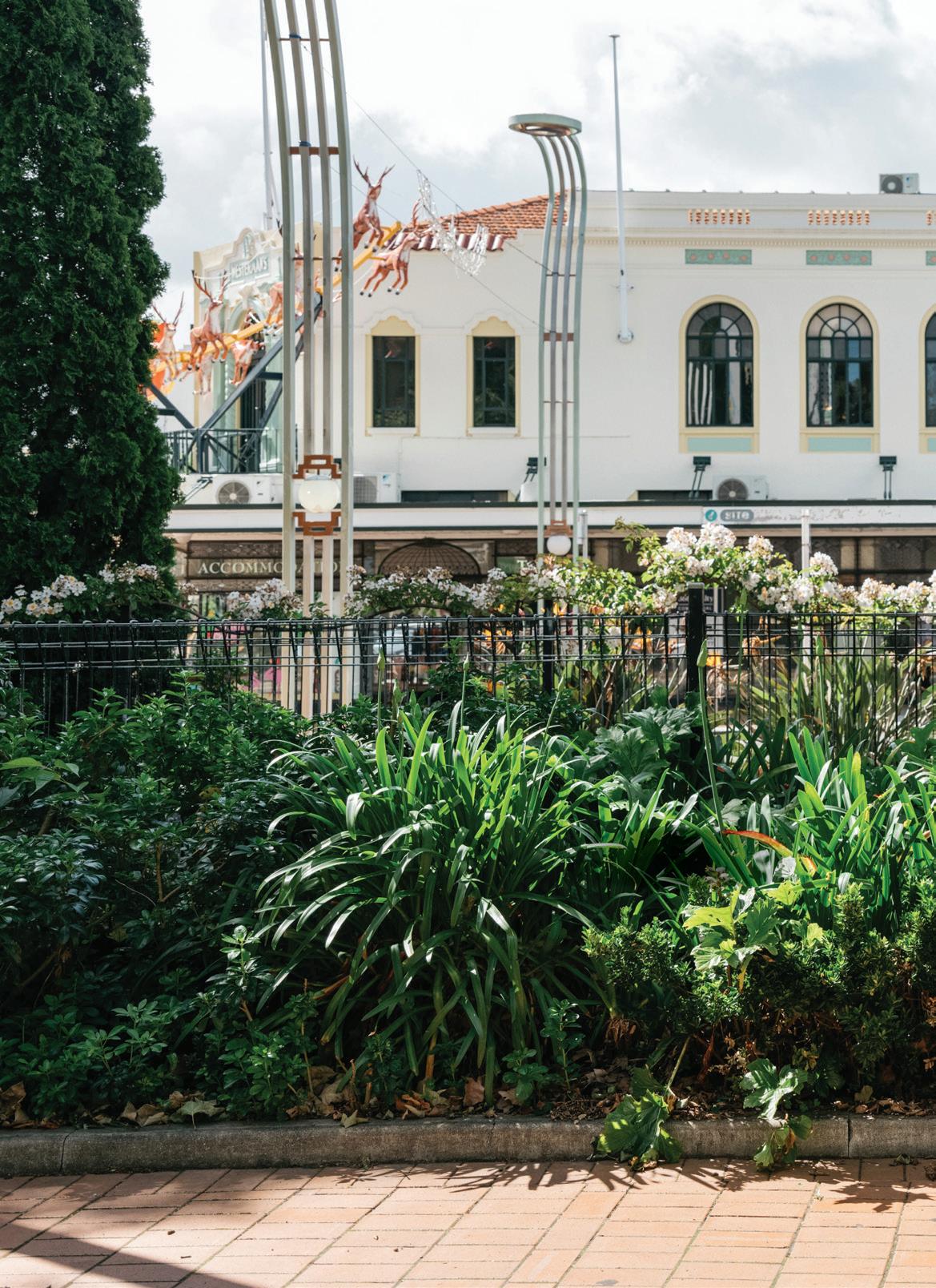
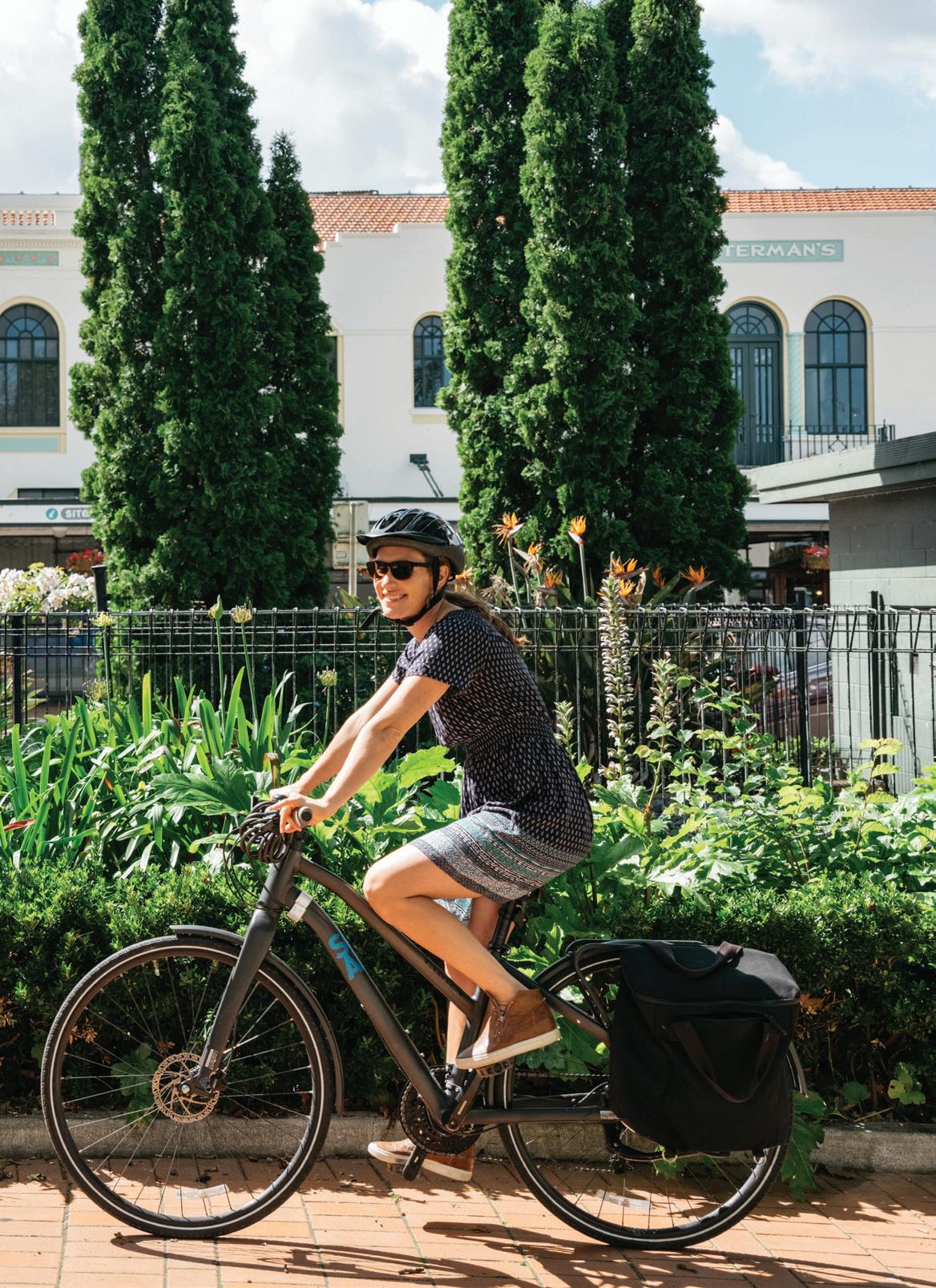
The first blue sky after weeks of rain. I am working on a BayBuzz feature about biking, so there’s nothing for it but to get out on my hybrid Trek, don helmet, gloves and reflector vest and leave Havelock North zooming down the wide Crosses Road cycle path.
Suddenly I feel like a million dollars. You are one ride away from a good mood, says British cyclist Sarah Bentley, and she’s right. The fresh smells, the wind brushing my face, the voices of orchard workers through the hedge.
I turn into St George’s Road and then cross again onto the wide, off-road cycle path heading to Hastings. I feel as safe as houses.
At Windsor Ave, the off-road path suddenly stops and I pedal onto the on-road green painted cycleway. I start to feel a little less safe as the sounds of cars loom behind. At the Willow Park roundabout, the cycle lane dissolves. This is the first time I have cycled into town. I fumble. Get off my bike, wait for cars, then push across and get on again at the other side. Now parked cars hug the green cycle lane and I watch like a hawk for any car door that might open into my path.
Maggie has had to work out the safest, not the fastest, route, avoiding Southampton Street with many “unsafe roundabouts” and St Aubyn Street, which “does not feel comfortable, nor feel safe, due to lack of physical protection/ separation from busy traffic”.
Maggie Brown, Sustainability Officer at Te Whatu Ora – Te Matau a Māui Hawke’s Bay
In the centre of Hastings, I get tooted at on a roundabout, can’t find any cycle lane on Queen St and in St Aubyn Street give up and take to the footpath because the narrow green cycleway looks like a dangerous afterthought squeezed between fast moving and stationary cars.
In June 2010 Waka Kotahi (NZTA) announced that Hastings District Council (HDC) was one of two towns chosen to be “a model community” and would receive $3.57m over two years encouraging it to integrate walking and cycling into its transport planning. The project was branded iWay and soon “iWay City Cycle Routes” began appearing on our urban streets: either green-painted on-road cycle lanes, off-road concrete paths like the one I had come from Havelock North on, and confusing signposts on some narrow suburban footpaths indicating they are for both walking and cycling.
There was more Government funding and by 2015 Napier had joined iWay and started creating urban cycle routes like Hastings.
Zoom forward to 2022. Hastings
and Napier are not “model cycling towns”. When Jess Berenston-Shaw, co-director of the Wellington thinktank The Workshop, visited here last June she wrote a damning Opinion piece in Newsroom.
“Decision-makers in towns like Hastings still don’t understand the scale of the changes that are required to mitigate and address the climate and environmental crisis we face,” she wrote. “… there is little bike infrastructure to be seen, there are some painted lines on the roads (my favourite type of mode-shift washing), free or cheap central city parking, and a continued focus on moving cars and trucks smoothly through suburban areas.”
Maggie Brown, a mother of two young children, and the Sustainability Officer at Te Whatu Ora Health New Zealand –Te Matau a Māui Hawke’s Bay, agrees.
Originally from the US and a long time cyclist, she says our current Hastings cycle network is built for the “strong and fearless”.
Maggie cycles four days a week from her home in Parkvale to her job based at the hospital — about four kilometres each way. She has had to work out the safest, not the fastest, route, avoiding Southampton Street with many “unsafe
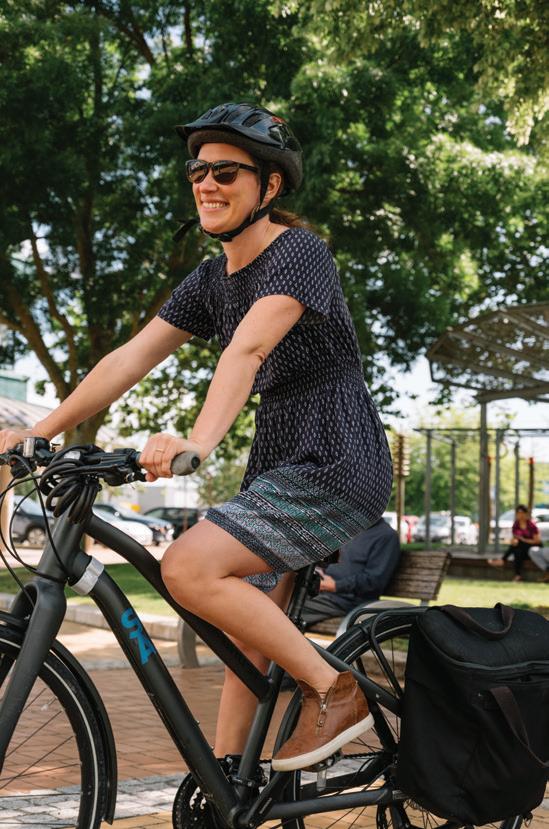
roundabouts” and St Aubyn Street, which “does not feel comfortable, nor safe, due to lack of physical protection/ separation from busy traffic”.
Contrast this wobbly picture of urban biking in HB, with recreational cycling opportunities and the numbers participating in them, and it’s a totally different story.
In 2010/11, the Rt Hon John Key’s proposed network of cycle trails through New Zealand, began to get traction. On the back of this, in November 2012, Hawke’s Bay Trails opened, offering recreational riders of all ages some 200 kms of flat, mostly off-road, limestone trails winding through vineyards, orchards, farming and coastal-scapes.
Today HB Trails is the most popular of the 23 Ngā Haerenga New Zealand Cycle Trails with NZ cycling guru Jonathan Kennett describing them as “the closest you can get to a European cycling holiday without travelling to Europe”. In 2021, nearly 800,000 trips were recorded on the trails with most by locals, though many visitors are coming to ride our trails too. Some are even choosing to retire here because the biking is so good!
Alongside iWay and HB Trails, mountain biking has also taken off. Back in 1995 Hawke’s Bay’s Mountain Bike Club gained full-time access into the privately owned Pan Pac Tangoio Forest. Today we have the largest Mountain Bike Club in the country with 4,000 members who pay for the privilege of riding over 50 kilometres of custom-built mountain bike trails in the officially-named Pan Pac Eskdale Mountain Bike Park. A second mountain biking network was built at Te Mata Peak Park in 2017 with eight trails ranging from an easy Tamariki Ako – Kids bike track, to advanced Grade 6 riding.
The sport is huge and growing, but with it has come friction between bikers and walkers, particularly in the Havelock North Reserves.
So biking in its many manifestations is a huge deal in Hawke’s Bay. How do I dig into this?
The Ramblers
“Start with the Hub,” says my 28-yearold nephew Miguel, a keen road-cyclist in training with the HB Ramblers for the Round Taupō 160km race.
The Hub, in Heretaunga Street West, is a fair dinkum bike shop. Bikes hang off the walls and form a double row, fanning like a ribcage through the centre of the shop. Cycling jerseys and
photos of medal winning cyclists are pinned high on the walls.
I find Hub owner Rob Oliver in the open-plan workshop. In 1972, he was the NZ Cycling Pursuit Champion. He went to the Munich Summer Olympics the same year as part of NZ’s five-man cycling squad.
In 1982, Rob married, moved to Hastings and opened the Hub – initially selling mainly BMX bikes for kids down at Windsor Park dirt track. “Then I started selling road stuff and helping to run the local Ramblers club. I got in touch with like-minded teachers in schools and we ran inter-school racing on Sundays. Once you get cycling in your blood it’s hard to let it go.”

The HB Ramblers raced every Saturday and by the 1990s, membership was over 300. “But now numbers are dropping as cycling has diversified.”
The Hub’s main trade today is e-bikes for the retired generation who ride them on the trails – “the best thing since sliced bread,” says Rob. The Hub also deals in mountain bikes and especially high-performance ones. He points to a used one leaning against the wall. “That’s worth about $20,000 and they can be worth a lot more.”
Scott Richardson, who chairs the Hawke’s Bay Mountain Bike Club, says most local mountain bikers are riding bikes worth anywhere between $5,000 to $10,000.
“There’s also been a big growth in e-mountain bikes worth between $10–$12,000. They’ve allowed a lot more people, and older people, into the sport,” he says. “And experienced riders are smashing the tracks on e-bikes.”
Scott has an $8,000 carbon, full-suspension bike and at least twice a week he heads out to Pan Pac. He rides Te Mata Peak trails too and takes his bike whenever he heads out of town.
“Mountain biking is pretty hot,” he says, explaining it’s called the ‘new golf’ because it’s becoming more mainstream and popular with an older age group, mainly men. A third of the club’s members are female.
“But the sport has had bad rap in Hawke’s Bay which I don’t think is fair. Some view us as hoons, but that’s not true. It’s a highly skilled sport and we have people riding at all levels. Most are highly engaged and very accommodating.
“I think dedicated tracks like Pan Pac and Te Mata are the way to go,” he adds. “Sharing with walkers and other users

has not been successful for various reasons. The lines have got blurred.”
Damon Harvey, a long time mountain biker and chair of HDC’s Active Transport Committee bikes the Te Mata Peak trail regularly and has biked through the Havelock North Reserves, in particular Tainui, where the ongoing friction has been the most heated. “Council should probably have built an up and a downhill trail,” he says.
“Mountain bikers come down the downhill track and then they want to go back up again and there’s no clear way to do so. So they go up one of the walking trails and this has created the friction with other user groups.”
Part of a vision Damon has for Havelock North as a major biking hub, is to see local children get out mountain biking. “We want them out there doing something. They’re not going to go walking. They want something with a bit of exhilaration.”
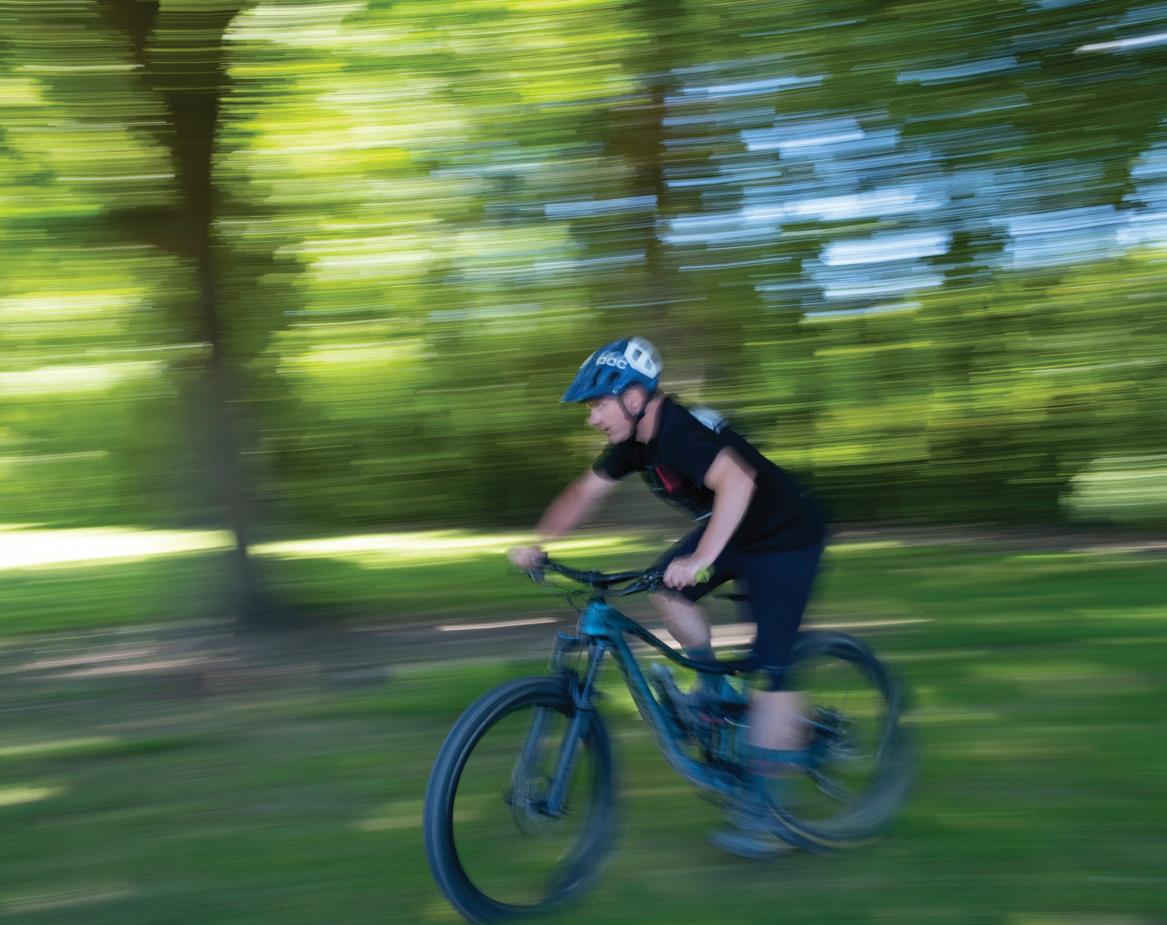
He supports mountain biking in our reserves but with fully separate walking and biking tracks. However, some locals want to ban biking altogether
in the reserves. Says Friends of Tainui Reserve coordinator Jessica Maxwell, “Mixing an unregulated, high-risk, high-speed activity while other passive users are trying to enjoy some peace and quiet in a small urban reserve is a recipe for disaster.” (See BayBuzz online reporting on the issue, 8 September 2022.)
Even at 60 years plus, there’s nothing like a little exhilaration. A few days after my experience of nervously navigating Hastings, I head out again on my bike down Te Mata Road and zoom across the trails “Landscape Ride” on the Tukituki stopbank heading towards Black Bridge.
“For some that route and on from Clive along the foreshore to Napier, is their daily commute,” says Vicki Butterworth when I meet her at the HB Regional Council offices in Napier.
Vicki is the powerhouse behind the HB Trails. She is the first point of contact when something goes wrong, liaises with the Napier and Hastings councils and Ministry of Tourism,
who jointly fund the trails, and she is involved in future planning which will likely soon include connecting Havelock North through to the Wineries Ride using some of the Karamu Stream corridor.
A long time cyclist and once a NZ rep in the world single-speed champs in Durango, Colorado, Vicki e-bikes from her Napier Hill home to work, and is passionate about the benefits to health and well-being of cycling.
The trails undoubtedly contribute economically to our region, but no one can provide any specific local figures. The best is for 2021 from the Ministry of Tourism showing that the 23 Ngā Haerenga Great Rides are contributing $951 million to NZ’s economy while adding $11 million to our well-being, with HB contributing the most to both those figures.
Perhaps the best indication of the HB Trails success is praise in emails to Vicki like this excerpt from Charlie, of E-Bike Riders Social Hawke’s Bay.
“To date in 2022 we have hosted 112 group rides and have involved
“The sport has had bad rap in Hawke’s Bay which I don’t think is fair. Some view us as hoons, but that’s not true. It’s a highly skilled sport and we have people riding at all levels.”
Scott Richardson
164 individual riders. We have ridden over 100,000 kms without any serious incidents which is a testament to the safety of the trails. The majority of our group riders can be classified as elderly 65 to 80. Without the trails they possibly would not be gaining the health benefits from cycling. Our group provides social contact which is important in these times and many friendships have developed as a result of our rides … without the trails we would have no group.”
A few pedals from Vicki’s office, I meet Bradley Minton, one of the directors of FOLKL – a Napier-based research company, which is building expertise on urban traffic movement and active transport (public, biking, walking), in particular, in Napier City.
FOLKL has looked at how students are travelling to certain Napier schools and how routes could be made safer so more bike or walk rather than going to and fro in cars. (According to Waka Kotahi’s latest household travel survey, just 3 percent of the teen group 13-17s

“The majority of our group riders can be classified as elderly 65 to 80. Without the trails they possibly would not be gaining the health benefits from cycling.”
Vicki Butterworth

You are standing proud for your peers and for the future of our region.
and 2 percent of 5 to 12 year olds bike to school. Compare that with 1989/90 when about 19 percent of NZ teenagers aged 13-17 cycled to school, along with 12 percent of children aged 5-12.)
You have started your year of leadership at a time in our history where school life, your learning environment and how you keep connected with friends and teachers has certainly changed from when you began in Year 9. Who would have imagined that mask wearing would basically become part of the uniform, and yet as young people always do, you rise to the challenge, adapt and make the most of technology to also teach us a thing or two!
Bradley is himself a dedicated biker. He rides the trails, mountain-bikes in summer and commutes to work each day (from Napier South to the CBD) moving his two young pre-school children on his cargo e-bike all over Napier City, to kindy and to Granny on Napier Hill. He will even say that he and his wife Ella are “designing their lives to cycle most of the time, rather than drive”. They have two cargo bikes, one electric and their car use has dropped by 75%.
“Biking is now our default mode of transport and the kids love it,” he says. “Even when it was raining the other day, my son preferred the bike for his kindy drop-off.”
A University of Auckland School of Population Health study –urban trips from cars to bicycles: impact on health and emission the effects of shifting 5 percent of all short vehicle-based urban trips to
Electorate office
06 8701 470
Karamu Chambers
With five daughters who, like me have grown up and gone to school here, I am forever learning more by listening to the younger generation’s ideas for a better world, for Climate Change, for wellbeing. I know you will keep making the most of every opportunity ahead now and as you continue on your own journey for lifetime success. Keep flying high.
129 Queen St East Hastings
Anna
anna.lorck@parliament.govt.nz
To keep up to date sign up for my
Photo: supplied“I’moutmeetingwith
“Ella turns back at the end of the cycle lane and goes an alternative route into town that takes longer but is safer.”
Brad Minton
cycling would reduce vehicle travel by approximately 223 million kilometres each year, save about 22 million litres of fuel and reduce transport-related greenhouse gas (GHG) emissions by about 54,000 tonnes. Those GHG reductions are the equivalent of taking 18,000 cars permanently off the road.
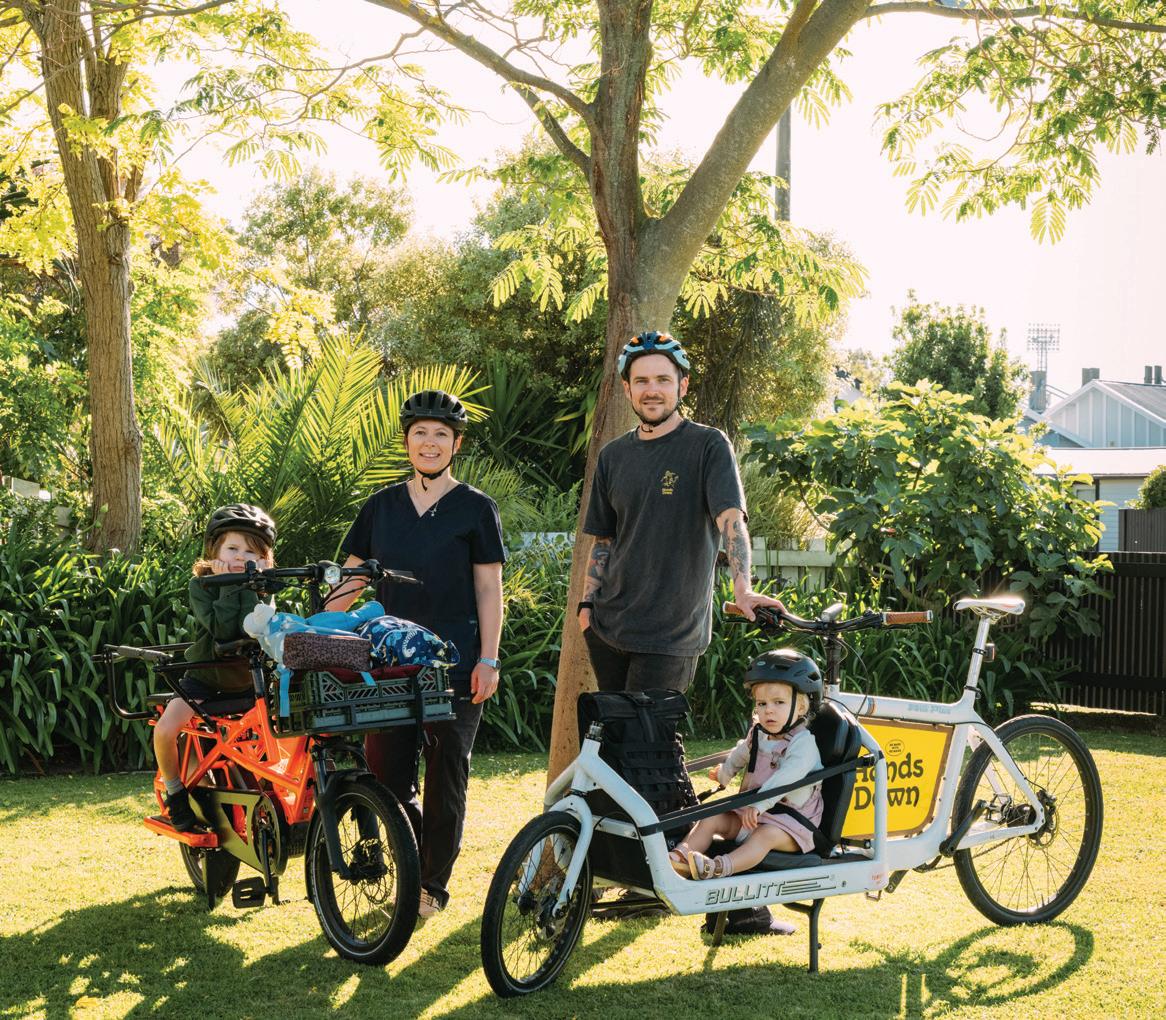
The same study also found that the 5 percent shift to cycling would reduce the health-damaging air pollutants
– carbon monoxide, nitrous oxide (NOx), and particulates (PM10) – by 1,449 tonnes, 161 tonnes, and 12.3 tonnes, respectively.
But just as Maggie Brown says cycling in Hastings is for the “strong and fearless”, so Bradley says the same for Napier. He takes me on a virtual ride, using google street view, along Kennedy Road. We watch how the green cycle lane directs cyclists into town — but all of a sudden Kennedy Road turns into Tennyson Street and the cycle lane just disappears. Cyclists are left riding into two lane traffic and heading into a busy CBD intersection.
“It’s like the message is: ‘We’ve almost got you to Napier CBD but then you have to take your own risks, you’re on your own.’ Ella is totally spooked by this,” says Bradley. “She turns back at
the end of the cycle lane and goes an alternative route into town that takes longer but is safer.”
He suggests both Napier and Hastings need to have connected cycleways that are separated from cars. In October 2021, FOLKL conducted research on Carlyle Street, one of Napier’s most used cyclist commuter routes into the city. A survey found that 61 percent of cyclists “felt somewhat unsafe or very unsafe on Carlyle Street”, 22 percent of cyclists said they actively tried to avoid Carlyle Street.
“There needs to be physical barriers between cyclists and motorists. It might be bollards, pavings, or a low divider.
“If we can build cycling infrastructure that an eight and an 80-year old can use, then everyone in between can use it too.”
But the cost will be car parks. “People
100% local family ownership since 1996, Revolution Bikes were early supporters of iWay and recreational trail development for biking in Hawke’s Bay. Our business independence means total flexibility to select from the best international bike brands from USA & Eurpope to fully support your mountain biking journey, and your stress-free transition to eBiking.
eBikes are the way forward, whether it’s lowering your carbon footprint, riding more laps of the Peak after work, or conquering the hill on your ride home. Our Havelock North bike shop is here to support your journey with regular in-store eBike seminars and a free ebook.
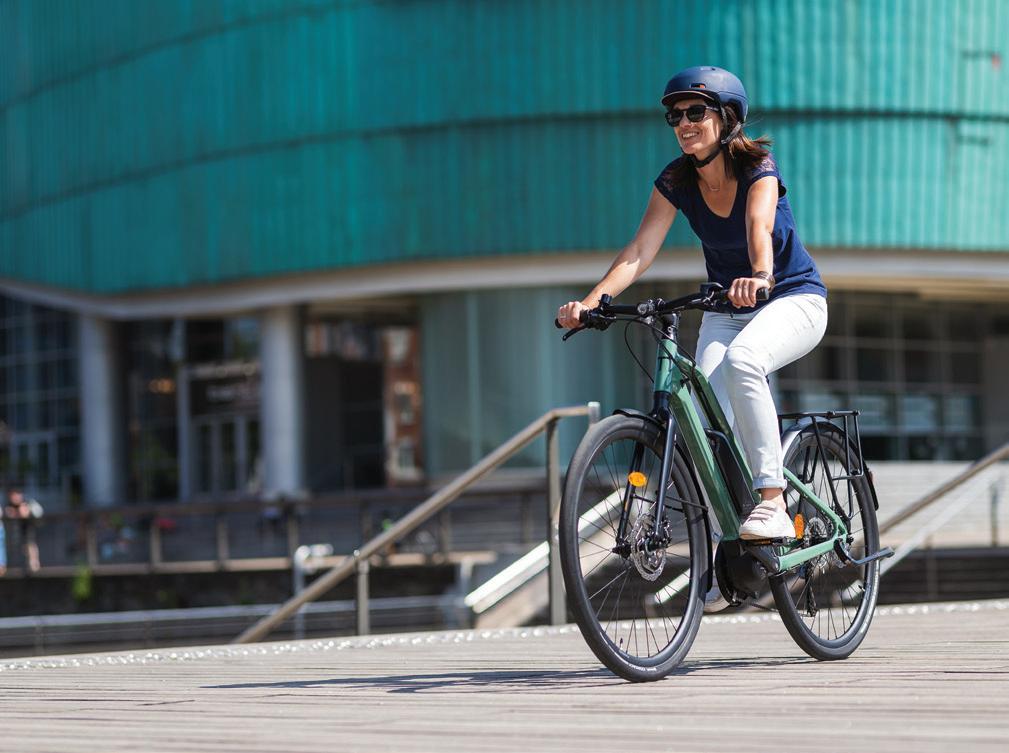

revolutionbikes.co.nz

in HB will have to get used to the fact if we want safe cycling infrastructure we will need to give something up.”
And he is convinced if we’re going to make our HB towns safer for cyclists and pedestrians, we also need to drop speed limits. “That’s the main tool we’ve got. Research shows if a cyclist or pedestrian gets hit by a vehicle at 30 kms per hour they’ve got a 90 percent chance of survival. If they get hit at 50 kms per hour they’ve got a 10 percent chance of survival.” He suggests Kennedy Road and Carlyle Street will be a lot safer for everyone if the speed limit is lowered to 30 kms per hour.
“It will make the environment calmer, quieter and way safer.”
Graeme Taylor, who holds the Sport and Recreation Portfolio on Napier City Council (and is current chair of Sport Hawke’s Bay) agrees the current cycle network in Napier is not good enough.
A cyclist himself and a fourthterm councillor, Taylor is pleased to see Napier councillors, Juliet Greig, Richard McGrath and Maxine Boag ‘walking the talk’ and using cycling or electric bikes to get to some meetings.
“We need to build on that and set up an Active Transport Committee.” (Napier doesn’t have one. Hastings does.)
Taylor says funding has always been an issue and cycling infrastructure often hasn’t been top of mind for local body politicians. Napier City Council recently won one of 13 government-funded Streets for People programmes and is focusing on Carlyle St, in particular the western end to recognise its significance as an island – Pukemokimoki – partly removed during reclamation in the 1870s and completely after the 1931 earthquake.


“That’s good,” says Taylor, “but it’s just a small project. We need more funding and we need a voice so that when new roads or infrastructure changes are designed in HB, all active transport modalities – scooters, skateboards, mobility scooters – as well as bikes are taken into consideration before anything’s built.”
That future voice might well be passionate cycle advocate, HB Regional Councillor Jerf van Beek. Van Beek is a new member on the Regional Transport Committee along with representatives from the region’s four civic councils and transport groups such as the police, AA, Waka Kotahi. They are tasked with preparing a regional transport strategy and programme, and van Beek intends
to keep the voice of cyclists and active transport on the table.

He grew up in Holland where it is harder to use a car than a bike, and he wants to see the same in HB’s towns, and particularly Hastings.
“We make it too easy for cars. We need a strategy to get cars out of the CBDs. Why do we have to park in front of shops?” He spoke out recently against Havelock North wanting more land for carparks and says “we shouldn’t be encouraging more car trips”.
In a powerpoint presentation, “Cycling for a Purpose”, van Beek told HDC councillors: “You will not be remembered for increasing carparking but mark my words, you will be remembered for changing the settings to get people out of cars and using active and public transport.”
Van Beek underlines a frustration I had heard repeatedly about cycling in HB. “Most bikers (local and visitors) get into their cars and drive to the start of the HB Trails,” he says. “That’s ridiculous. It’s not safe to cycle all the way!”
He adds that while you’ll see families on the wide limestone trails all biking together, you won’t see any biking through central Hastings.”
Hastings Mayor Sandra Halzehurst admits her council has a lot of work to do regarding the cycling strategy. “We started with a hiss and a roar but managing through the water crisis and then Covid, we haven’t had the emphasis on cycling and active transport we should have. We have to take a lead here.”
Smart young people like Maggie Brown will hold the mayor to this.
Maggie is an active member of Bike Hawke’s Bay, the region’s biking advocacy organisation and a voice for all people who ride bikes. See www.bikehawkesbay.org.nz
Maggie has a Masters in Urban Planning from Denver, US, and is interested in moves in urban planning overseas to create ‘15-minute neighbourhoods’: “places where you can walk and cycle and get everything you need in 15 minutes.
“Hastings and Napier are already 15-minute cities,” she says. “But we don’t have the cycling infrastructure. “We could be a walking and cycling utopia.”
Editor’s note: Since publication, around $15 million in funding from the Government’s Transport Choices programme has been awarded to HB councils. How beneficial will it be? See our online update: baybuzz.co.nz/transport-choices-for-hb
Only 1% of the water on earth is available to drink –the rest is salt water or frozen.
Makes you think, right?
Wise-up on smart water use, Hawke’s Bay! And do your bit for water conservation.
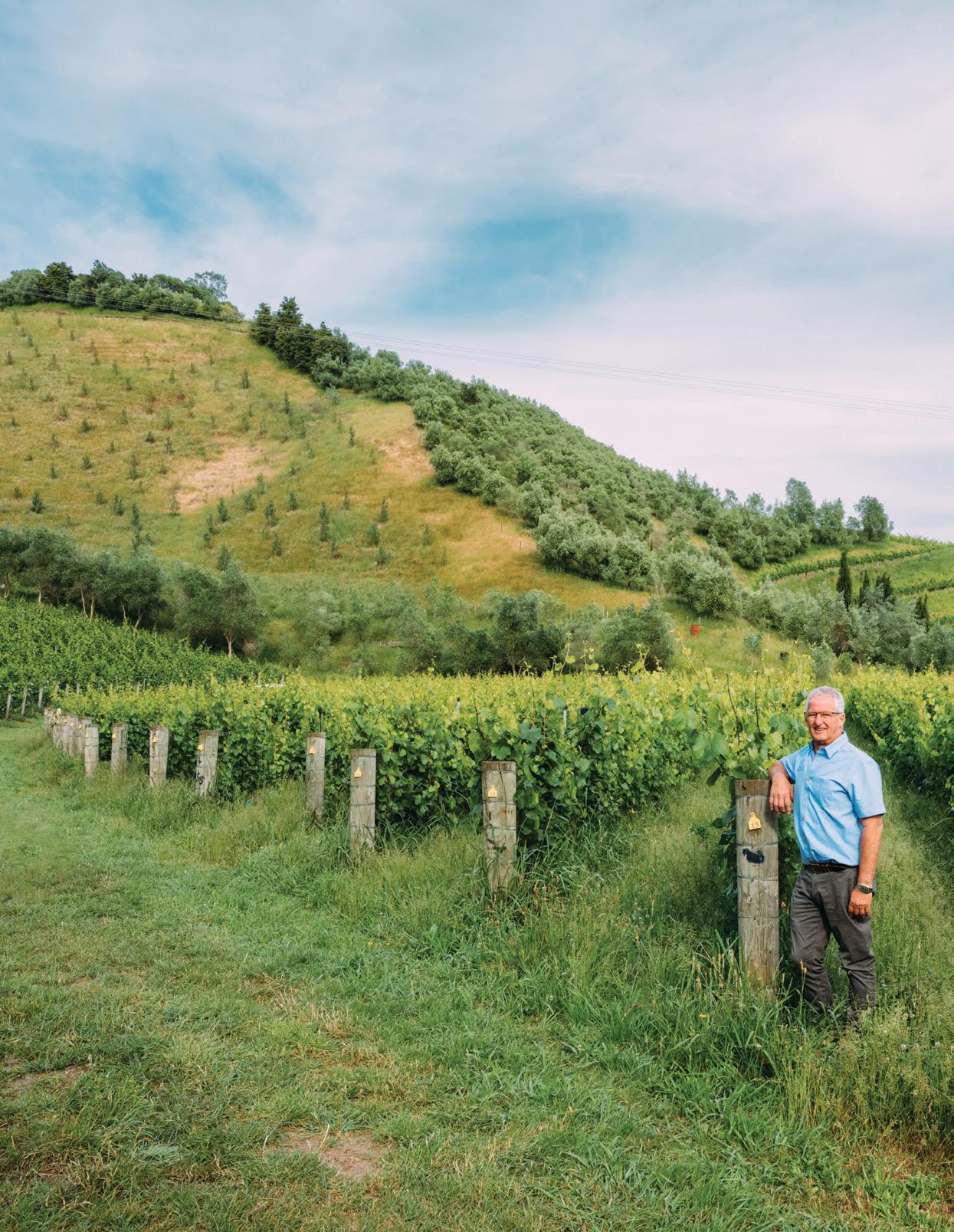 Story by Bonnie Flaws
Photos by Florence Charvin
Story by Bonnie Flaws
Photos by Florence Charvin
Tourism has had a rough few years, and for a region like Hawke’s Bay, home to many tourism operators and hospitality businesses, particularly in the food and wine space, the Covid-era has been an incredibly challenging time.
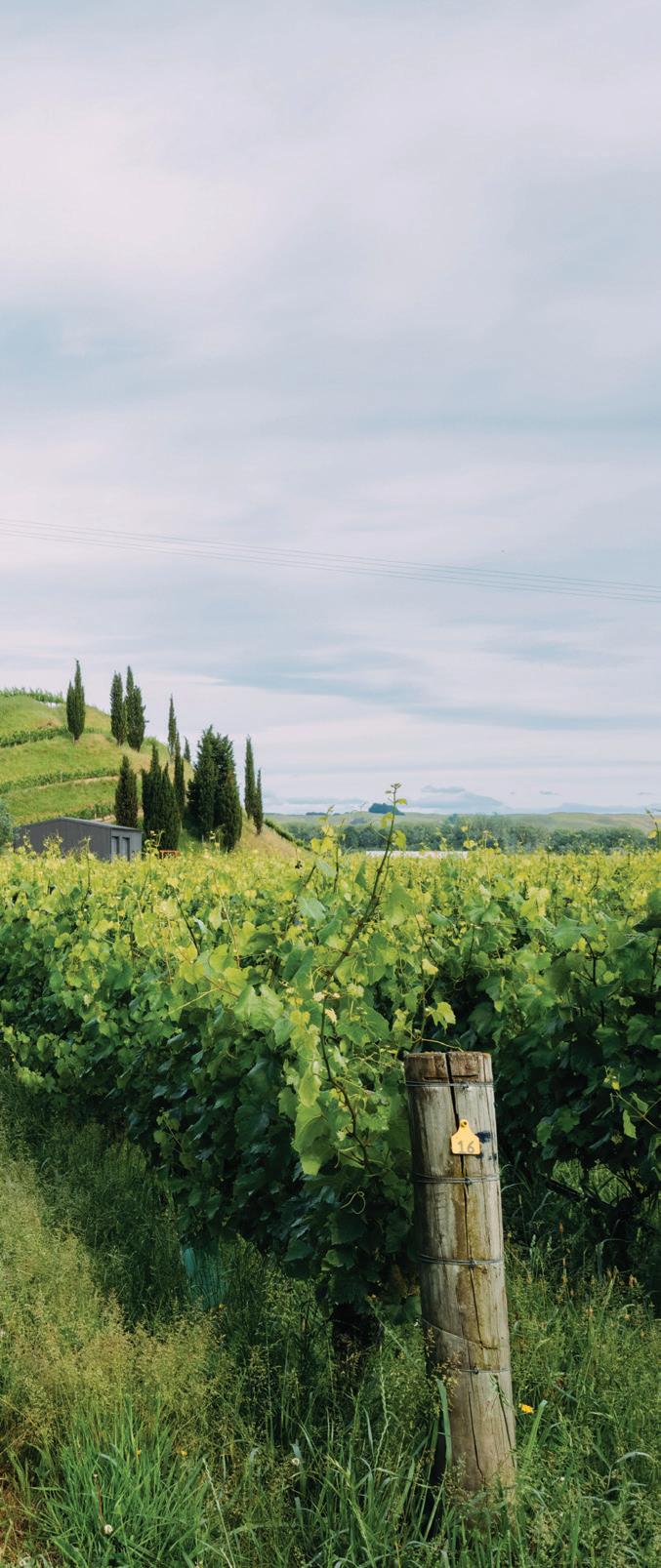
And it’s not like it’s over. We are still hanging around the tail-end of it, and the Government recently announced MIQ could be required again at the border. Thankfully at the time of writing, this is not a reality.
It was only a few months ago, in September, that testing for Covid at the border was dropped. And this is when everything changed for tourism again, according to Tākaro Trails owner Karen Greenslade.
The outfit, which offers a range of cycling tours, including tours to wineries for tastings, had been popular with international travellers. Covid was a real gut-punch in that respect, as international travellers booked through third party agents represented roughly 70% of their business pre-Covid. Like many others around the country, they had to do a complete pivot to the domestic market once the borders closed.
Greenslade said her own confidence in the future of the business had been pretty flat even after the border was opened again.
“Until the Government dropped the testing, international tourism didn’t kick in because people didn’t want to be turned away at the border. Since that happened it’s been really different. There are people coming and we are seeing it big time.”
In fact, the business, which she runs with her husband Rog, has been too busy. She suspects it’s the rush of people who had been booked to come in the Autumn of 2020, and then couldn’t. It appears that they’re now all redeeming their prior bookings, she says.
But while the international travellers are finally back, the last few years gave Karen and Rog the opportunity to rethink the business and learn the skills required to market domestically. And this has been a blessing in disguise. The domestic market will remain a strong pillar of the business going forward.
“Domestic was really strong because there were no options to head overseas and New Zealanders wanted to go places they hadn’t been before, and Hawke’s Bay ticked the box for a lot of people.
“The really strong markets are the Aucklanders and Wellingtonians and to a lesser extent the Bay of Plenty and Waikato. We are seen as the Mediterranean of New Zealand and people came expecting really good wine and food, and good weather. Cycling around the wineries was a big hit,” Greenslade says.
Hamish Prins, chair of the Hawke’s Bay Tourism Industry Association and owner of Prinsy Tours.“We have to watch that we don’t get too expensive and also that we don’t get too complacent. Hawke’s Bay has to be marketed and there has to be funding for marketing.”
Hamish Prins
Hawke’s Bay did exceptionally well from the domestic tourism trade during the period of border closures, travel restrictions and Covid mandates, says Hamish Saxton, chief executive of Hawke’s Bay Tourism (HBT), which markets the region to the rest of New Zealand, particularly Wellington.
“This is because prior to the pandemic nearly 80% of the visitor spend was from the domestic market already. So, when we lost the international market, our domestic market grew and within that we continued to grow our market share.”
Statistics for the financial year ending June 2022 show that the region received 1.7 million domestic visitors, who spent $376 million, based on electronic card transaction data and who stayed an average of 2.6 nights.
Before Covid, marketing, which comes from Hawke’s Bay Regional Council funding and membership fees from around 200 organisations, was focussed on the Wellington region due to its proximity and also suitability for the Wellington consumer, he says.
“That was a smart move because that was the market we saw an increase in. Wellington will continue to be a focus, as will those other regions that are within a reasonable four-hour drive or so. Auckland remains a market of interest, with the desire to rebuild to full capacity with expansion of our air services.”
The spend from Wellington visitors for the year ending June 2022 was about $10 million more than for the year ending June 2019 (the most comparable year given the 2020/21 lockdowns and restrictions).
The Baycation campaign which Hawke’s Bay Tourism ran through Covid times, appears to have solidified this market too, again trading on that equivalence to wine and cycling regions abroad, Saxton says.

HBT’s post-Covid marketing received a significant boost from government funding. Hawke’s Bay received $700,000 from the Ministry of Business, Innovation and Employment via its Strategic Tourism Assets Protection Programme in 2020/21, and the following year successfully applied for $1 million from its Tourism Communities: Support, Recovery and Re-Set Plan.
Hamish Prins, chair of the Hawke’s Bay Tourism Industry Association and owner of Prinsy Tours, which runs transfers to high-end lodges and wine tours, says the Baycation campaign was a wise use of resources.
“That was absolutely amazing. It goes to show that if we throw a bit of money at it, it has a massive return for the whole region. Hawke’s Bay would have done better than other regions because of that. Without Hamish Saxton and the team doing that we would have had a very different ball game on our hands.”
There is still quite a significant constraint on the industry, due to low staffing levels, however.
For example, this season he’s booked to do wine tours for just 21 of the 80-odd cruise ships hitting Napier Port, because that is the most he can accommodate while keeping the service to a high standard. In the past he would have worked with many more, he says.
Prins says every winery and accommodation business has a shortage of staff and cleaners, and this is holding the sector back somewhat. People were
“Until the Government dropped the testing, international tourism didn’t kick in because people didn’t want to be turned away at the border. Since that happened it’s been really different. There are people coming and we are seeing it big time.”
Karen Greenslade
“This is because prior to the pandemic nearly 80% of the visitor spend was from the domestic market already. So, when we lost the international market, our domestic market grew and within that we continued to grow our market share.”
Hamish Saxtonforced to leave the industry due to Covid restrictions, and many had simply chosen not to come back. Adding to the problem is the fact that many of the Airbnbs around the Bay have been mopped up as emergency housing, he says.
Kim Thorp, who runs Black Barn winery and accommodation, and who was recently awarded Hawke’s Bay’s food and wine ‘legend’ status at F.A.W.C., said the shortage was no small thing.
“The key thing for hospo, and the whole industry really, is staff. It’s really really difficult. A number of restaurants are still choosing to be closed certain days a week, not because they don’t have customers, but because they can’t find staff.”
This is having knock on effects for the likes of Tākaro Trails, which can’t run winery cycle tours on Tuesdays as a result and this looks like it will be the case for the whole of summer.
Both Greenslade and Thorp say the new wave of staff will probably come when backpackers return in good numbers.
“Restaurants around the country were all full of young people from Europe. They were really well trained in the role. That’s missing at the moment,” Thorp says.
Despite this quite major obstacle to hitting the sector’s pre-Covid stride again, Thorp says there is a cautious optimism in the air, with the prospect of the first ‘normal’ summer for many years.
“From an accommodation point of view, ours is really steady and full over the coming months, predominantly domestic visits.”
He’s also noticed that anecdotally, people are making longer bookings, rather than just the usual two-night, fly in-fly out stay. Now bookings are often between three and seven days.
But while there will be more people travelling again it’s also more expensive. Thorp says we are going to see higher prices in restaurants, in accommodation and generally across the board.
“That’s the reality that’s hitting us now. I think some of the budget accommodation might be stung a bit as the cost-of-living bites.”
Saxton said despite rising costs, the current exchange rate makes New Zealand affordable for international visitors and even at home there would still be many people to whom tourism and travel remains very affordable.
Prins says prices are something that operators need to keep in mind because as lovely as the Bay is, there are plenty of other options out there for travellers.
“We have to watch that we don’t get too expensive and also that we don’t get too complacent. Hawke’s Bay has to be marketed and there has to be funding for marketing,” he says. But that doesn’t mean lowering margins, which would make businesses unsustainable
AN INSIDER’S GUIDE TO DENTISTRY WITH WYNTON PERROTT

Dental implants have been around for a long time in dentistry. Today, they are still considered an optimal option for replacement of missing teeth.
THE REAL DENTAL BENEFITS OF IMPLANTS ARE:
• Looks and feels like a real tooth
• Very stable, can be used for chewing just like a real tooth
• Long term solution
• Conservative treatment as adjacent teeth are not altered
• Can be used for single tooth or multiple tooth replacement
An initial assessment is needed with your dental professional. This will ensure that you have adequate bone support to have a dental implant.
The dental implant can then be placed under local anaesthetic and not long after, you will have a natural looking tooth in your smile.
92 Te Mata Road, Havelock North
“The key thing for hospo, and the whole industry really, is staff. It’s really really difficult. A number of restaurants are still choosing to be closed certain days a week, not because they don’t have customers, but because they can’t find staff.”
over the longer term. “I wouldn’t go over inflation. Don’t try and cream it, be practical,” he says.
At present, Saxton says, forward bookings in the region are looking really positive for the businesses he works with. But the major yard stick used by Hawke’s Bay Tourism to evaluate the state of play is visitor spend, measured through tourist electronic card transactions, he says. And visitors aren’t just tourists, they could be just about anyone coming to town for any reason.
“Those visitors may be friends or family, they may be here for leisure, they may be here for an event, they may be here for a business event. There are myriad reasons to go somewhere and spend on accommodation and hospitality, transportation, activities, fuel and things related to a visit. So, the optimism is good.”
In fact, visitor spend in Hawke’s Bay as a total was
at its highest ever level for the July 2020 to June 2021 period, Saxton says.
Greenslade said overall business was looking good, but added that major investment was needed on some of the Hawke’s Bay bike trails to future proof the region’s cycle tourism – for example, to avoid tourists staying in Havelock North having to cycle through the centre of Hastings to reach the wineries in Bridge Pa.
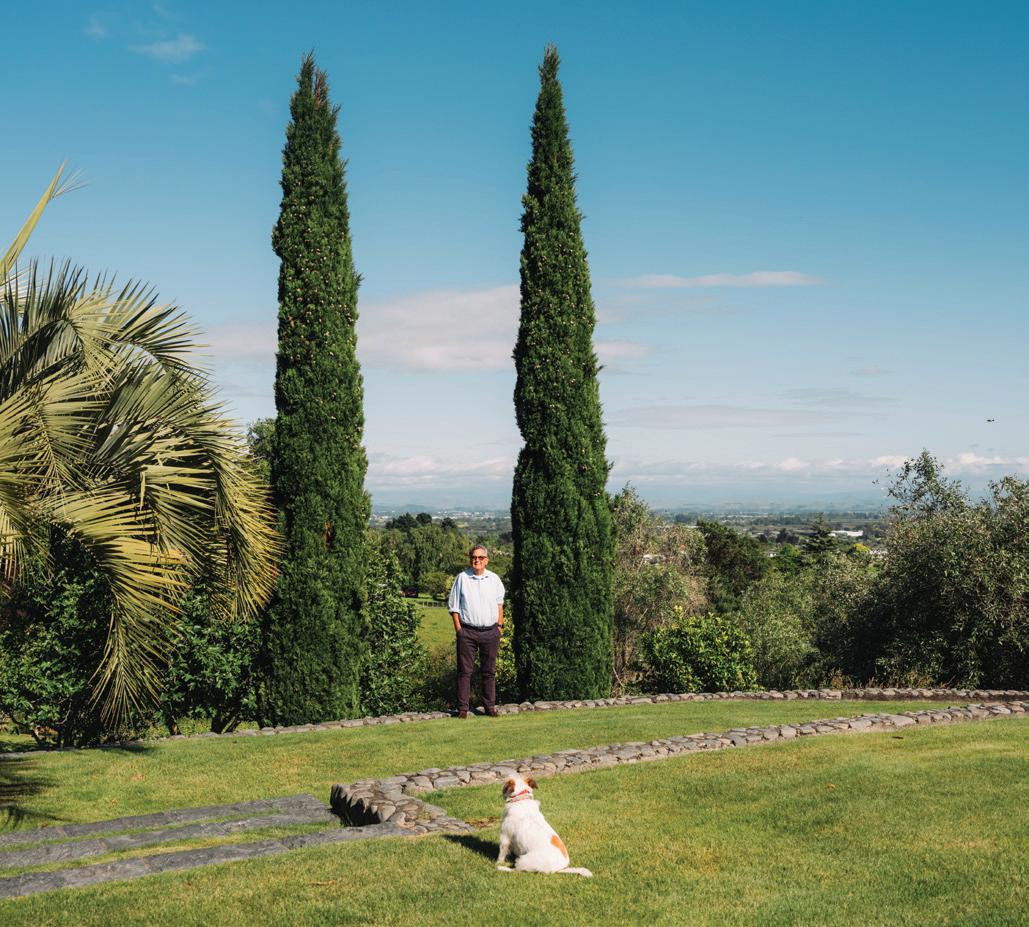
“We have got the online presence that we need to keep going with the domestic market. Whether they are going to continue to do local travel or start going overseas again, we’ll have to see.”
She says keeping nimble, flexible and having an open mindset is key.
Prins is optimistic that tourism is bouncing back, and revenue is growing again. If summer bookings continue the way they are, he thinks his business may reach 70% of the revenue it used to make preCovid. But there is an odd feeling that he is starting out from scratch again.
“It feels like it’s February and we are starting up as a new business because we don’t have our full staff, all your rates have to be looked at, health and safety has to be looked at, and so we are all starting off like a new business – and there are expenses with that.
“We have to keep growing and our concern is what happens if we take the foot off the pedal, where it could end up after this big wave has come. We are hoping it’s a continuous gentle wave,” he says.
Above: Kim Thorp, owner of Black Barn winery and accommodation.Kim Thorp
Or unsafe, ‘Ride-Where-You-Like’ mountain bike playground?
Hastings District Council’s divisive Draft Reserve Management Plan for Tainui Reserve proposes more unmonitored mountain bike tracks in the popular urban reserve. If approved, the ‘Jewel in the Crown’ of the Havelock North reserves would become a permanent, unsafe, unregulated, mountain bike park. This poses dangers for all other users and is disastrous for the reserve itself.
Dangers of mixing mountain bikers and walkers are obvious:
• Uncontrollable, risk-taking mountain bikers, riding all over the reserve endanger other users.
• Council has no means, nor intention of controlling the mountain bikers.
• Mountain bikers damage and disrespect the culturally important Hikanui Pā, ignoring unenforceable signage to stay off it.
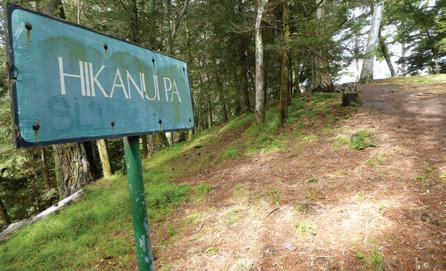
• Many walkers feel unsafe and have stopped visiting the previously peaceful reserve.
Council has ignored Health and Safety risks:
• Council rejected multiple requests and a petition from Friends of Tainui Reserve to obtain a comprehensive Health and Safety Report. Petitioners believe an independent report would recommend that the high-risk activity be abandoned.
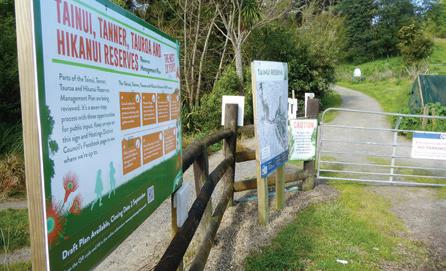
• Council refused to obtain a legal opinion on the lawfulness of the Draft Plan.

• Council cannot meet its legal obligations to protect the Hikanui Pā.
Friends of Tainui Reserve members believe they are on the right side of history in their determination that Tainui Reserve should be a safe, cycle-free sanctuary for all visitors.
The 5 ‘R’s for Council:
• Reject this recklessly irresponsible, culturally incompetent plan.
• Respect the Hikanui Pā.
• Realise that mountain biking in Tainui is a failed experiment.
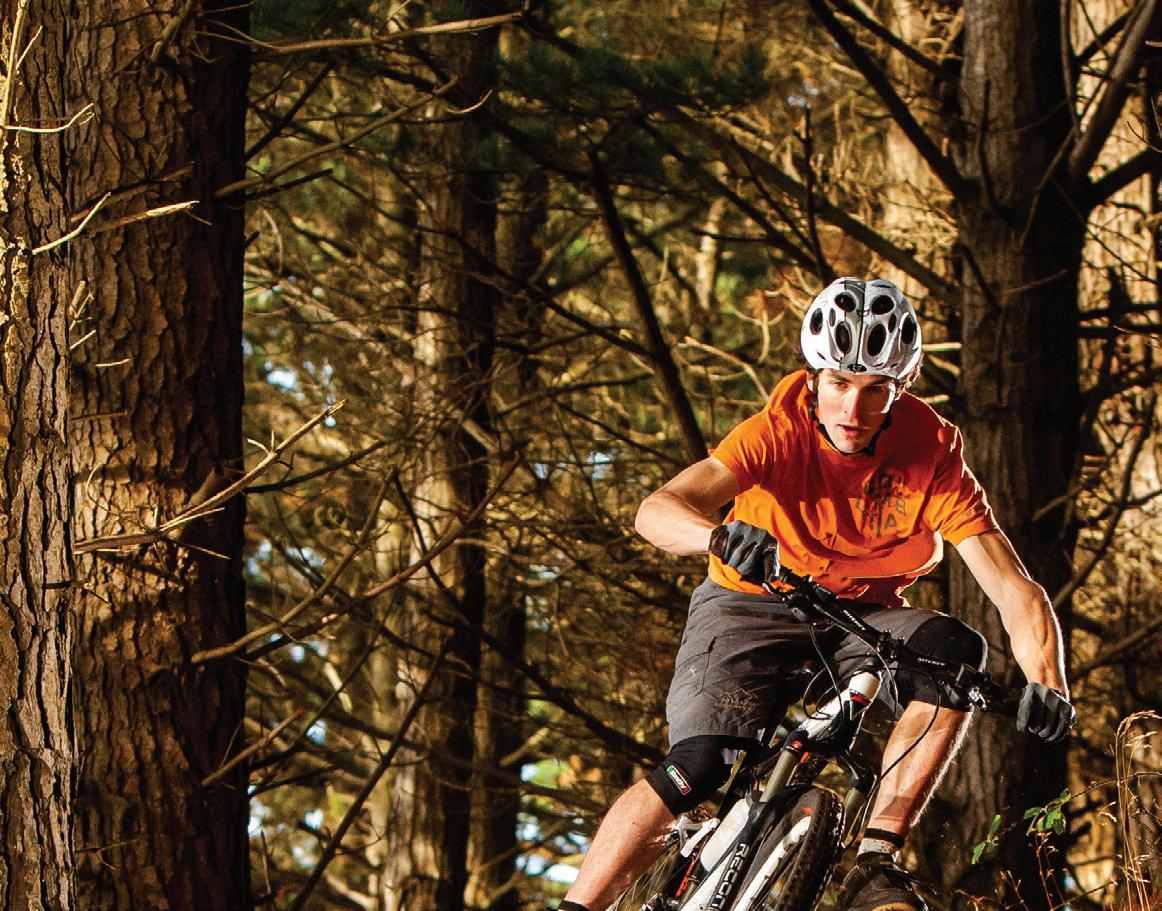
• Remove the existing track.
• Re-set the management of the reserve to cycle-free.
The Ombudsman is investigating.
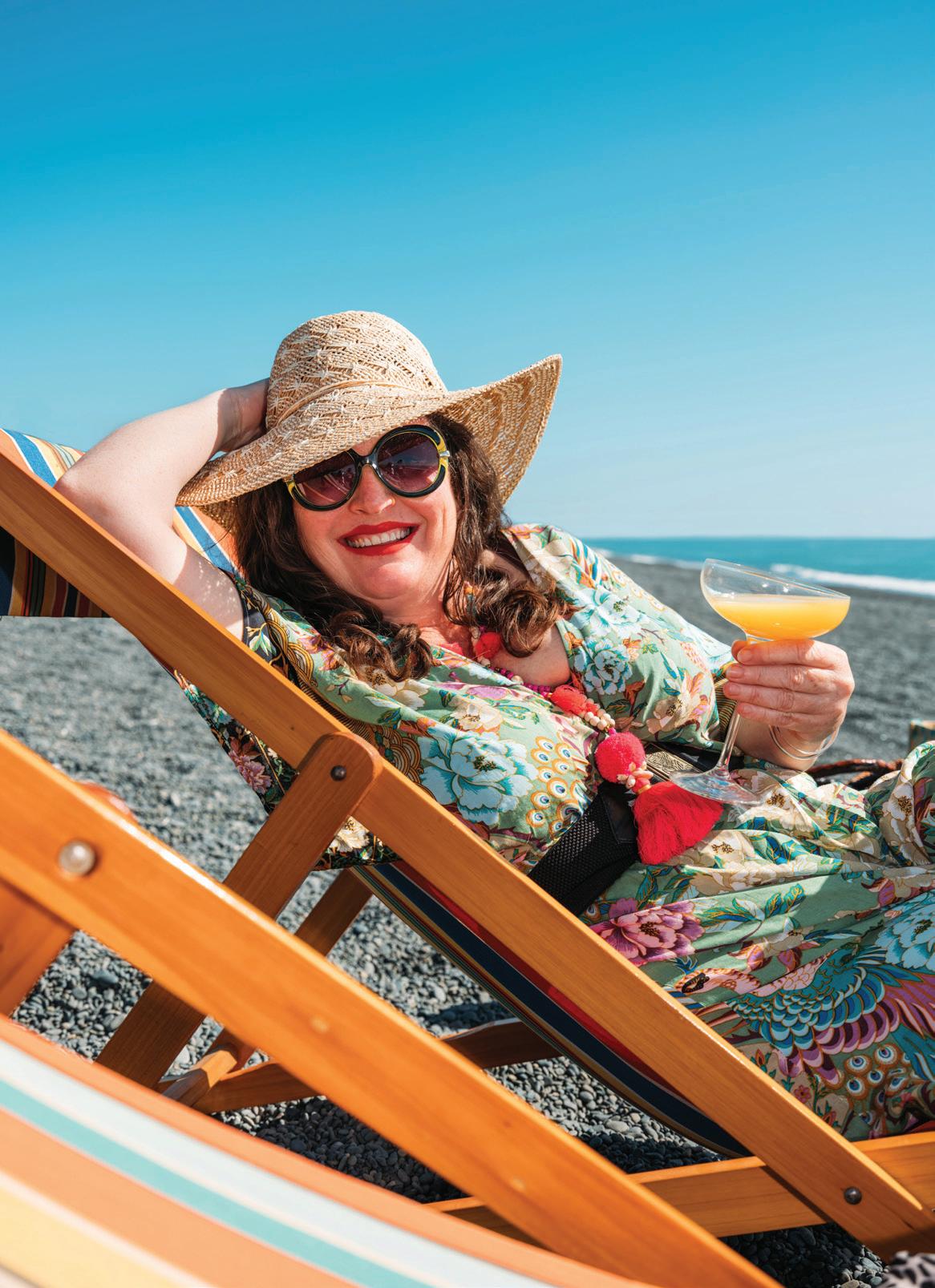 Story by Jessica Barron
Story by Jessica Barron
As I was jetting my way back from a luxury wellness retreat in a delightfully rustic – but ridiculously expensive – secret location, I was musing the movements of those below me: Where do the great unwashed, the rank-and-file and the common people go on their holidays, while we rich listers are inhaling caviar at The Farm?
Most of them will be too busy to think about it, working 50 hours a week labouring at humdrum tasks for minimum wage. So, I have done the thinking for them: indulgent yet affordable ways to satisfy Cristal tastes on a Long White budget.
While in Hawke’s Bay, the Top 1% spend their down-time doing six things: Golfing, Fishing, Touring, Shopping, Wining ‘n’ Dining and Lounging about. Leisure of the lumpenproletariat should follow a similar formula, so pack your knock-off Dior duffle, we’re away!
Hawke’s Bay is famous for its golf courses. Megamillionaires flock to tee off with some of the most exclusive views just where my Big Bertha knocks my Dixon Fire eco-friendly golf ball ($125 per dozen) into the rough. But green fees can be up-there and who has time or energy to play a full 18 without a caddy or a cart! Plus, you need Ralph Lauren plus-fours to really swing into action and they come at a pretty-penny! Instead, hold a golf tour of another sort. Starting at Marine Parade MiniGolf, swing, chip and putt your way around the Bay. From Napier, head to Hastings Golf Centre by way of Golflands on Karamu. With a convoy of cronies in tow, a mini-golf tour will let you take in the sights, get physical, have some jolly japes, and unleash the secret Tiger inside you! A cheap trophy from the $2 Shop can really up the ante. Whoever wins, shouts. The official 19th hole clubrooms of the miniputt fraternity is Bare Knuckle BBQ on Pakowhai Road.
Guided flyfishing is big business here with big-wigs helicoptering into the wop-wops to hook a trout. There’s just as much fun to be had for a fraction of the price taking the ute out to the Clive rivermouth for a spot of surfcasting. An even cheaper option –and this is a fun one for the littlies – is to get a sprat catcher from Hunting & Fishing and chuck it off the wharf in Ahuriri.
Chances are the sprogs’ll have had enough by ten and you’ll be sipping a latte at Crazy Good in no-time. Catching a few minnows might not be as much of a challenge as reeling in a lunker but if you take the photo close up no one on the Gram will notice the difference.
Or skip the fuss, hook some fish ‘n’ chips from the award-winning Pirimai Chippie and regale your friends with fishy stories on the seawall at Perfume Point.
Photo by Florence CharvinPools are a must when it comes to indulgence. Don’t have a pool? Find a friend with one and park up at their place. If they’re loaded they won’t even notice your lot tucked behind the pavilion.
One of the things money can buy is a view. But priceless views are accessible to all if you know where to go and when. Whirinaki at sunrise is worth the schlep and Te Mata at sunset delivers the goods when it comes to highvalue vistas. There are so many places worth the drive, that whichever way you head, within an hour you’ll be in a place that takes your breath away.
Before you set out, do your research. Online, the BayBuzz series ‘HB Walkabout’ is a mine of info about where to go and what to look out for. If you come across the wonderful book by Sheila Cunningham, Hawke’s Bay for the Happy Wanderer, buy it without hesitation. It’s forty years old but with hand drawn maps and delightful descriptions it adds an extra layer of interest to adventuring, like having a seasoned cicerone along for the ride.
Just as much fun is leaving the vehicle at home and setting off on foot to ramble with the rabble starting at the front door of your humble abode. ‘Wandering’ is all the rage with urbanauts around the world. Silence the phone, pack a knapsack, take a notebook and head off.
There are a number of pseudo-intelligentsia movements including dérive (from the French for ‘drift’), psychogeography, and the Wander Society if you want to Wikipedia. Really, it’s mooching about on an unplanned journey while you’re fully focused on what you are noticing and the effects it is having on your emotions. Guy-Ernest Debord, Marxist Theorist, who recommended its benefits, encouraged people to “let themselves be drawn by the attractions of the terrain and the encounters they find there”.
It’s all very deep and meaningful but it does help get your steps in and give
you some good ol’ fashioned fresh air. It’s also a great way to clear your head; the poor have so many things clogging up their meagre brains. As my private Classics tutor Dr Michaux used to say “Solvitur Ambulando!”.
If you’re up for a bit more action and a little less navel gazing, geocaching is a way to tour the Bay and get to know your backyard. You’ll need to download an app – don’t panic, it’s free – and take some tiny geegaws with you to replenish the cache when you find it. With a combination of the ‘Geocaching’ app and the GPS on your phone (or download the ‘Waze’ app) you can explore parks, bush or river banks looking for small containers that have been hidden all over the place by ordinary folk like you. There are over 2 million caches around the world and plenty to seek out in NZ.
While you’re exploring the Bay’s by-ways, look out for the Pick-YourOwn. Tycoons only eat handpicked and polished White Jewel strawbs shipped in from Tokyo at $USD10 each. But you’ll love the feeling of plucking your own juicy berries from Strawberry Patch in Havelock or Ruby Glen and U-Pick, both in Meeanee, then carting them home to the ‘burbs for daiquiris on the deck with your favourite plebs.
Art is often seen as the domain of the elite, but there’s plenty of arts experiences you can have for next-to-nothing. Galleries are free to enter and there are oodles of them. Buy a postcard if you’re feeling flush! Look out for ‘floor talks’ by artists or curators where they give a deep-dive of particular shows. This is how we aficionados get the inside steer on what’s worth blowing a cool million on!
Many artists have open studios and there are plenty of small dealer galleries around and about. My personal go-tos are Rabbit Room and Tennyson Gallery both in Napier, Paper-Works in Te Awanga and Ākina in Hastings. The hawkesbayartguide.co.nz website has all the info or you can pick up a hardcopy from the CAN in Napier and Arts Inc in Hastings.
Now-and-again the Hastings City Art Gallery runs walking tours, but it’s just as much fun to meander around a city
musing artists’ inspiration and execution. A walking tour of murals and public art is well worth the investment in time. Plus, actually buying art is a pastime for people with over 500 square metres of house. The walls in your hovel are far too small for a Poppelwell original.
Glamping is all the rage. Even at music festivals there’s sites set aside for affluent vagabonds, a field of lotus bells with plenty of flags and fairy lights, posh nosh and boujee booze. For the hoi-polloi, glamping means filling the chilly bin, hooking up the Campomatic and trekking off to Haumoana Domain. Take your bunting and your festoon lighting with you. Expire in a sunlounger, slap on the clout goggles, mix yourself an aperol spritz and flick through Vanity Fair.
Pools are a must when it comes to indulgence. Don’t have a pool? Find a friend with one and park up at their place. If they’re loaded they won’t even notice your lot tucked behind the pavilion.
If you are sans camper or caravan, Kennedy Park in Napier, the Top Ten in Hastings, the Riverside in Wairoa and, down in CHB, the Waipukurau Holiday Camp all have chalets that are practically carbon copies of the gîte I rented in Provence last July. Rumour has it Clive Hideaway is opening new cabins this summer (and you know how I love Clive).
Whichever way you’re heading, the mission is to get out of town. From there, it doesn’t matter how far you go. Might be just a twenty minute commute from your front door, but it’s a world away in terms of care and commitments. Load up with treats, turn off the wi-fi, toss in swingball and a frisbee, and it’s Hi-De-Hi holiday.
Shopping of any kind is a popular pastime for the upper middle-classes, and the upper upper-classes. Specific away-day purchases often include art and accessories. Both can act as lasting reminders of a trip or a treat or a travelling companion.
The masses, with three-digit caps on their credit cards, can get their retail kicks in a similar way. Op shops you don’t regularly frequent feel like
treasure troves when your mission is to find a gem to act as a memento. Pins
and postcards from the provinces are real finds: Wairoa Pigeon Fanciers or Waipawa Bowls Club badges, 1960s postcards of Hastings Clock Tower, a pin from the Rissington Country Women’s Institute. My picks are Napier Antique and Jewellery Centre, the Cranford in Hastings, the whole shopping strip of main street Waipawa and that place behind the Wairoa New World that looks like my dead uncle’s mancave.
But it doesn’t have to be second-hand. A Six-Sisters tea towel makes a cheap and cheerful statement piece in the right frame.
Thrifting is always a favourite with the riffraff. To make a day of it, throw in a challenge to the troops: $20 to buy an outfit for a night out … then actually wear that outfit out that night!
A popular destination with travellers elsewhere is the megamall … but there isn’t one in the Bay. The next best thing is to visit K-Mart at 11pm. Wandering the aisles aimlessly is soothing and the people-watching opportunities are knock-out. And you’ll be so tired, that the bewildered and slightly buzzed feeling the culture shock gives you will kick in and you’ll feel like you’ve just flown into an airport mall in some exotic locale.
Seeking out restaurants with ‘Three Hats’ or Michellin stars is a staple for the natty A-list, hungry for yet another way to eat organic chicken or fair-trade quinoa.
But summer calls for casual and hands-on fare, eating alfresco, family-style … burning your own bangers on the barbie. Proletariats want a main course that goes with beer.
Eating a meal a friend has made is always an option. Indulge your lazy side and invite yourself to dinner. Pretend your mate’s your private chef. Just remember, don’t click your fingers and crow “Garçon!” or you may not be invited back.
Best of both worlds is running a progressive meal with a bunch of friends where the whole lot of you move between courses. The trick for those charged with dessert and aperitif is to prep before setting off for the entree. Otherwise, you’ll be all so squiffy you’ll be lucky to serve up a scoop of tiptop. Once when I was slumming it, we did such a progressive meal by bicycle. The upside was we burned as many calories as we ingested. The downside was we had to ditch the bikes in a bush after the fish dish and zigzag to the main thanks to a tad too much prosecco granita in the intermezzo.
It’s fun to add a theme. ‘TV Dinners’ screams lower classes. It’s such fun to serve your pals mac’n’cheese from tinfoil trays, with a beaker of chateau cardboard run through the sodastream.
La jeunesse dorée enjoy flitting

between wineries downing bottles from Yvonne Lorkin’s must-drink list. Wageslaves can have just as much fun weaving around Gimblett Gravels sipping samples. For under a tenner you can have a decent slurp or two at the cellar
door, pretending you’re going to buy a case through the website as soon as you get back to your Black Barn retreat.
Many of the Bay’s wineries, cideries and breweries hold summer/Sunday Chill-out Sessions. Abbey Cellars, Te Awanga Estate and Peak House come to mind. These are just as much fun as big ticket gigs at the Mission. Pack a picnic, find some friends, buy yourself a glow stick for after-dark. Head out to your favourite winery to lie on the lawn and soak up the sounds of live music. Or just decamp to the local park with a carefully curated Spotify playlist. The parks with the splash pads are best, that way the kids can make their own fun.
A more solitary, but just as satisfying, way to get that luxurious feeling is to clean the house from top to bottom, put something delicious in the crock pot (and something even more delicious in the fridge), stock up on crackers, cheese and a box of Roses. Farm out the children, then go out for the day. Come home when it’s dark. Pretend you’re returning to a luxury lodge miles from anywhere. Run a bath. Read a book. Dump the social feed and invite a friend over for an uninterrupted natter. Now that’s an indulgence money can’t buy!
To
www.tnphb.co.nz

Pretend your mate’s your private chef. Just remember, don’t click your fingers and crow “Garçon!” or you may not be invited back.
In death as in life we can express ourselves authentically. Tong & Peryer’s family care team are there to support you in whatever form of care you choose to honour the person who has died and to respect the needs of the living.
honour. To remember. To heal.
With Covid-19 restrictions lifted, lockdowns firmly in the rear view, and life (largely) back to normal, we asked local health experts for their advice on building good daily habits for your body that will help you thrive in the new year.
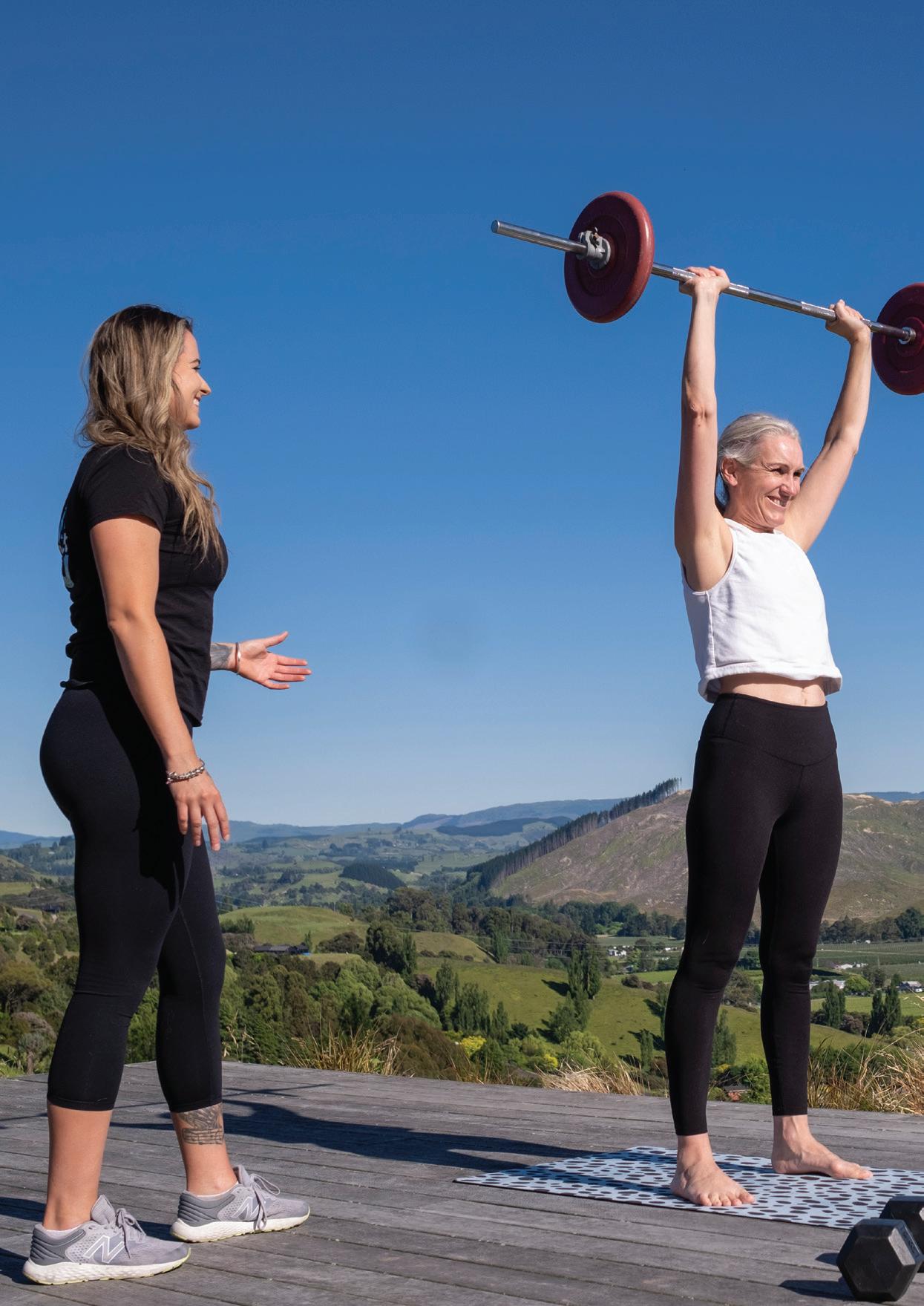
The pandemic has taken its toll on us all. As well as suffering the effects of the virus, lockdowns, social distancing, and separation from family and friends have impacted people’s emotional and physical wellbeing. Reduced physical activity and changed eating habits became the norm for many over the past two years, leading to diminished physical health.
With this in mind, registered dietitian, Diane Stride, and personal trainer, Lauren Kent, offer some simple, practical ways you can take back control of your wellbeing by making small changes that will have a significant impact. And two locals share their journeys back to better health after several challenges.

1. Eat regularly. Aim for three meals and two snacks a day. The body likes it if you’re eating regularly but also having breaks in between. This gives you the opportunity to include a wide range of foods in your diet that will provide the vitamins and minerals it needs to function. Having breaks between eating gives your body a chance to begin the digestion process.
2. Keep it simple. A lot of people put too much pressure on themselves, thinking they need to cook for hours and create elaborate meals, which simply isn’t necessary, says Stride. You can prepare a nutritious meal in 20 minutes or less.
3. Eat the rainbow. Different coloured foods provide different benefits, so aim for variety in your diet. “If we think of the rainbow and the colours and fruits and vegetables, they’re all providing some of those different vitamins and minerals.” Look at ways to get additional foods into your meals, for example add lentils to a beef bolognese to up the fibre content.
4. Don’t be afraid of flavour. You don’t have to steam everything! The more flavour there is in a meal, the more fullness and satisfaction you’ll feel, so you’re less likely to reach for that packet of biscuits in half an hour. The bottom line is, you can’t trick your body into thinking it’s content with a plate of tasteless vegetables. “My gut has the ability to know if I’m eating foods that satisfy me,” says Stride.
Since the start of the pandemic, Hastings-based Stride has seen an increase in clients struggling with the effects of long Covid, stress and disordered eating, all of which have taken a toll on their general health.
Working one-on-one with clients, her main focus is to help people restore their relationship with food. Good nutrition is one of the keys to achieving optimum health and it’s very much within our control, says Stride. “Nutrition plays a role in every aspect of our body. If I’m not having the full range of nutrients that I need then I’m missing out on key functions.” Think immune system, brain health, nerve function, hormone production, gut bacteria, among a raft of others.
For some, the pandemic had a positive impact on food choices. With fast food options unavailable and people working from home, fresh food and home cooked meals increased in some households. For others it had a negative effect on dietary choices. When you’re not getting the right nutrition on board, the list of symptoms is “endless”, says Stride. Early signs however, are low energy and difficulty concentrating.
There are some simple steps we can take to start rebuilding our overall wellbeing.

5. Proteins, carbs, and fats .Try to incorporate each of these elements into every meal. They all have an important role to play in our nutrition. Planning ahead helps to ensure you always have nutritious food on hand, so your glucose levels don’t drop, causing you to reach for convenience foods.
It’s a term Stride doesn’t use – “what does it actually mean?” For some people the pandemic caused unwanted weight gain, which can lead to an unhealthy approach to food, says Stride. Again and again, she’s seen clients stuck in a pattern of yoyo dieting because they place restrictions on themselves.
Weight is a complex issue and can be the result of numerous factors, specific to that person. Rules around food are unnecessary and dangerous, as they lead to a disconnection with our bodies and can trigger eating disorders, says Stride. “Rules are a very external thing and eating is a very internal, personal thing. It should be something we actually enjoy.”
Stride advocates taking the focus off weight loss and instead turning it towards adding nutrition. “If we focus on the details, we forget about the big picture.” Through taking small steps to change our attitude and behaviour around eating, we can reconnect with our bodies and improve our wellbeing. “All food has a place.”
LEFT: Personal trainer, Lauren Kent, with Kelly Davis. Photo: Florence CharvinBridget McClure knew something had to change when it came to her nutrition, but like many of us, she felt lost amid a sea of options and advice about eating. The 38-year-old Hastings woman was grateful to have kept her job in the shipping container industry through the pandemic. But as an essential worker she was putting in 12-hour days for months on end. “It was pretty manic for a long time.” Adding to this was the stress of settling on a new home on the first day of lockdown.
Understandably, McClure’s nutrition and exercise levels took a nosedive as a result. “I wasn’t eating properly at all – just going and grabbing convenience food. And I didn’t go outside because I didn’t want to catch the virus,” she says. McClure also suffered from food intolerances for years and as a result she’d stopped eating many foods from fear she would react to them.
Once work and the impact of the virus subsided, McClure decided to take action. After speaking to her GP about her concerns she made an appointment with Diane Stride. Her goals were to gain more education and support around food management. “The last few years have just been ridiculous and work was definitely taking up way too much of my time and headspace … I wasn’t focusing on me and I was feeling so tired and so I wanted to stop, refresh and get some help.”
Through a gentle process of elimination and Diane’s support, they were able to work out what McClure’s issues were. She discovered she is intolerant to garlic powder, fresh onion, white bread and lactose – fewer foods than she originally thought. Now that she has clarity around which foods to avoid, intense stomach pains and cramps after eating are a thing of the past.
The process has been refreshing and enlightening, says McClure, as it has given her the freedom and confidence to enjoy a more varied diet and to try new recipes. Her meals are also more nutritious as McClure feels empowered to make informed choices about how she fuels her body. “Food is fun, enjoyable and a priority.”
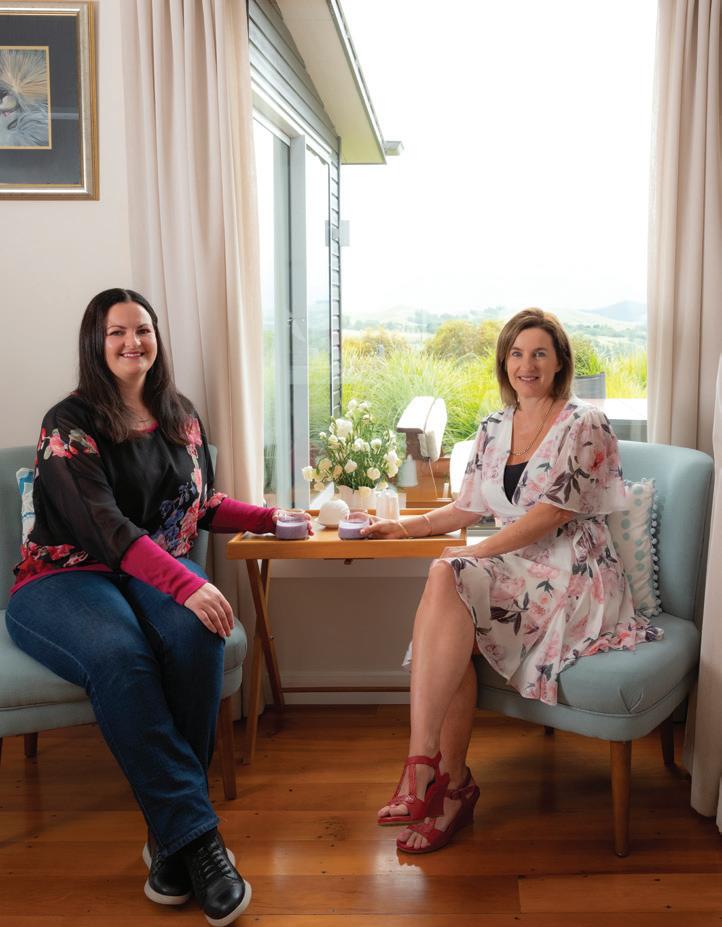
Most of all, it’s the reconnection to her body that McClure values most. Tuning into her body’s needs, recognising she’s hungry and responding. “The biggest takeaway has been psychological. It’s the holistic approach and that’s what I’m enjoying, focusing on my wellbeing.”
Lauren Kent’s fitness journey started with a love of outdoor bootcamps. From there, she started going to the gym regularly, building her strength and confidence in and out of the gym. “I started looking after myself from a place of care and improvement,” she says.
Kent realised she wanted to help others do the same, so six years ago she became a personal trainer and started Impact Health and Fitness. Since then, she’s worked with clients in their homes, in gyms and throughout the pandemic, via Zoom. It provided some much-needed routine, while supporting their physical and mental wellbeing during a challenging time, says Kent.
Yet, the pandemic left many of Kent’s clients feeling stressed, tired and worn down. As they adjusted to post-pandemic life and returned to their fitness journey, some found that old exercise routines were no longer a realistic option. Kent recommends looking at your lifestyle and working out what you can do in the time you have. “Start small and really reflect on the habits you can build. The small changes are so underrated.”
ABOVE: Bridget McClure (left) with registered dietitian, Diane Stride. Photo: Florence Charvin
1. The Buzz e-newsletter
2. Expanded website: baybuzz.co.nz



3. BayBuzz digital magazine
You can find it all here: www.baybuzz.co.nz/digital
looktothefuture.RespondingtoHB’srisingfamilyviolence.ABCsofEVdriving.EnvironmentCentre isbuzzing.Localsolutionfortyres.DHB'sOmicronadvice.Economiccalamityawaiting?Wastecanbe valuable.MeetRicksTerstappen.Natureasaperson.Artistsneedspace.
You deserve the perfect sunglasses...
Protect your eyes with a pair of sunglasses from Shattky Optometrists.

Fashion sunglasses from Shattky Optometrists are not just a chic accessory, they provide your eyes with comfort, protection and they can also have your prescription lenses fitted so you can see with precision and enjoy all that Hawke's Bay has to offer.



A well selected pair of sunglasses will not only protect your eyes, it will show off your individual style! Shattky Optometrists delivers the highest quality eyecare and eyewear for all ages Come in and see us in Hastings or Waipukurau
HASTINGS / 116 Russell Street South / 06 876 3777
WAIPUKURAU / 36 Ruataniwha Street / 06 858 9117

shattkysoptometrists shattkyoptometrists

www.shattky.co.nz

Whether you’re starting on your own from scratch or returning to an active lifestyle after a hiatus, there are some simple steps everybody can take that will have long-term benefits.
1. Start with four movements at home – e.g. push up, squat, lunge and plank. Start with two days per week, doing three sets of 10 for each movement. Doing so will improve your overall strength and functionality. You might notice it’s easier to get up and down off the floor, you only have to make one trip from the car to the house with the shopping bags or your body feels less stiff. “It’s about keeping that long-term functionality, which helps with longevity and independence.”
2. Increase the intensity of the movements by doing more repetitions or slowing the movements down.
3. Add weights. This can be as simple as filling a 1.5 litre bottle of water and holding it while you squat, wearing a backpack filled with books or using free weights if you have some at home.
4. To push yourself further, increase your workouts to three or four times per week, focusing on two upper body and two lower body exercises each time. You can also add in a light daily walk or other activities you enjoy. And don’t forget to rest. “You want to make sure you’re not hammering yourself seven days a week. It’s important to give your body time to rest and recover.”
Kent has seen the impact small changes can have on her clients’ physical and mental wellbeing. One client, whom she’s worked with for more than two years, was struggling with consistency in her workouts. Kent trains her at her home three days a week, and her client also does one session a week at home by herself.
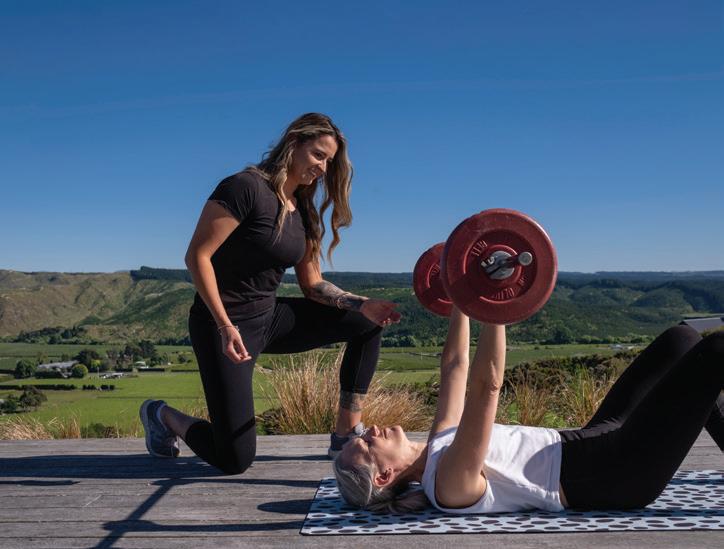
Since they started working together, Kent’s seen a mindshift in the woman’s approach to herself that’s had a significant impact on all aspects of her life. “She’s been working on looking after herself and it is helping with her confidence one hundred percent. As her ability to lift heavier weights has grown, so too has her belief in herself,” says Kent. “She’s more confident and comfortable, it’s helped her sleep, manage stress and improve resilience.”
You don’t need to work out for hours a day or include lots of cardio in your workouts to see results, says Kent. You simply need to make it a priority and focus on consistency. Choosing activities you enjoy, working out what you can realistically do, and keeping goals small and achievable will all keep up your motivation. The long-term benefits of being more active are well worth it, as ultimately it will give you the ability to do the things you enjoy.
Most importantly, just get started, says Kent. “If you’re holding off, waiting for the perfect time, there’s never going to be a perfect time.”
Hastings woman Kelly Davis says she has always been a “gentle exerciser”. The 48-year-old mum of three loves yoga and walking. But like all of us, the pandemic brought her regular exercise to a standstill as she dealt with the challenges of ongoing cases of Covid-19 in her household, along with the demands of juggling work and her family’s needs. “It felt like a never-ending battle… with three kids someone was always at home,” she says. “It was a really difficult time.”
Last year she connected with Kent and decided to make her physical health a priority again. “I knew that it was time to do something a bit more substantial.” Since then, Kent has arrived at her house at 6am twice a week with equipment, to do a workout session with Davis, which typically includes weights, boxing and strength training.
It’s been the ideal option for Davis. The sessions have become a part of her routine that she looks forward to and the convenience and one-on-one guidance are hugely motivating, she says. “Lauren’s just such a ball of happiness, such good energy…You’ve got someone who’s constantly saying, ‘well done, good on you!’.”
As well as improving her physical health, especially core strength, the workouts have had an impact on Davis’s overall wellbeing. “Just having more energy, feeling good in my body on a daily level. I’m much stronger and that transpires into other areas of your life.”
Her next goals are to increase the weights she’s lifting and to continue to target her core. This is a longterm focus as she suffered an abdominal split when she had her twin boys 14 years ago and continues to work on rebuilding her core strength.
Davis urges others to push themselves outside their comfort zone and reap the benefits of improved fitness. If, like her, you prefer to exercise alone and the idea of stepping into a gym makes you uncomfortable, personal training sessions at home could be the perfect option.
RIGHT: Personal trainer, Lauren Kent, with Kelly Davis.D is cove r ex p e r t cr a f tsm a nship, inn ova ti ve te mp e r a ture reg ul a tion te chn olog y wi th B e a ut y re s t G ol d™, an exce p tion a l m a t tre s s a n d a fin e l y tun e d sle e p ex p e r ie nc e.
Luxurious comfor t, zoned back suppor t, and Diamond infused AirCool memor y foam and our innovative Comfor tKool technolog y to keep you cool as you sleep.
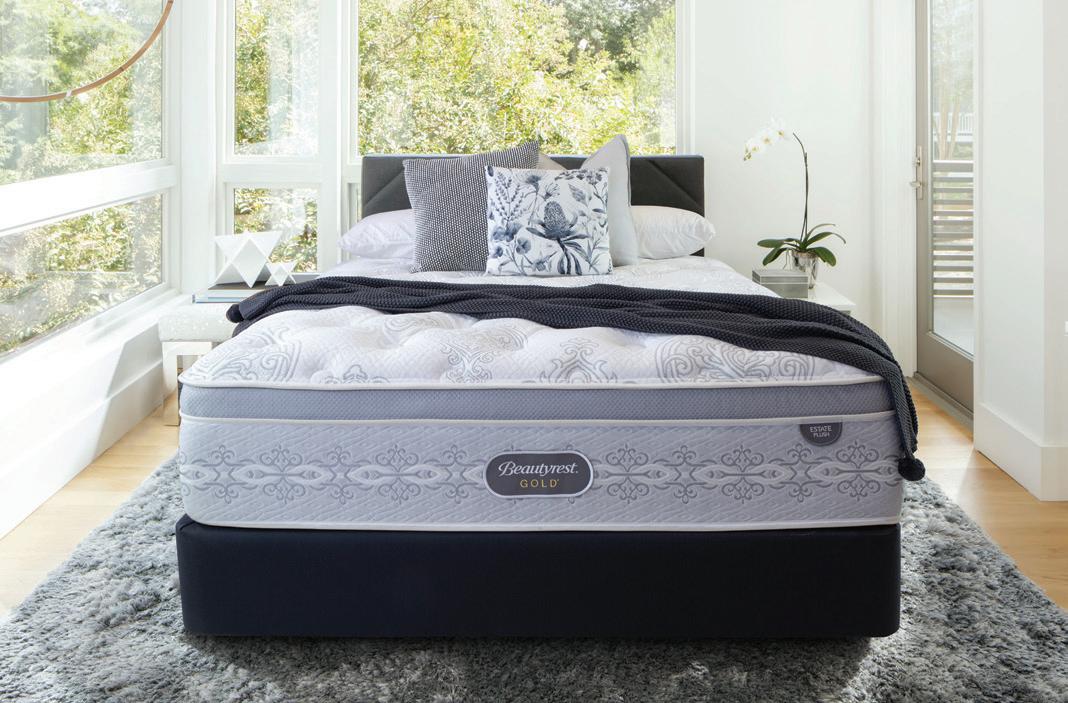
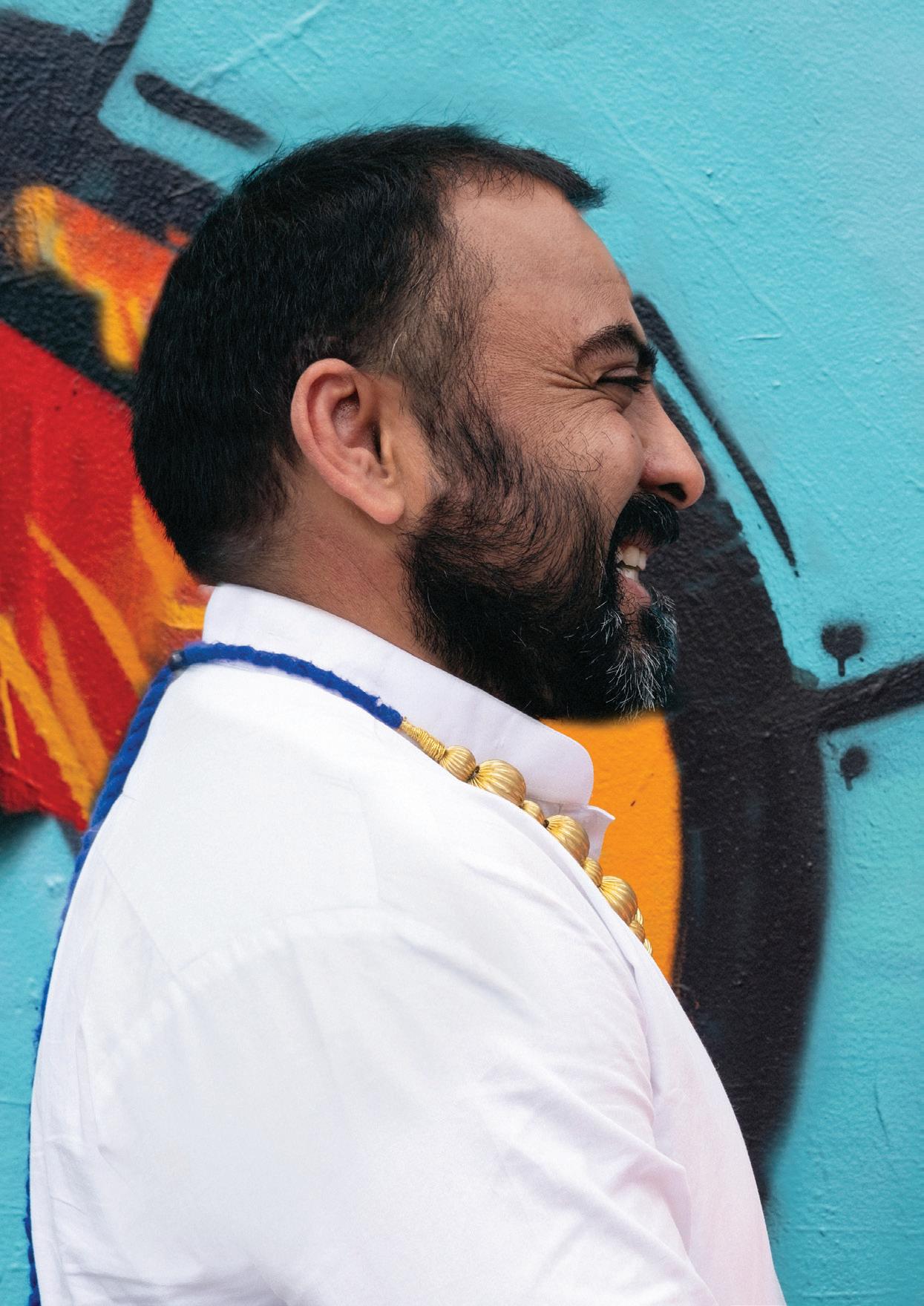
Beyond past European mass migration, a wealth of diversity brings a kaleidoscope of culture to Hawke’s Bay. Our growing ethnic communities represent a much smaller slice of the pie than Māori, Pasifika and Europeans, but the flavour they add to society is pungent and deeply felt.
 Sukhdeep Singh and Rizwaana Latiff. Photo: Florence Charvin
Culture Rosheen FitzGerald
Sukhdeep Singh and Rizwaana Latiff. Photo: Florence Charvin
Culture Rosheen FitzGerald
Most of us connect with ethnic cultures through our stomach! We collectively develop a taste for the exotic – Thai, Indian, Chinese – interacting with these people when acquiring their cuisine, often bastardised to suit western palates. They run our dairies and bottle shops, staff our gas stations at inhospitable hours, make themselves useful in multitudinous workplaces across the Bay.
In providing these essential services they give so much more than much needed labour. They incrementally broaden our horizons, give us an opportunity to view our world through a new perspective, a different lens.
The 2018 census counted 10,338 Hawke’s Bay residents identifying as Asian, African, Latin American, or Middle Eastern – 6% of our population. Over 80% are Asian with Punjabi, Hindi and Tagalog, a Filipino dialect, most widely spoken after English. They are employed in every industry bar mining, their employment rate slightly higher than the regional average. They are more likely to work in accommodation, food and retail, and less likely to work in Agriculture, Construction or Education than the general population.
Like the rest of us, more have no religious affiliation than adhere to any one religion. Still, our ethnic people are 20% more likely to engage in faith – mostly Sikh, Catholic, and Hindu, alongside small but vocal Buddhist and Muslim congregations.
The social landscape has changed so dramatically since 2018, bated breath awaits next year’s census. Anecdotally, despite Covid border closures, ethnic community leaders report swelling in their ranks. For the first time,
concerted engagement teams work on the ground with communities to capture accurate data.
Rizwaana Latiff adds senior advisor to the regional census engagement team to her already full plate of social outreach. Thirty years of nursing and midwifery gave her the will and skill to care for communities, primarily women and children. She balances grassroots action with commitment to creating top-down policy change, advising both the Department of Ethnic Communities and the Department of the Prime Minister and Cabinet, as well as providing cultural consultation for council.
Latiff’s passion for people and principle is evident in the dizzying number of hats she wears. While president of the Multicultural Association of Hawke’s Bay, an umbrella group dedicated to representing and supporting the growing network of cultures that contribute to our region, she oversaw its focus shift from events and festivals to advocacy and service provision. During Covid she coordinated volunteers to make and deliver food parcels, and became a vaccinator, taking clinics to disparate places of worship across the region.
As area director of Zonta, an international voluntary organisation empowering woman by raising awareness of domestic violence, she coordinates events and campaigns as well as providing practical support and consultancy. Workshops, training and camps all form part of her impressive tool kit, in liaison with a myriad of agencies.
In many ways Latiff is a model migrant. In her twenty-two years in Aotearoa, she has retained her culture while remaining unafraid to criticise, providing pathways for real change.

A practising Muslim, of South African Indian descent, she reads the Koran
in te reo Māori but only wears hijab in prescribed situations, to the chagrin of some. “Tell me where the Koran tells me I need to wear hijab and I’ll wear it … I won’t wear it just for the visual,” she declares.
With Shama Ethnic Women’s Trust, she acknowledges and addresses cultural barriers to accessing domestic violence relief, providing safe, culturally appropriate services. She’s combatting cultural assumptions that arranged marriages are for life, regardless of circumstances, standing against child marriage and female genital mutilation. She’s aware many migrants would prefer to brush such issues under the carpet for fear of perpetuating harmful stereotypes. For Latiff, “raising awareness of any situation is a foundation for building resiliance. If we build the women up then the family is looked after. It’s about working at grassroots level, making a difference one person at a time, one family at a time.”
Latiff also supports the ethnic rainbow community, “probably the least seen in New Zealand because they get ostracised from their own people. We work to support them to be who they are.” She’s training as a marriage celebrant to officiate culturally appropriate queer wedding services. Mindful of families who may struggle with bringing up children in an alien culture, she’s developing a parenting programme, workshopping strategies “to maintain our own culture, values and
“Ethnic communities are growing extremely fast in Hawke’s Bay. They make a huge contribution, not only economic, but social and cultural, to our region.”
Sukhdeep Singh
ethics but to adapt to the current environment, to build capacity in parents as well as children.”
Latiff sat on the Hastings District Multicultural Strategy Working Group to develop an articulated, actionable plan to make the region an inclusive, welcoming community where everyone belongs. This strategy is the first of its kind in the North Island and only the second in the country. It identifies goals and outlines actions, over five years, to achieve them.
Hastings District Council is on the pathway to Welcoming Communities accreditation, a formal governmental standard set by Immigration New Zealand. Celebration of multiculturalism, inclusivity and connection, equitable access to services and resources, empowerment to be involved in decision making and Council modelling workplace diversity, should benefit us all, not just our ethnic communities.
Sukhdeep Singh was another voice in the creation of the strategy. When he moved to Aotearoa from Punjab in 2010, he “felt homesick, like I was unwelcome here, like I didn’t belong … I was involved in a lot of voluntary work in India. I thought if I want to be part of this community and this country, I need to do something proactive from my end.”

He discovered the Multicultural Association, serving for a time as president. “I was looking for a way to make a positive difference and contribute with ethnic communities so nobody else needs to go through what I faced … it’s one of the best things that happened to me in the last twelve years. I’ve met so many good friends, they’re like my family,” he enthuses. He was recently named a Kiwibank Local Hero for his mahi in the community, tirelessly working for a variety of causes, serving society as a whole.
Singh is passionate about passing his mother tongue to the next generation, vital to preserving culture. Among our ethnic communities, Punjabi is spoken most after English, aided by classes at the Sikh temple. It’s the language of both Sikhs and Muslims, Indians and Pakistanis, the region cruelly carved in two by retreating colonisers. Back on the subcontinent, the groups are conflicted, but here have more cultural similarities than differences. Singh tries “to be very inclusive, to push them to come together,” hosting events celebrating their shared language.
Singh believes in the dream of a multicultural society. He likens it to a dish from home, “khichdi, you put different things in, spices, rice, vegetables, lentils. If you put just one thing in, it
tastes like nothing. Just like society and community. Different cultures, different people from different backgrounds create a beautiful community.”
A businessman, Singh sees the efficacy of diversity in the workplace, a range of perspectives allowing broader scope of service. He encourages sharing of culture – language festivals and food – to break barriers. He feels “a more inclusive team is better for the community and gives you better capability to address the needs of a range of clients. It’s so important for different cultures to try to understand each other, their values and traditions.”
Lara B. Ventura chairs The Philippine Community of Hawke’s Bay, comprising over 1,200 members across the region. They provide the Filipino community practical, social, and cultural support, and showcase Filipino culture and values in wider society. Ventura has seen a huge ballooning of Filipinos migrating to Hawke’s Bay, attracted by better, less crowded living conditions and a less competitive labour market.
The Philippines has a rich tradition of highly educated medical practitioners sorely needed on the front lines of our hobbling health service. Many are granted residency and do hard yards in hospitals and care homes throughout the region.
Last year Ventura staged a Filipino lantern making competition. Handmade parols are typically made and displayed at Christmas all over the Philippines, a symbol of faith, hope and love, a beacon of light in the darkness. This year the community will come together to make traditional rice cakes. She also held a Pinoy music festival, open to all, showcasing local Filipino bands.
For Ventura, cultural preservation is key. “I owe it to our people, particularly the kids, the second generation who grew up here, not to forget who we are…growing up in a different culture they embrace the new culture here, it’s their new home, but they should remember their origins,” she passionately asserts.
Jacklyn Night was brought to Aotearoa from Pune, west India, at just ten months old. His earliest memories are of Hawke’s Bay, where his family moved when he was four, drawn by the Steiner school. Though his family were a blend of Zoroastrian and Muslim faiths, speaking Hindi and Gujerati as
well as English in the home, he never felt connected with his culture of origin, nor did he adopt their language or religion. “Growing up was tough, being the only brown kid in the class. I felt like I didn’t fit into either culture. It was lonely,” he remembers.
His palate is his only real tie to Indian culture, retaining a taste for his mother’s traditional cooking. Otherwise, he doesn’t feel Indian, even choosing to legally change his name from the noticeably ethnic one given at birth to one he feels befits the aspiring actor, film maker and poet he is today. At twenty-two, he identifies, not with the ethnic community he was born into, but the creative community where he has found belonging. “Aotearoa is where I grew up. It is my home. It made me the person I am today,” he proclaims.

Demi Yu migrated to Hawke’s Bay from China, motivated by religious persecution. She is a devotee of Falun Gong, a modern take on traditional qigong, condemned by the Chinese Communist Party as a dangerous
Jacklyn Night
cult. Devotees have been imprisoned and tortured for their beliefs, based around a series of movement and breath practices.
Yu has sacrificed a lot for her religion – both her home and her marriage. “Falun Gong saved my life. Without it I think I would be dead,” she proclaims. Still hesitant of her Englishspeaking abilities, she recalls when she arrived in Aotearoa twelve years ago.
“I was afraid to go to the supermarket, I couldn’t communicate.” She took an English class at Heretaunga Women’s Centre, but still falls short of the depth of expression of which she is capable in her native Mandarin. This is the default language spoken at her day job, picking blueberries in Flaxmere.
But she avoids the local Chinese community, mindful most have been turned against her faith by Party propaganda. Falun Gong takes centre stage in her life, but her spiritual practice connects her with the community. Sometimes she takes her daily sequence of movements and breathwork to the park, inviting the public to
“Aotearoa is where I grew up. It is my home. It made me the person I am today.”Jacklyn Night
Open Tuesday to Saturday
From 11am for lunch & evening service
Bookings recommended
Hours may change through holiday periods
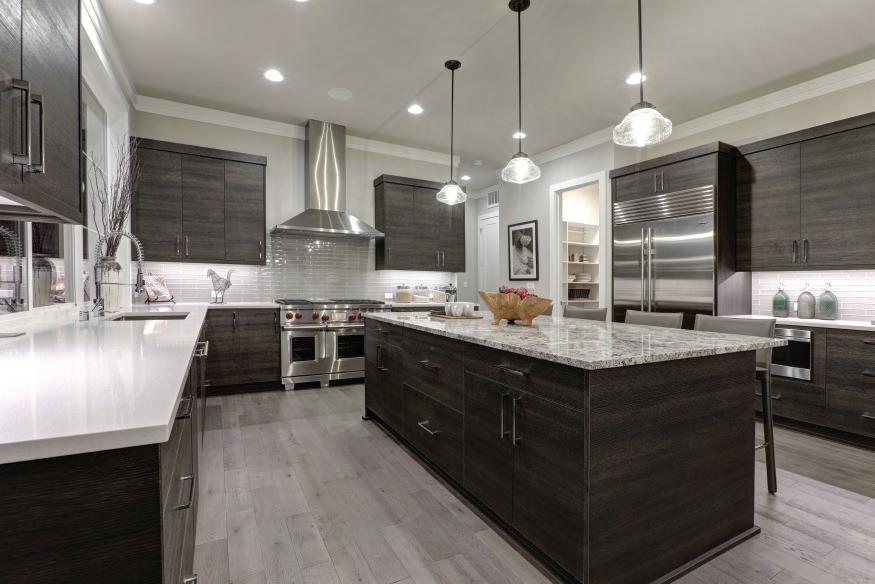
Home of the $17 lunch and other great deals
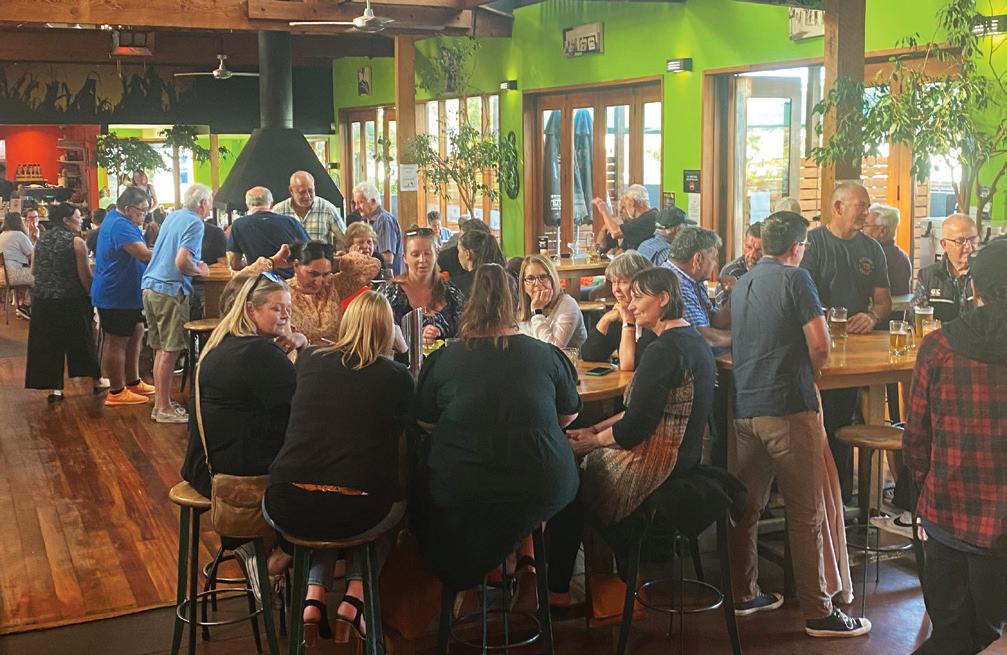
jarks.co.nz

join in. For Yu, faith and exercise have their own universal language.
In 2018 Nicolás López came to Aotearoa from Colombia to study English in Queenstown before moving to Hawke’s Bay two and a half years ago. He fell in love with the diverse, vibrant, talented international community here. “I wasn’t looking for it but when I found it, I wanted to be a part of it,” he recalls.
An accomplished dancer and musician, he teaches salsa and bachata as well as writing and performing original music both solo and collaboratively. Salsa is a perfect example of cultural hybridity. A product of the immigrant melting pot, its rhythms stem from beats brought to South America by African slaves, fused with Spanish melodies and Caribbean instruments.
He is grateful to Joseph Taylor of the Napier Tango Club for “creating so many opportunities for immigrants to perform, teach, learn and succeed.”
The Tango Club is a home from home for many internationals. López teaches a spectrum of nationalities – locals, Europeans and South Americans, united by their love of dance.
Last year López and Argentinian performer Brenda La Grotteria brought together the community they count as family to produce A Musical Journey
Through the Cultures of the World, an ensemble show held at the Tango Club featuring originally devised music,
dance, poetry, and artistry. A vast range of nationalities and cultures took part, focussing on traditional as well as contemporary cultural performance, showcasing the innovative talents brought to Aotearoa from distant shores. In López’s words, “to celebrate all the wonderful international and local creativity I have found here in Hawke’s Bay.”
Shiho Pole came to Napier as a backpacker from Tokyo sixteen years ago, where she met her Kiwi husband. He already spoke fluent Japanese, having worked and lived there. Just six months after meeting they moved back to Japan together and were married.
She was nine months pregnant with her first child when the Tōhoku earthquake struck. Living coastally she felt vulnerable. The Fukushima nuclear disaster compounded her unease. “In the supermarket I was always looking for the source of my food, wondering was it safe,” she remembers. In the wake of the quake, the young family moved back to the safety of Hawke’s Bay, soothed by New Zealand’s clean green image. “Flying over Tokyo you can’t even see the city. Here the air is pure, we’re surrounded by nature,” she remarks.
Shiho is the face of Mangla Tribal Fusion Bellydance, teaching and performing privately and publicly across the country. Hers is a hybrid style, originating from the US, combining elements of flamenco, modern, hip-hop and

Indian dance with traditional middle eastern styles. Her classes, taught from her home studio, attract a cross section of local and international dancers of all abilities, many of whom perform with her at festivals and events, spreading colour, culture and joy.
She also works at Hastings’ Asian Grocery where she enjoys educating the clientele on the cuisine of her homeland. Like many immigrants, food and speaking her mother tongue in the home keep her connected to her culture, and help her share it with her diverse community.
Aotearoa is a young country, the newest of the new world. We try to learn from the mistakes of other nations in how we respect our Indigenous population. Similar values of compassion, understanding, kindness and curiosity would help integrate our blossoming ethnic communities.
They come seeking much valued Kiwi freedom – social, political, religious, economic – bravely daring to make a change, as all our tupuna once did. They will change the social and cultural landscape, with acceptance, for the better. They have so much to offer – food, music, festivals, language, arts, and essential skills. So embrace the changing face of Hawke’s Bay, we all have so much to teach and learn.
Stats come from Ministry of Ethnic Communities
“We need to maintain our own culture, values and ethics but adapt to the current environment, to build capacity.”
Rizwaana LatiffShiho Pole.




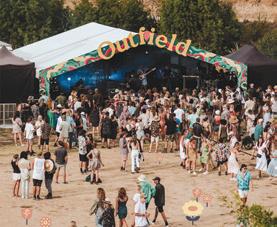





If time away from work this summer has you thinking about a career or job change, you wouldn’t be the only one. The long summer break, with its ample time for reflection, often leads to change. Brenda Newth looks at some of the job change ‘theory’ and talks with some Hawke’s Bay ‘change’ experts.
A recent survey of New Zealand workers conducted by Employment Hero indicated that as many as 39% of Kiwi workers plan to change roles, and a quarter were planning to change career entirely.

Three years on from the start of the global pandemic, Covid-19 has had a significant impact on work and more specifically how people feel about work. The ‘great resignation’, ‘quiet quitting’ are now part of the vernacular. And for many workers the search for meaning has led them to reconsider their career and redefine what is work.
Joanne Lipman, in Time magazine, writes that the “true significance of the great resignation is not what we are leaving, but what we are going towards.” She says the surprising phenomenon is not that people are abandoning jobs, but switching professions, and it’s occurring at every income level not just the high earners.
Global consultancy PWC’s Asia Pacific Workforce Hopes and Fears Survey 2022 says in the wake of Covid-19 workers across the region are rethinking their lives and work is topping the list. Employees say they want more meaningful work, a better deal around fair pay and to be able to bring their authentic selves to work. More than 40 percent of the 18,000 surveyed are unsatisfied with their job, which should be of deep concern to employers.
Herminia Ibarra, a career change specialist, writing in the Harvard Business Review, offers simple principles for those considering career reinvention. She says that it makes sense to pursue a portfolio of options, rather than just one. Another expert in “encore careers” – those in the second half of life, is Marci Alboher. Her
advice? To “cultivate your slashes”, where you gain several income streams from different types of jobs at the same time. Career change can be messy, so the more strings you have to your bow, the more potential career options you have.
In the context of the skills shortage there may never be a better time for Kiwis to change careers. The talent pool is shrinking. Businesses are crying out for staff at every level. Employers are facing increasing competition, leading to wage inflation, and are now having to consider candidates that don’t tick all the boxes but might have transferable skills. That’s something that career switchers can use to their advantage.
One trend gaining prominence in recent years is micro-credentialling (short-term learning experiences).
A recent Forbes article suggested that micro-credentials are huge for the future of work – from an employer perspective. But they can work just as well for workers looking to develop skills in new areas, offering bite-sized qualifications in specific subject areas and an easy way for career changers to get a taste of a new area without massive outlays in time or money.
LinkedIn CEO Ryan Roslansky says that skills, not degrees, matter most in hiring. The LinkedIn platform currently offers more than 16,000 online courses taught by experts. More than seven million people have tuned into its top classes this year, more than double the year prior. The Covid lockdown spiked interest in e-learning and in 2022 interest remained high, with learners interested in both soft and technical skills.
Employees say they want more meaningful work, a better deal around fair pay, and to be able to bring their authentic selves to work. More than 40% of the 18,000 surveyed are unsatisfied with their job, which should be of deep concern to employers.
US-based career coach Caroline Castrillon says the average age of career changers is 39 and encouragingly, “experience and transferable skills can open doors you’ve never dreamed of.” Her message: changing industry or careers doesn’t mean you’ll be back to square one because soft skills – leadership, teamwork, problem-solving – things learned over years in the workforce, are in huge demand and will help land the job you really want.
Castrillon says don’t let inertia keep you in a job you hate. In one of her YouTube videos she says: “Don’t settle for a career or job that sucks the life out of you. It is possible to find career fulfilment. It won’t be easy, but it is possible.”
Encouragingly, Castrillon cites a survey from Indeed showing that 88% of career changers were happier after making their move. If you’re contemplating a career change and aren’t sure if it’s the right time, check out her free guide: Five signs it’s time to make a bold career change: https://bit. ly/3Gsshen
Changing jobs or careers can be stressful, but that stress is an important part of the process. Change management experts talk about the ‘liminal period’, the stage between what we’ve left, and what we’re moving towards. Sitting in that space can be uncomfortable and for that reason most people want to rush through it, but neurologically important things are happening.
Bill Bridges, an authority on change and transition who transformed the way people think about change says of this in-between state: “We need not feel defensive about this apparently unproductive time-out at turning points in our lives … In the apparently aimless activity of our time alone, we are doing important inner business.”
Perhaps the most important preparation for career change is the ‘top two inches’. Jonathan Black, chartered organizational psychologist from Havelock North, says that people contemplating a career change need to understand what they are looking for.
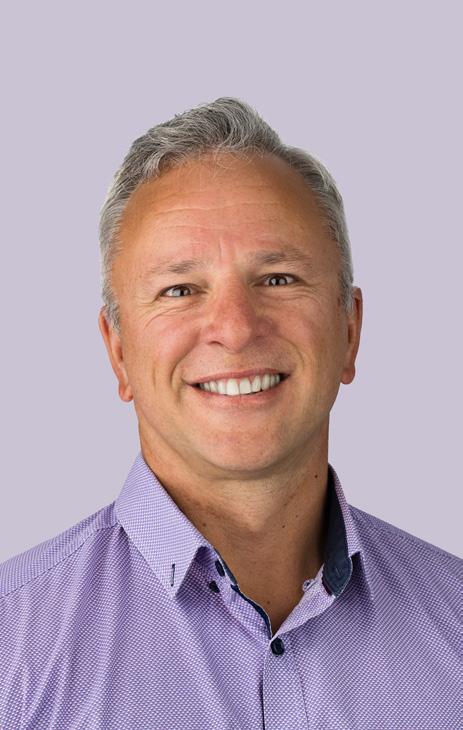
Black mainly works with senior managers, professionals across a variety of industry sectors considering a change. Some discussions reflect a change in circumstance and others reflect a mis-match to current role,
or a serious loss of mojo.
“The first thing for people to clarify is what kind of change they want. They need to ask: Am I looking for a change in career or a change in role, employer, or the people or customers I interact with? Because when we look at the degree of difficulty, changing career is probably the hardest.
“The second question is: why do I want that change?”
Black says it’s important to go through an ‘appreciative enquiry’ process, a model that starts with what candidates’ value and appreciate, obtaining information and exploring both the status quo and genuine options that puts them in a better position to think about what they don’t want to lose, and also to recognise why they haven’t made changes … yet.
“It also means that when candidates make the choice to change, that they are making a conscious choice for something better, and that they are responding, planning and co-ordinating rather than reacting.”
Black, who often coaches people to interrogate their careers, says that while life events trigger career change, the realisation that work isn’t delivering what it used to can be a big factor.
“It might be that learning or
advancement has stopped, or there’s a sense of inequity, or that values no longer align. One of the biggest reasons why people leave organisations is the way they’re treated by their peers and manager, and exploring what this means, its cause and impact, can be very important.”
He talks of the concept of alignment coming into prominence as people approach the second half of their careers, and the 20:20:20 principle.
“The first 20 years of life we develop who we are. In the second, we deal with the consequences of who we are. And in the third 20 years we finally accept who we are and we’re ok with that, and are therefore more open about getting what we need from our career.”
Career change is a team sport he says, and it’s important to get support on the home front. “It’s not just happening to the individual. Most of us have a partner, maybe children, and other commitments that our decisions impact. So the conversations we have around this topic are really important. What will this (possible) change mean for the family? The mortgage? The lifestyle and goals that we may have?”
Black says that with change can come powerful discomfort. “If you’re not willing to be uncomfortable, you’re
“Career change is a team sport, and it’s important to get support on the home front.”
Jonathan Black
not going to grow. It takes courage to change and there’s two things we need to generate effective change.
“First is a compelling vision, and the second is sufficient urgency, pain or reason to change. Our tolerance levels are quite high. Often I come across individuals concerned about what others will think and that prevents them from changing.”
A bit of introspection and navel gazing is called for, says Black. “It’s good to ask: why am I looking for that? How much of the desire for change sits with me and my beliefs? How much of my restlessness is self-created, and has nothing to do with my job or employer? It is really important to take a step back and reflect,” Black concludes.
The executive coach
Haumoana’s Liz Read is a reputation specialist, and business and executive coach, who works with executives to help them transition from one role to another or to move into a more senior role.
“These executives need to position themselves for credibility and to build trust with the people in the organisation and with external stakeholders incredibly quickly.
Know
“Be clear about what you want more of and what you want to leave behind, and don’t ignore the values piece!”
“I’ve worked with one senior executive who has moved into a number of roles and is now chief executive of an organisation with 3,000 staff. As they have moved into new roles, they’ve needed to quickly establish their credibility and share their vision with people. They have been very focused on getting the best outcomes quickly from a team that is looking expectantly towards them and wondering: ‘What are they going to be like to work for?’
“In several of the transitions they’ve made into leadership positions, they have been seeking quite a significant change in the way that people do their work. So they used a combination of my coaching around how they establish their own leadership style and how they set expectations with people, alongside a culture and change expert, and that works really well for them.”
No stranger to career change herself,

Water Testing Hawke’s Bay is one of New Zealand’s leading regional, IANZaccredited bacteriological water-testing and analysis laboratories.
We’re local and independently owned, and with scientific rigour, reliability and consistency, we provide certainty and peace-of-mind when it comes to knowing what’s in your water.
Water Testing Hawke’s Bay also holds IANZ Accreditation for our potable water sampling, a range of field tests, and our Hastings laboratory.

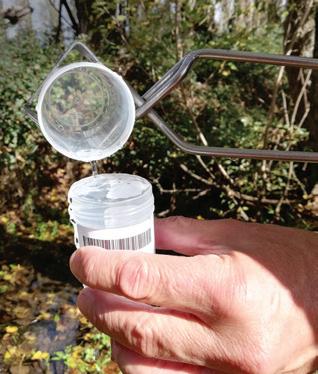
We test most types of water with a focus on these key water types:
+ Drinking Water
+ Surface & Groundwater
+ Effluent & Trade Waste
Phone 06 870 6449
www.watertestinghb.nz
January + February 2023 BAYBUZZ 57
Michelle Jones
Erin Simpson
Was Corporate marketing consultant > 25 years
Now
Food communicator, telling HB food producers’ stories and marketing in food & fibre sector
Strong interest in NZ food & wine, completed a Le Cordon Bleu Master of Gastronomic Tourism, relocated to Hawke’s Bay to combine marketing & culinary tourism background.
Brenda Newth
Orchardist Chartered Accountant
Professional director
Community/school trustee board roles, transitioned into regional and central government roles for industry. Institute of directors and leadership training led to national portfolio of director roles focussing on workforce development and vocational education.
Liz Read
Public servant
Communications specialist, freelance journalist
Reputation specialist and coach, company director
Retraining, plus developing new skills via Toastmasters (public speaking, speech writing, coaching and evaluation).
Strategic career choices, learning from others, Institute of Director courses.
Tim Price-Walker
VP Sales and marketing
Organisational change manager
Passion and drive, transfer and utilisation of common soft skills. Invest in training, keep positive, be tenacious, connect with professionals in your field, believe you can contribute different perspectives in your new role based on your past experiences.
Read’s working life includes time as a parliamentary press secretary and senior communications roles across the public and private sectors before moving into consultancy, coaching and independent directorships. All of her career moves were deliberate, leaving certain aspects of roles behind, in favour of more desirable attributes that were a better fit for her skills and style. These days her work is meaningful, has variety, involves influence at the highest level within her clients’ businesses, and is fun.
To those seeking career change Read advises evaluating job opportunities across four dimensions: the organisation, its leadership, the job itself and the organisation’s values. “To be successful it has to work across all four. Be clear about what you want more of and what you want to leave behind, and don’t ignore the values piece!”
It’s vital to park the ego, says Read, especially if you have been approached or headhunted. She tells the story of one opportunity she was offered. “Everyone I spoke to said I’d be great for the organisation. In
hindsight I got quite seduced by that and never once did I ask if that organisation would be right for me. I quickly realised it wasn’t.”
Read says career changers and job seekers should not shy away from doing due diligence. “Find out what the organisation is really like. Ask around and ask to speak to people who work there. Use the interview process to really interrogate, and don’t shy away from it. After all, the interview process is a two way street.”
We go to work to earn, learn and to have fun, says Read. “One role I had was with a manager that wasn’t a great fit for me. He was an extraordinary practitioner, so I learnt a lot from him. At the time I consciously traded fun for learning and that was ok because I was aware of what I was doing.”
She says that people are looking for meaning beyond their pay packet. “I think there has been a tremendous shift; work (in small letters) needs to fit into life (in capital letters) and that’s been a big change.”
Changing jobs or career can be a big deal, but the rewards are there for the
taking. Finding a role that fits your skills, values and style where you can earn, learn and have fun, and be your true authentic self might sound like a big ask. Back yourself and go for it!
• Do your research – reading, podcasts, networking
• Assess your talent and skill set –plug the gaps
• Leverage your connections –active and dormant
• Consider retraining –micro credentialling or something bigger
• Have a financial buffer
• Volunteer in your desired new area, or shadow someone
• Find a mentor
• Think about what you’re moving from and to
• Stay focussed, even when the waters get choppy
• Explore options with your current employer
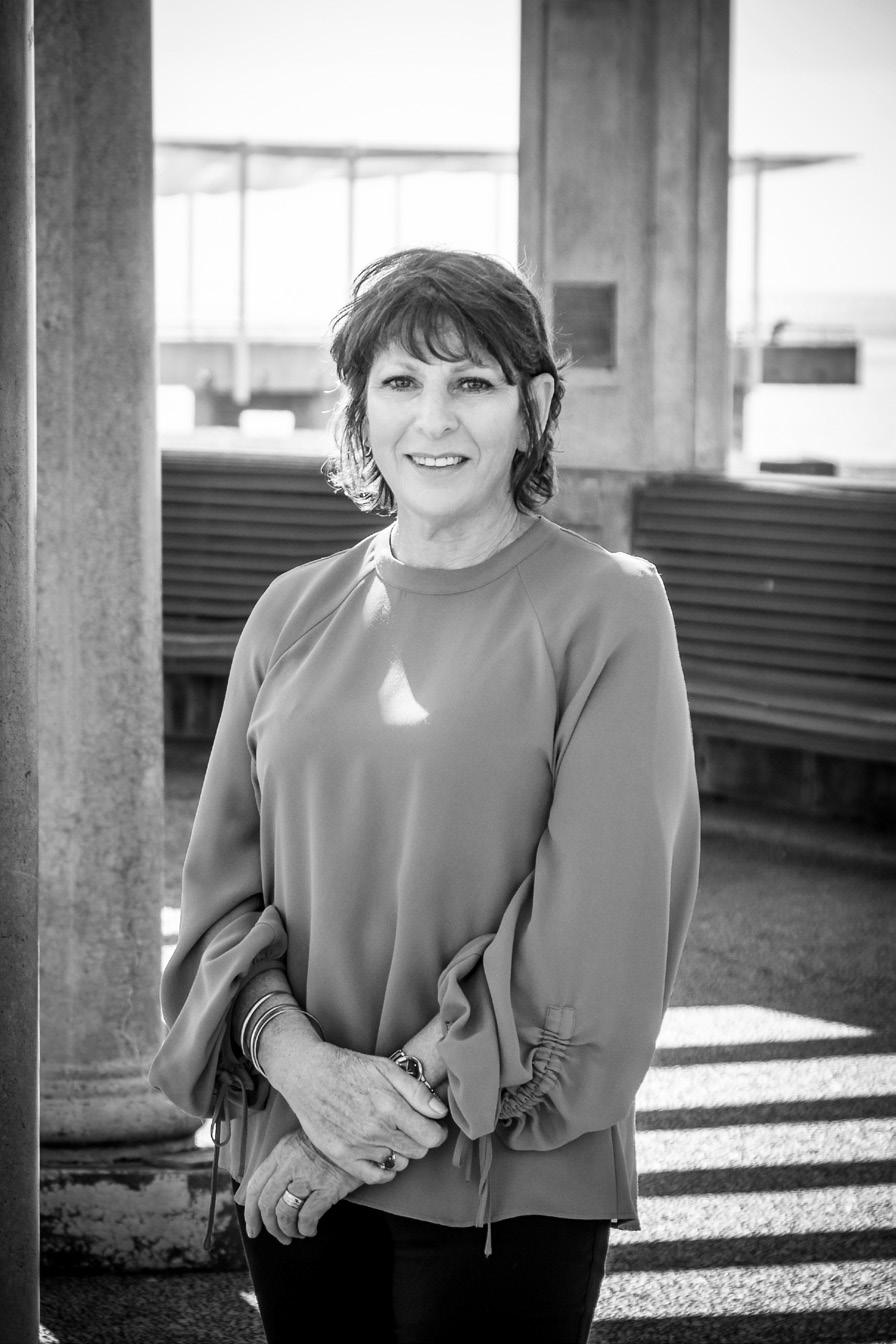
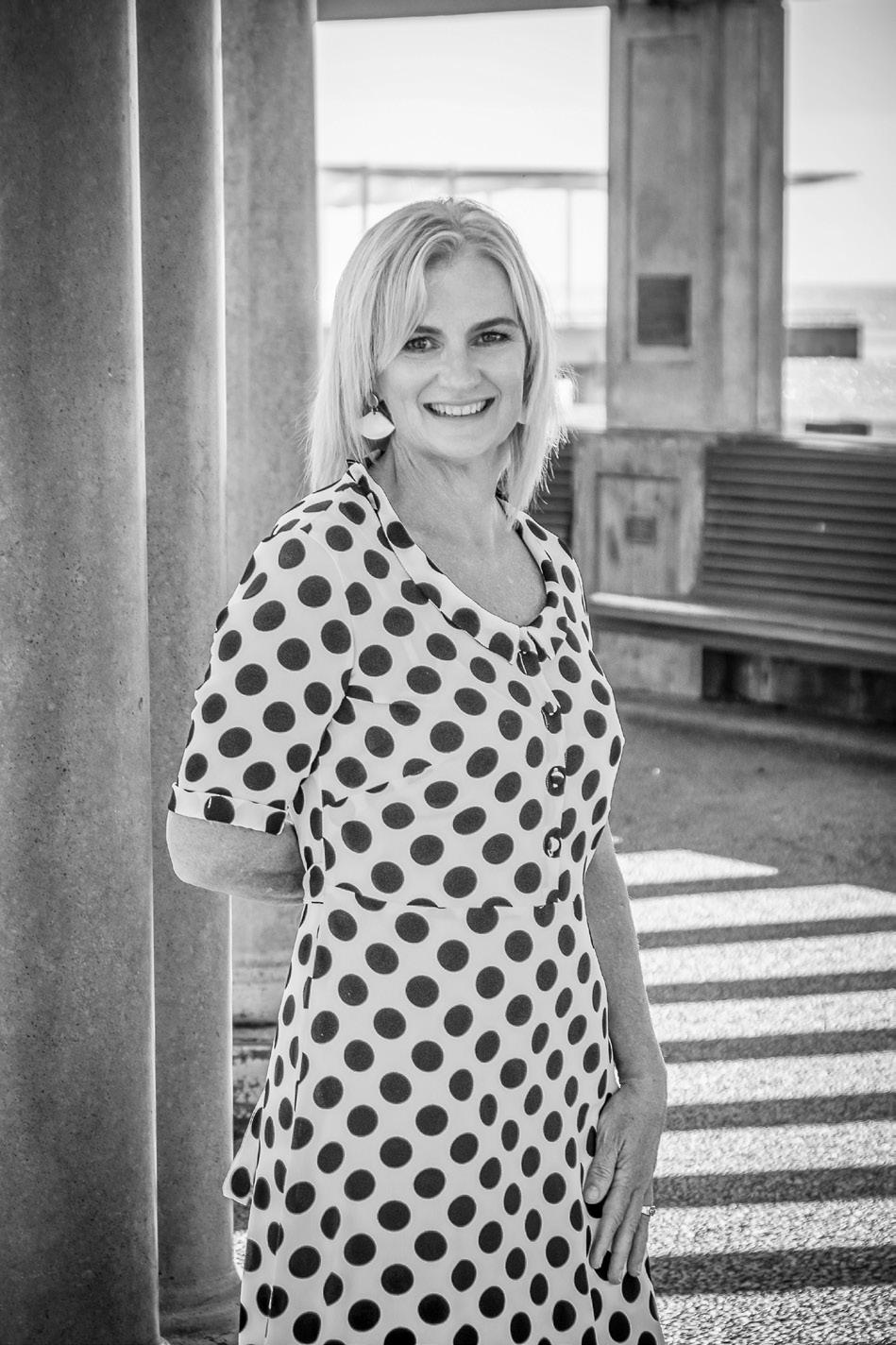


Do you have a relationship with your business? In many ways it’s a bit like a marriage – sometimes you love your business intensely, sometimes you’re a bit shirty with it, struggling to connect, bored, wanting to freshen things up or, in worst case scenarios, desperate to walk away. If it’s time to take a closer look at your business and get it really pumping in 2023, take heart – the solutions might be more straightforward than you think.

Haylee Wrenn and Michelle Fowler are both Hawke’s Bay business strategists working across New Zealand to redirect, reinvigorate and recharge business owners who, from time to time, can’t see the wood for the trees.
Haylee, an award-winning bookkeeper and accountant whose online coaching service Business 180 is turning businesses around daily, focuses on numbers, profitability and mental health, while Michelle’s background in luxury goods marketing, sales and web design puts her firmly at the intersection of brand experience and business success through her highly regarded consultancy, Halflight Studio.
“A healthy thriving business is a company director who can smile, who has time with their family and can sleep at night knowing they have money in the bank to pay all the bills,” begins Haylee. “It’s a happy team of employees who feel valued and wake up each morning excited to be going to work. And it’s a client who enjoys interacting with this business – who feels they’re more than just a number. It’s offering them a fantastic experience too.”
But businesses get it wrong, and there are the challenges wrought
“Times have changed and so have people’s spending habits. What once worked really well is no longer bringing in the same returns.”
Haylee Wrenn, Business 180“Get yourself a roadmap. For some it’s not about growing their business and developing a large team, but about building in more time, flexibility or more income for the same amount of work.”
Michelle Fowler, Halflight Studio
by Covid-19, ballooning expenses and plummeting profits to take into account too, she says. “Times have changed and so have people’s spending habits,” cautions Haylee. “What once worked really well is no longer bringing in the same returns. And there’s that old mentality of ‘this is the way we’ve always done it so why change?’ to break through too, which can be evident in many struggling businesses.”
Miranda Smith can attest to that.
The founder and owner of Miranda Smith Homecare, a Hawke’s Bay private homecare provider for the elderly and highly vulnerable, with

offices nationwide, has – like so many businesses – struggled with staffing over the past two years. “We’d been advertising on Seek, TradeMe, running Facebook ads, radio campaigns – we’d tried quite a few different avenues that had always been successful for us in the past, but just weren’t bringing in the quality applicants we were used to,” she says. “With the squeeze on hospital beds and dementia units, demand has continued to grow for our type of tailored service and it was really heartbreaking for our team to have to decline essential care solely because we couldn’t find the staff.”

“It was important to us to acknowledge the hard work our existing carers put in – and attract new ones – by upping our rates for all carers to above the New Zealand living wage.”
Miranda Smith, Miranda Smith Homecare
attract staff or appeal to new clients. “Break out of the box!” she says. “You might try something different with your marketing to create attention and make your business memorable. As an example, if you’re an electrician then you could create a social media campaign or letterbox drop series called ‘Lightbulb Moments With…’ and feature great nuggets of advice from cool local business owners you work with.”
“... we started with events, running a launch party for our Barrel Aged Negroni product in September with a DJ, canapés and the idea that we could deconstruct the negroni and people would taste and understand its component parts.”
Kate Galloway, Hastings DistillersSure, expensive job ads had worked before, but Miranda sensed there must be another way. Firstly, she addressed her pay rates. “It was important to us to acknowledge the hard work our existing carers put in – and attract new ones – by upping our rates for all carers to above the New Zealand living wage.”
Then, one morning, she composed an email. “I sent it out to anyone on our database who had resigned or retired from their role within the past two years. We knew many of our accomplished carers had only stepped away because of the pressure they’d been under over Covid – additional protocols, extra hours, sometimes living-in with clients instead of going home to their families to minimise infection risk. So I reached out to them, letting them know that if they had any desire to come back and pick up a few shifts, we’d support it. We stressed there was no pressure at all, no obligation, but we would love to chat if they were interested. The phones began ringing right away.”
It was an experiment, but it worked. Michelle Fowler says businesses need to be more open to trying new things, whether it’s the way in which they
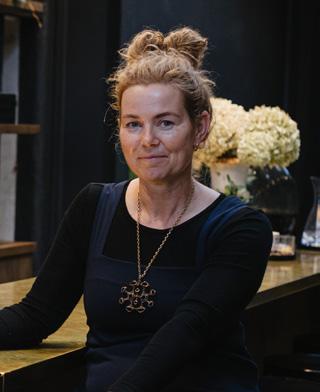
A strategy is also vital. “Get yourself a roadmap,” she advises. “For some it’s not about growing their business and developing a large team, but about building in more time, flexibility or more income for the same amount of work. This is often best supported by someone to guide you through these next steps and challenge you to think differently.”
Haylee agrees. “Create a strategic plan for the next five years and tie this to your business plan each year. Clarify your vision for the business and talk to your team. What is the purpose of your business and why do you exist in the eyes of your customers? How long do you want to be in the business for –is it time to consider an exit strategy? When do you know the time is right to move on to your next challenge and if you do, what will happen to the business? Are you building an asset to sell or have you bought yourself a job?”
Barry O’Sullivan, group director at TUMU Group has, with his business partners, made some big calls in this regard, selling the retail arm of the business in 2022. Six building supply stores and their frame and truss plant are now under Fletcher Distribution Limited, owners of Placemakers and Mico plumbing stores.
“Our diverse portfolio of businesses were historically weighted towards building supplies and timber processing and manufacturing, but the group also has interests in property
development and property development financing. We recognised our brand was largely associated with the TUMU building supplies stores, however these accounted for around 10% of our investment portfolio. The sale of the stores was a strategic decision to allow us to invest and grow other areas of our business and seek new opportunities,” says Barry.
TUMU also set up a group advisory board with independent members to challenge their thinking and help guide their strategic direction, and recruited their first ever marketing and communications manager. “We’d always maintained a relatively low profile, but recognised we needed to invest in our brand, position ourselves as an employer of choice and attract more growth opportunities.”
Looking in from the outside, Hastings Distillers had survived everything Covid chucked at them – closures, shipping and freighting challenges, vaccine requirements. But co-founder David Ramonteu says it wasn’t as straightforward as it seemed. “Without international tourism, our turnover was down, and as the cost of living began to rise, our local clientele weren’t visiting as
often. With a limited pool of locals here in Hawke’s Bay, we needed to find new ways to invite them in.”
He and his partner in life and work, Kate Galloway, turned to their staff for ideas. “They had some really great ones – we started with events, running a launch party for our Barrel Aged Negroni product in September with a DJ, canapés and the idea that we could deconstruct the negroni and people would taste and understand its component parts. It was a successful night, and now we have another event in the calendar for the Art Deco Festival – a tribute to Ernest Hemingway called ‘Death in the Afternoon’.”
The distillery, much to the relief of millennials everywhere, established a presence on Instagram to help promote new products and special releases, and then the team moved their attention to the space at the rear of the tasting room to create a refilling station for its core products: the East Block 200 and Albertine gin, and the L’Opera bitter orange aperitif. Now, customers can bring their bottles back for a top-up and receive a $10 voucher towards a drink or nibble for their effort. “Better for us, and better for the planet,” says David.
“Talking to your team, finding out what they like about the business, and what they think would be a good move is a great idea,” confirms Haylee. “It also helps to have them onside when you need to make big changes in the business. With a solid team, anything is possible.”
Michelle applauds the distillery dipping its toes into the social media space, as developing and using
communications channels wisely is key to business success. “Think about building a ‘brand’ rather than just a business,” she advises. “A business is transactional and the exchange of cash for goods and services, whereas building a brand is building something that connects, serves and engages. You will find it easier to strategise, promote and sell when you have that connection, loyalty and a bigger vision.”
Other recommendations for a refreshed business from our experts include simplifying your business.

“Everything from internal systems, to your website to communications with customers,” says Michelle. “I see so many businesses that have overly complex designs and processes. Keep it clear, concise but easy.”
Have a chat to your accountant and get a really firm grip on what
the numbers are telling you. “If your accountant says that you are doing fine and not to worry about it, find another accountant,” says Haylee. “It’s critical you understand the numbers so you can make decisions quickly.”
Extract yourself from the day-today business as much as possible. “It’s essential to give yourself time to work on it, not in it,” suggests Michelle.
Also, “plan a holiday to get away from the business for a break. If you don’t take care of yourself then how can you take care of your family or your business?” asks Haylee.
Finally, both Michelle and Haylee say building relationships is a wonderful way to invigorate your business.
“Always keep an eye out for opportunities to collaborate,” suggests Michelle. “Are you an interior designer that has an email newsletter or blog? Look to feature a flooring expert or the home of an artist, showcase upcoming local events or share a recipe from your favourite restaurant.”

Haylee adds that collaboration can also support a business owner’s mental health. “We need to remember, I think, that there is more than enough work for us all – every business has a personality and some customers won’t suit every business. Value yourself, your team, your skillset and share knowledge with others in the same boat. It creates support systems that work.”
Fiona Fraser is the director of Contentment PR & Communications. Nominate a savvy entrepreneur to feature in an upcoming column by contacting fiona@contentment.co.nz
“We’d always maintained a relatively low profile, but recognised we needed to invest in our brand, position ourselves as an employer of choice and attract more growth opportunities.”
Barry O’Sullivan, TUMU Group
At Holders Plumbing Plus, we love to encourage people to spend local and within New Zealand.

Greens Global Limited is a privately owned New Zealand company, with its head office based in Hamilton, New Zealand.

Greens Tapware is designed in New Zealand specifically for the water and environmental conditions found in each market that we operate in and produced using carefully chosen material so that we can both provide the best quality and service to our customers.
The Tesora range exudes elegance with its glamorous shine and radiant sparkle. A combination of sleek design and perfection in every detail for your kitchen and bathroom. Available in the luxurious Brushed Brass, Brushed Copper & Brushed Nickel finishes.

The Maci range is a gift of pure elegance and stunning minimalist design. Perfect for every installation from new builds to renovations of existing spaces, Maci is suitable for all pressures and available in five stunning finishes.
A variation on the Maci range, the Mika range features a sparkling textured detail on the handle. Perfect for every installation from new builds to renovations of existing spaces, Mika is suitable for all pressures and also available in five stunning colours.
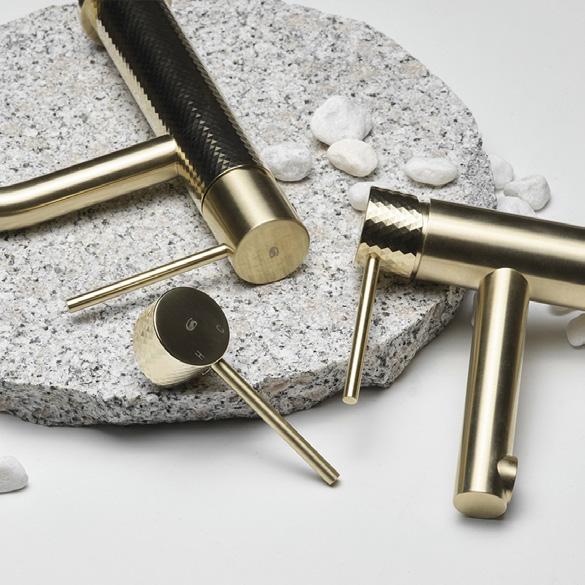
Greens Tapware is easily accessible and available to purchase through Holders Plumbing Plus in Napier and Hastings.
Greens Tapware have currently released a new range of products. This includes their Tesora, Maci & Mika ranges. H O L D E R S

It is new year. Time to hit the refresh button in our lives. And take a long hard look at the way we live. The house – so much more than bricks and mortar. The garden – so much more than soil. The interior – so much more than walls and floors. So, we asked the experts – the architects, the landscapers, the interior designers – who have made their mark on Hawke’s Bay, what they would do to refresh and renew the way we live. Their answers will recharge you.
 Hastings District Council is proud to sponsor BayBuzz culture and lifestyle coverage.
ABOVE: Architect, Justin Matthews at the refurbished Opera House precinct.
Photo: Florence Charvin
Story by Michal McKay
Photos by Florence Charvin and contributed
Hastings District Council is proud to sponsor BayBuzz culture and lifestyle coverage.
ABOVE: Architect, Justin Matthews at the refurbished Opera House precinct.
Photo: Florence Charvin
Story by Michal McKay
Photos by Florence Charvin and contributed
“It is easy to pull a house down. Anyone can do it. But the prospect of renovating an old house is far more satisfying and really stretches creativity to very new places.”
Andy Coltart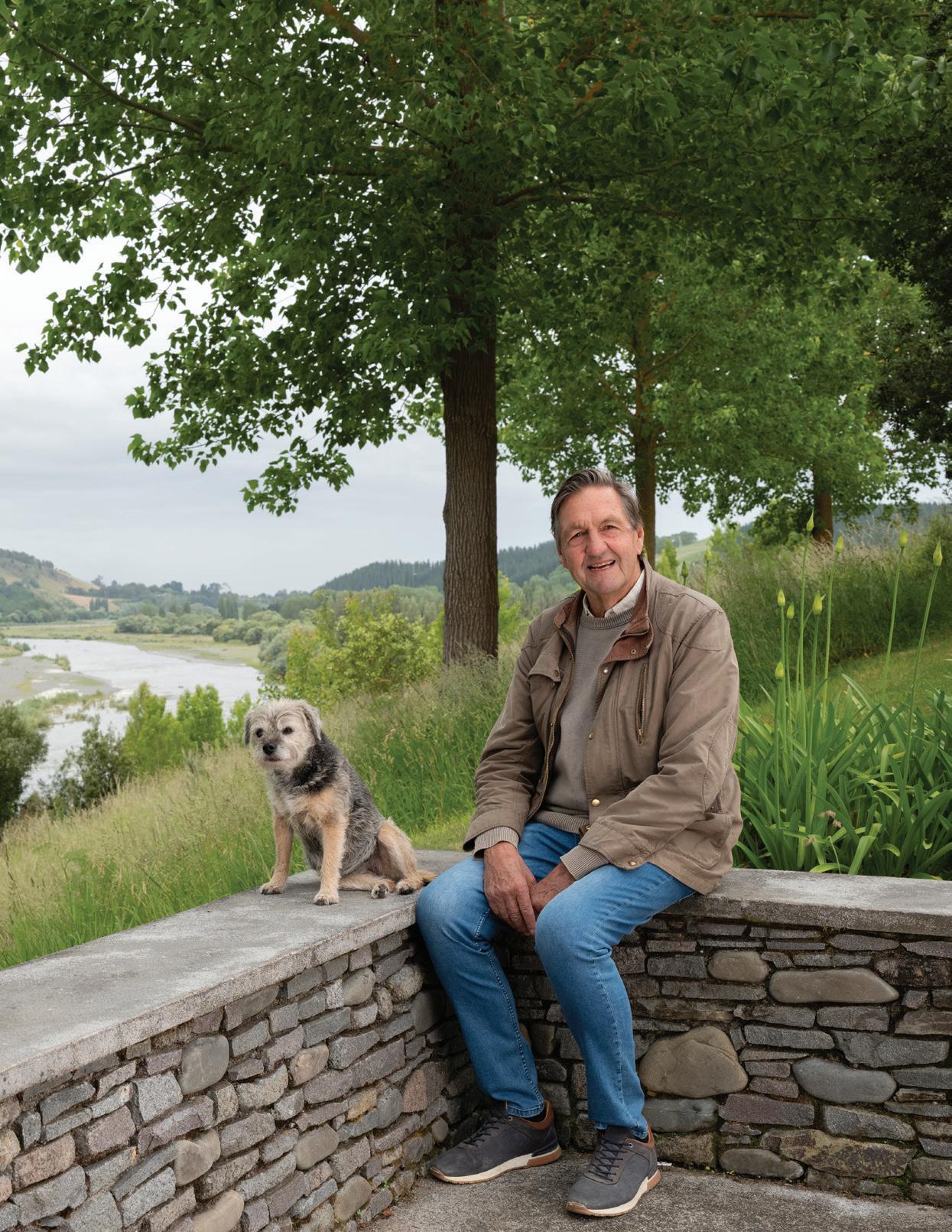
Andy Coltart and Justin Matthews have put their stamp on our city. If you’ve been watching the development of the precinct which sits in the Opera square or taken a drive up Matangi Road in the Tukituki valley, you’ll know why. Their love of the old, their knowledge of design and the talent they possess to transform bricks and mortar into something more than magical, is obvious.
So, it was natural to seek out their thoughts on our theme for this issue –refresh and renew. Leading us straight into the overall question: ‘How would they go about refreshing a home that has seen better days?’
When an owner enquires about ‘adding-on’ to a villa, how do you manage that? What comes first?

Andy: I absolutely love the challenge of a renovation and it is probably one of the aspects of what I do that I love most. If you go to Europe for instance and look at the renovations in Portugal and Spain and see the additions they have done – mind blowing. That combination of crumbling brick with the contrast of steel and glossy zinc. The ancient with the new is a great mix and it is happening a lot in the old cities where stretching space is a challenge. Generally they are a bit tight side to side, so the options are front and back and streetscape is not so user-friendly.
In many parts of Auckland for instance, like Ponsonby (where additions to villas are the bread and butter of architects, there are many amazing examples), the front façades are protected, so depending on the sun lines, it really works well to create a modern pavilion room on the back. This could encompass a largish kitchen and living space opening onto lawn. Ideally the hallway would be widened, and some walls pulled out to make nicer bedrooms or another bathroom. I just love the pavilion as an addition because
you can use heating, lighting, glass –all right for the modern lifestyle and a perfect contrast.
Justin: This often depends on the owner’s preference and the location of the house. Where the addition is adjacent to a significant character façade, the general approach would be to design the exterior to be in character with the existing villa, and this would likely flow through to the interior. This too may also be a requirement under town planning rules where the home is in a special character zone.
Often new additions are made to the rear or sides of a villa where character or heritage requirements do not apply, and a choice can be made in terms of the style. Whether or not traditional or contemporary, we look to design additions that reflect the scale, form, and proportions of the original villa. This approach tends to ensure that any new addition will relate to the form and spatial qualities of the existing villa.
When designing interiors that are to be in keeping with the villa’s character, we would think about creating spaces that have a dedicated purpose, feel, or intimacy which is generally more character appropriate than designing expansive open plan spaces. In this instance, spaces would also be designed to have matching features to the original villa, such as windows and doors, joinery fixtures, and decorative mouldings such as skirtings, architraves, cornices, ceiling roses, and wall panelling.
Often, owners want new additional spaces to feel contemporary. In this instance we would aim to differentiate the new from the original. Offsetting decorative with pared-back contemporary can be a highly successful way of highlighting the home’s original character. Continuity between both styles can then be enhanced through finishes, for example, consistent colour pallets, materials, and furnishings throughout. Often, cues from the original building can be reinterpreted in new areas, for
instance in tiling patterns, or by incorporating decorative motifs into new fixtures and furnishings.
Might there be aspects a Villa offers that might be just tossed away when in fact they should be treasured and re-treated instead?
Andy: It is easy to pull a house down. Anyone can do it. But the prospect of renovating an old house is far more satisfying and really stretches creativity to very new places. Not to forget the carbon print aspect – so much better to renovate. Pulling a house down hits the carbon print measure to heftily elevated levels – a reno is ground level. Most early villas have Matai floors. They tarnish off with age but if sanded they get a bright orange hue which is almost impossible to stain out. Advice on Matai ... do not clean up too much; maybe wire wool by hand and seal with gloss or Osmo oil which is more semi-gloss. And it is best to get a slight gloss, or the floor does not look clean.
Justin: There are many original materials and features that can be salvaged and restored. Original native timber tongue and groove flooring can be stripped of existing coverings, machine sanded and recoated with clear or translucent coatings to restore them to their natural beauty. Any areas which are decayed or damaged and require patching due to layout changes can be replaced by sourcing recycled timber, such as Matai, Kauri, or Rimu. Timber can be salvaged from areas being removed like lean-to structures built at the rear of an existing villa.
How about cleaning-up original features that would be wonderful if highlighted and not hidden – such as a fireplace, staircase, wrap-around porch?
Andy: Cleaning up the odd feature is the best result. Top rail of a staircase
OPPOSITE PAGE: Andy Coltart and his much loved pooch Gillie overlooking one of Andy’s favourites, the Tukituki Valley.in natural and stair battens painted off-white is a good look.
Justin: It is common for original heritage features to have been covered over, enclosed, or altered at some stage in the building’s life. Often original decorative ceilings, wall panelling, fireplaces, verandas, stairs, windows, and doors may have been closed in or covered up. In this instance any non-original linings or coatings can be removed to reveal beautiful features which can then be restored to original condition. Damaged or missing decoration made of timber or plaster can be re-fabricated to match. For example, existing plaster cornices and ceiling roses can be recast using moulds taken from existing ones. Replacement timber, plaster, and pressed metal decorative mouldings can also be sourced from various suppliers. When fully restored, decorative features such as ornate timber and cast-iron fireplace surrounds, become centrepieces of the home and provide a unique sense of history.
What about the alternative aspect of updating features that are outdated and beyond restoring – how to update them with modern replacements and blend the old with the new?
Andy: The kitchen is the room in the house which is redone or renovated more than any other room. Go to a cocktail party and the talk will
“Kings don’t touch doors. They do not know this bliss: to push a pair of simple doors open when entering a room is a good feel.”
Quote from the book Black Barn
inevitably turn to kitchens and renos someone has done or is about to. And the conversation of those who have renovated is about things they wish they had done. It is the most talked about room in the house – getting everything right is a bit like hitting bullseye on the dartboard. If at a loss for chat – most debate is about kitchens!
Justin: Outdated original spaces, for example kitchen and bathrooms, commonly require replacement. Whether modern or traditional in style, they need to function in a contemporary way. A contemporary kitchen or bathroom fitout can be appropriate in a modern extension when distinguished and separate from the original villa. On the other hand, modern fixtures and appliances can also be incorporated into traditional designs. In the design of modern replacements, we would look to achieve a balance by referencing traditional materials, details, and motifs.
If your house leaves your design instinct feeling cramped how to breathe new life into the floor plan?
Knocking down walls, widening doorways, changing window framing?
Andy: Load bearing or not, it is best to take the walls out. Very strong timber flitch beams are available. Certainly, widen doorways or no door or a pair of doors. Do not try and hide the original shapes as this can be expensive and confusing.
Justin: It is often possible to connect adjacent spaces by forming new openings between them. This will create improved open plan living layouts and be achieved by minor changes without major alteration or extension; however, to ensure it is achievable and to avoid running into structural or construction issues, it is important to consult with design and building professionals.
There may be a patchwork of renovations in the original villa which can create a real hodge podge of styles –how do you blend them together again to bring cohesion?

Andy: The secret with this is don’t make one room too flash, as the rest will not measure up. If budget is tight just do minor reno and paint throughout.
Justin: As far as possible it is best to remove any non-original elements that compromise the original character, and then restore any original features. Doing this throughout the house will remove any inconsistencies in style.
Contemporary addition to villa, Mt Eden, Auckland.A common example is where modern doors and windows have been installed. Replacing these with new or salvaged ones to match traditional styles goes a long way towards returning a villa to its original character.
What about replacing minor fixtures to bring in a modernity – e.g., door handles, indoor and outdoor light fixtures, covers and vents?
Andy: The big issue with door handles is that colonial villas mostly had extremely high door handles. Maybe to lock the kids in? Classic French doors may have a handle as low as 700 to 800 mm. The ultimate in my humble opinion is light switches and handles at 900mm from floor.
Hardware in a house – old or new –can be the most beautiful objects in the house – I just love it. If you look at the ancient handles which are huge and gorgeous – they are very thought provoking. And where the handles are placed is very important – if you look at the difference between the houses of the nobility and the workers, going back to my quote about Kings – it’s all about lifting the arms – it needs to be a seamless movement with the royals – so they will be high. But in homes of those who couldn’t afford much, the workers, they are sure to be low. Even these days, ‘Where to put the handle’ becomes a real “Oh my goodness, where to put the handle?”
Justin: There are many options when it comes to modernising services. Period fixtures such as light fixtures and switches, power outlets, and plumbing fixtures can all be sourced. Lighting is specialised, and solutions will vary depending on different requirements. It is best to work closely with an experienced lighting designer or supplier. Similarly, quality period style hardware for doors and windows and the like can be sourced from specialist suppliers.
How do you repaint with colours that tie your home together? What can colours do for a room?
Andy: If the rooms to be refurbished are square stopped with no scotia, it sometimes works best to use one colour on walls and ceiling. If a colour change is desired, just add a simple scotia and change the colour at the bottom of it.
Justin: We find that neutral colours are often a good basis. It allows accents and pops of colour to be overlaid and creates a base for owners to showcase and evolve their own style.
Often the orientation of a villa,

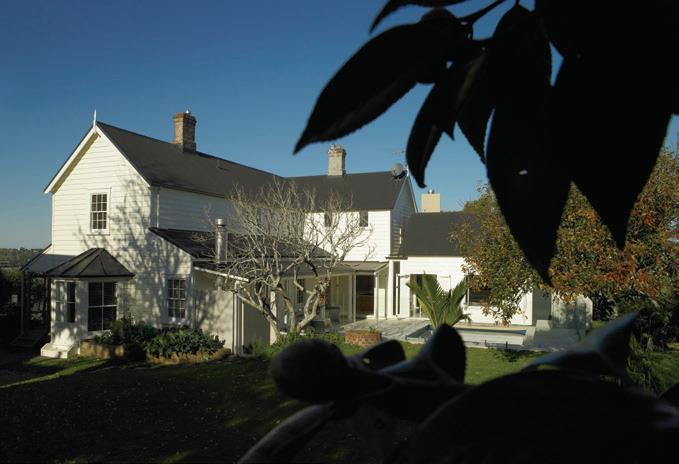
together with soaring ceilings and the position and size of windows, can make the interiors quite dark. Introducing light colours, such as clean and subtle warm whites will enliven any space. The play of natural light reflecting off light surfaces can brighten the spirit of a home, making it more inviting and liveable. Natural timbers offset against light colours will also highlight the timber and provide a sense of warmth.
Other colours, through careful selection, can be incorporated to create specific moods and atmospheres. For example, deep heavier colours can be used to create intimate or cosy spaces. Decorative and ornate wall papers can also be used to create a sense of decadence or formality reminiscent of the Victorian era. We also investigate original colours that have been used in buildings to inform a colour scheme, often these can be soft natural colours and pastels.
And at the end, what about furnishings, and mixing different periods? Andy: It’s really nice to have different furniture styles … gold or silver leafed mirrors or furniture mixes very well with more traditional styles. Chuck in a bitof Louis 15! Justin: The selection of furniture, soft furnishings, and artwork will make or break the success of a space. Creating consistent themes through materials and colours is important when using furnishings from different periods. Furnishing should relate to one another in some aspect.
Similarly, it helps if modern furnishings relate to original material. Employing an interior designer or architect with an eye for good design can make all the difference, and consulting suppliers who have experience and a passion for furnishing period style homes.
Contemporary addition to villa, Parnell, Auckland.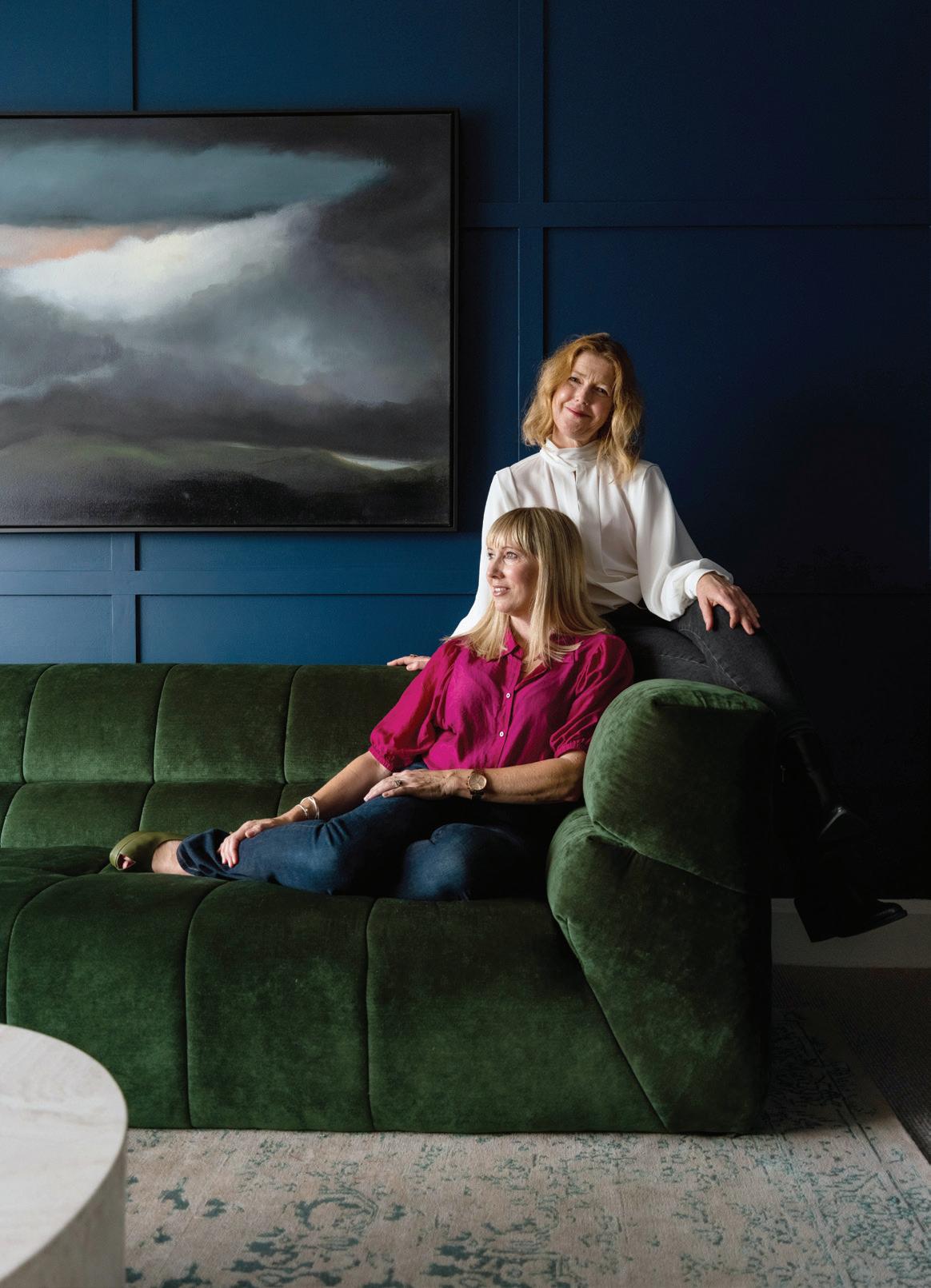
One of the 20th century’s bestknown designers, Le Corbusier, once said: “The home should be the treasure chest of living.”
Many a Hawke’s Bay home has become just that through the talented touch of inspired and inspiring designers Asha Payton of Little & Fox, and Vic and Dael from Bibby and Brady. Here are their thoughts on how they go about it.
Should one start by simply rearranging?
Asha: This is one of my favourite ‘hobbies’. How on earth do I manage to move a whole room around on my own before the family gets home, I never quite understand, but as the saying goes, “No one is more determined than a woman rearranging furniture by herself.” It has to be done and, oh it feels good! Your room will help dictate the space. Don’t over think. It’s about the feel and flow. Moving a rug, moving some art, and decluttering. Pieces that are just not adding value to the space this time could maybe be used in another part of the house. Rearrange your bookshelf and change out the collection of pieces you have on your coffee table. It could be as simple as that!
Vic and Dael: We always recommend starting your design process with a really good edit. Take everything out of the room except for the large furniture pieces and look at it with fresh eyes. Are you happy with the arrangement, does it have good flow?
If not, try moving furniture around. If possible, move furniture away from the walls. It always surprises us how many people push all their furniture to the edge of the room and have their coffee table floating in the middle out of reach and disconnected, or the seating disconnected from each other.
Pull your furniture in to create cosy, social settings.
And what about the ‘great purge’ that accompanies a rearrange?
Asha: Doesn’t it feel so good to give away! One person’s ‘rubbish’ is another man’s treasure. We have so many outlets to trade in this way. Auction houses, marketplaces, road fronts and Trade Me. Making space allows new designs and creations to take shape. And creates the opportunity for new treasures to be found!
Vic and Dael: Put all your accessories in another space, perhaps on the dining table or kitchen bench, and ‘shop’ from your collection. Look at each piece and consider whether you would buy that if you saw it in a shop today. Only put back those pieces you love, and don’t feel you have to put them back in the same place. You may want to move some pieces to other rooms in the house. We regularly move pieces around our rooms to refresh each space.
What about the gaps? Unwanted spaces, floors that need a refresh. Time to shop?
Asha: It’s always good to start from the ground up. Consider an interesting area rug, large, not small. You want the rug to ground your furniture, not confuse things.
Lighting is always super important in a room. I’m a huge fan and always will be of a good table or floor lamp. Far more ambiance and mood can be created plus you get to add your own personality here. If you’re doing a more extensive renovation don’t forget about wall sconces! Down the hallway, bathroom, or a reading nook.
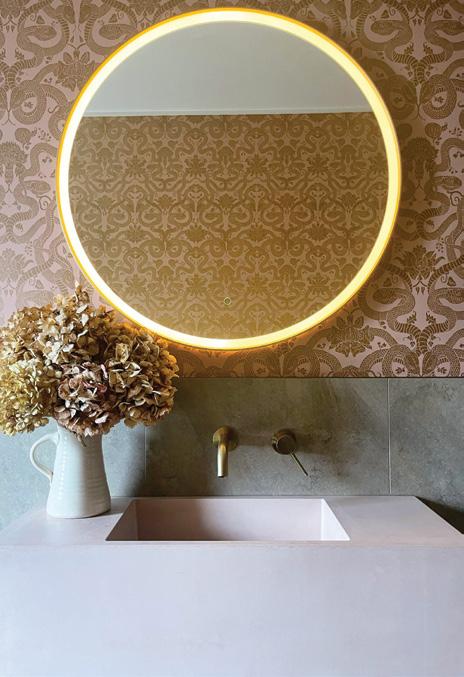
Vic and Dael: If there are any gaps after the purge you now have specific pieces to look for when you’re shopping. We love that final layer in a home; it’s the one that adds your personality. Keep scale in mind. Large-scale pieces like a large lamp, balanced with a large vase add drama and interest and create a less cluttered look than a lot of tiny pieces would. Place smaller pieces on top of books to ground and group them. We try not to have any decor pieces smaller than an orange.
Easiest to start with re-painting?
Asha: I love paint! Especially Aalto paints with their incredible depth of colour. This truly is a very inexpensive way to liven things up and create change. Don’t be afraid of the dark and moody, some rooms and homes really need and want this depth of colour and with good lighting it can really create an amazing and truly unique space. Think about adding in some wall panelling or ceiling panelling to
OPPOSITE PAGE: Vic and Dael seated in a warm, dark setting against a stunning example of wall panelling to elevate an otherwise plain room. RIGHT: A beautiful way to highlight a bathroom setting with a rounded, lit mirror. (Asha)create even more interest. And contact a designer if you need help! This is the fun part! And let’s not overlook the amazing DIY Annie Sloane Chalk Paint for renovating both walls and furniture – the colour palette is outstanding. It’s also unbelievably easy to use – no prepping or priming just paint; it’s so quick, and wonderful for stencilling or rubbing off. It changes the look of an old piece of furniture like a dresser or chest or doorways, instantly. Try painting out an old lampshade for a ‘pop’ of colour.
Vic and Dael: Without a doubt painting a room is the least expensive way to create impact. Look at existing pieces in your room like furniture, art, curtains and flooring, and choose a colour that will be harmonious; you could even pull the paint colour out from one used in your art or rug. We’re not fans of feature walls, if you love colour we encourage you to go for it and paint your entire room. Don’t forget the trims and ceiling, we’ll often paint the trims and ceiling a fresh white, but on occasion we’ll paint the trims, and even the ceiling, the same colour as the walls. If done right it looks incredible and is especially effective in media rooms and powder rooms to create a cocooning feel.
Asha: We have recently renovated and found the house really did dictate the direction of our renovation. Working effectively to enhance what you have is so important and in keeping with your surroundings. Our Te Awanga bach was built around the 1950s with wonky walls and mixed levels from continuous addons from years gone by.
One of the first things we did was repaint and paper. In the office we used a gorgeous Mulberry tartan wallpaper on the ceiling with white trims and shutters, walls we painted dark green. We used interesting moody colours in the kids’ bedrooms (these are on the southern colder side of the house so I decided to keep them warm and dark). We needed to create a sense of openness and space in the living room so went for a really appealing warm white by Aalto and introduced a bit of interest with a feature panelled wall by Laminex and a huge built-in bookshelf to create space and height. I love built-in furniture. It creates depth and interest to a home.
Vic and Dael: We love to use wall panelling to elevate a room and add architectural detail in an otherwise plain

 ABOVE: Wall panelling, a highly placed doorknob and side light bring light and interest to an otherwise plain room (Asha).
RIGHT: Clever use of wallpaper –across the attic ceiling – giving a typically unexpected Little & Fox touch. OPPOSITE: Asha Payton, owner of Little & Fox with her friend Coco Sparkles in a setting which typifies Asha’s style.
ABOVE: Wall panelling, a highly placed doorknob and side light bring light and interest to an otherwise plain room (Asha).
RIGHT: Clever use of wallpaper –across the attic ceiling – giving a typically unexpected Little & Fox touch. OPPOSITE: Asha Payton, owner of Little & Fox with her friend Coco Sparkles in a setting which typifies Asha’s style.

room. There are lots of different styles to choose from – v-groove, box moulding, board & batten, wainscoting. The style of your home will dictate which style of panelling you choose. If you’re handy you could apply the panelling yourself, otherwise talk to your local builder or handyman.

What about the ‘little things’?
Asha: Changing the cushions twice a year is a great way to lighten a room for summer or warm up a room for winter, pack the old cushions away in the shed and bring them back out the next season. Too easy. A nice throw over the

back of a chair, or a fresh picked bunch of foliage. Lighting a candle – that really sets the mood.

Vic and Dael: It’s amazing what a difference an updated handle can make in your kitchen, wardrobe, dresser etc. Knobs are easy to replace as there is only one hole, but if you have a D handle measure the distance between the two centre holes and look for new handles with the same centre handle distance. This will save you having to fill holes if the new handles are a different size.
And the unexpected?
Asha: Asha’s philosophy is to find “one
piece that sparks” – in other words a statement piece. Making a true statement in a room gives it character. For instance a beautiful headboard in a strong print or colour transforms a bedroom. The same with reupholstering a tired piece of furniture – what was something you kept in the upstairs room can be an item of joy when upholstered with an unusual colour or printed fabric. And these pieces are generally the lifetime pieces that you want to hold onto.
Vic and Dael: Replacing old pendants and lamp shades can change the look of a room quite dramatically. If possible,
“Employing an interior designer or architect with an eye for good design can make all the difference.”
 Justin
Justin
add dimmers to your lights so you can create different ambience for different situations. Make sure to hang your pendants at the right height. This will be dependent on factors such as the scale of your light and the height of your ceilings. Kitchen pendants will often be hung 70-80cm above the bench, and over a dining table we’ll start with 75cm higher than your tabletop. Each space will be slightly different, we use our eye to get it just right, but these are good measurements to start from.
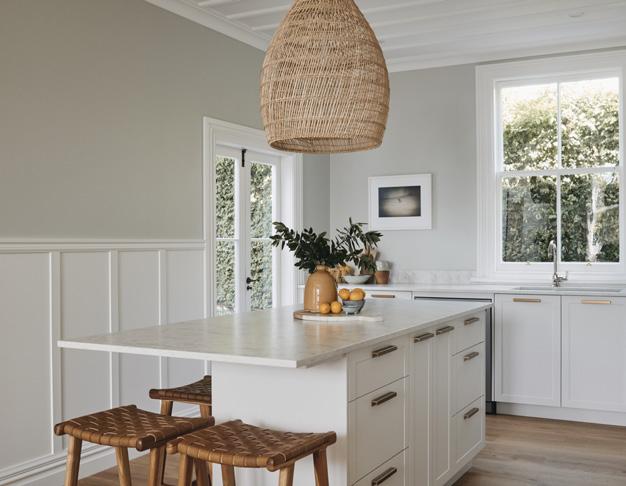
Invest in a rug?
Asha: Rugs have become more
accessible in recent years, especially the overdyed and patchworks of unwanted ends – they are inexpensive in comparison to new carpet and make a lovely statement. Once again, it’s starting from the ground up! Floor rugs I absolutely adore and it’s one of the first things I do to change the mood of a room. As a self-confessed hunter and seeker I am often trading with people from all over the world hunting down that perfect rug.
Vic and Dael: The right rug can totally transform a room, but the key is to get the right size. Don’t get a tiny rug that your coffee table fits on but nothing
else. This is the quickest way to make your room look too small and cheap. The golden rule is that the front feet of all your chairs and sofas sit on the rug. If all the legs fit on, even better, this will make your room look really spacious.
Under your dining table the rug needs to be large enough to pull the chairs back without them falling off the rug. Yes, the larger the rug, the larger the price tag, but it’s something we would recommend getting right. If a hand knotted wool rug is outside of your budget, start with a large jute rug.
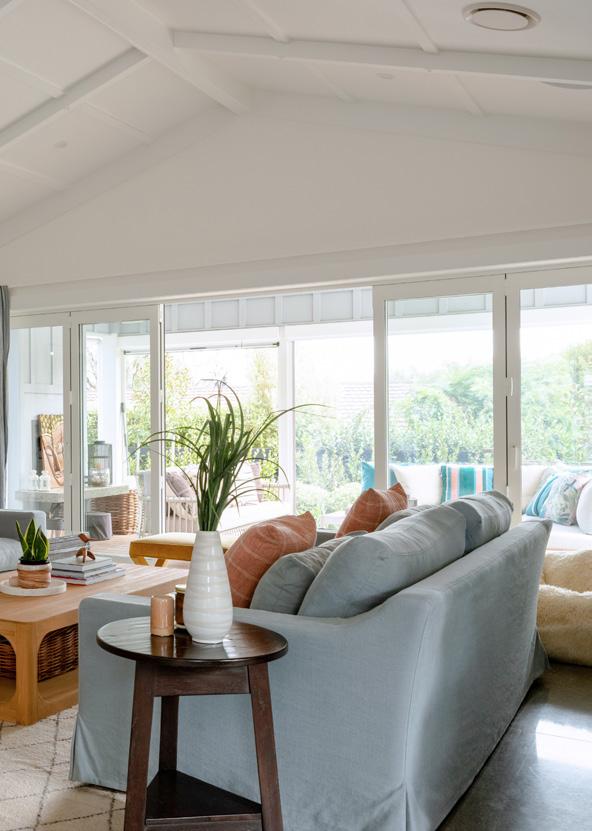
Matthews, ArchitectCLOCKWISE FROM TOP LEFT: The right rug can totally transform a room – ensure it is the right size. Does your room have the right layout and flow – note furniture placed away from the walls with easy access to the coffee table. It’s amazing how the right knobs can transform your kitchen, wardrobe or dresser. Fill the gaps with those things that reflect your personality and style keeping scale in mind. Consider those pieces you know you would buy again and ‘shop’ from your collection as seen here. (Vic and Dael)

Hawke’s Bay is known for its soil. So rich, the region has become recognised as the ‘fruitbowl of the country’. But it’s a lot more than that, as Frayne Dyke-Walker and Charlotte Pedersen, two gifted local gardeners and landscapers, have discovered. We talk to them about their lives and their thoughts on refreshing your garden plus a little more – we are sure it will give you immense joy!
Frayne Dyke-Walker: Landscape designer/horticulturist

Frayne comes honestly to her love of landscaping and gardening – her grandparents were Gardners by name and passionate gardeners, with a quarter acre full of veggies and flowers. No lawn. Ground for a passion to grow.
Yet after leaving school she embarked on a broadcasting path, ultimately working in Sydney as a film editor, but also gaining Landscape Design and Horticultural qualifications from Ryde College of Horticulture.
After 40 years of television, she and her husband returned to Hawke’s Bay, where she continues to combine film making and landscaping. Of which she says, “When we returned to Hawke’s Bay initially, I imagined it would be a bit more difficult to indulge a simultaneous film and landscape career. Through friends I was offered a dream landscape gardening job that resulted in an unexpected film opportunity and hence connected with people from both worlds and have been having fun ever since.
“Hawke’s Bay in all its seasons is amazing, but that surge into Spring is a tangible energy force that you can feel deeply in both gardens and growing in the adjacent fields. We are
extremely blessed to have our home here amongst this amazingly fertile community.
“I hope that this explains a mad passion for both film making and growing and the many similarities between them that make it possible to do what I love. It’s all about putting the right pieces of the jigsaw together with a generous dollop of thoughtful TLC.”
Charlotte Pedersen: Creative director, landscape designer, Espaso Verde Charlotte too has gardening in her blood. She grew up in the country and comes from a family of gardeners, so from an early age has been involved in nature, the outdoors and naturally, the plot outside. She had an interest in studying landscape architecture, but following high school chose a different path and instead travelled for several years.
However, when she did return her aim was to find a career that combined the outdoors, art, nature, and plants. So, she studied at the Hamilton Gardens Campus through WINTEC. And once her studies were complete, she moved from Hamilton to Taupō and worked for herself for several years before moving to Hawke’s Bay where
she continued designing gardens and collaborating with local contractors to complete the installations.
Her husband Jason had started working for Espaso Verde in their constructions team and Charlotte began contracting to them as their Landscape Designer. She also worked in the construction area as well as taking care of gardens.
After Espaso Verde had been in operation for three years, the owner decided to move abroad, so Jason and Charlotte bought the business. That was the end of 2007. Over the last 15 years the two of them have grown it to a team of nineteen who Charlotte describes as “truly awesome”, as well as raising a young family. As Charlotte puts it, “there have been lots of challenges, but we love creating beautiful landscapes throughout Hawke’s Bay.”
Here they divulge the secrets of the gardens and landscapes they have created.
First question for any client is, ‘What is the purpose of the refresh?’ Frayne: Refreshing gardens for me starts with divining what the client is hoping to achieve – and often as not,
OPPOSITE: Frayne DykeWalker in the place she loves most – her garden doing what she loves most – gardening.clients are rushing to sell, and they do not want to spend a lot but do want to zoosh their garden. But it also may be a renovation, or a new build.
Charlotte: Every project is different and so are the reasons to renovate a garden, for some it is a completely new landscape where they start with a clean slate. For some it’s a home they have always lived in, but they renovate the house so decide to also refresh their landscape. Then people buy a new home and renovate it, but they have inherited an existing garden that they want to make their own, so sometimes will retain parts of the garden or structure. Essentially renovating a garden is about making it your own, creating spaces to enjoy and share with friends and family.
The first steps are deciding, have a vision to which you can work. Do not just rush out and start throwing things together – every good garden begins with good design. Identify what you want to change or improve, what are your constraints and opportunities and then you build a plan from there. This ensures an air of cohesion round the property achieving a sense of unity and a garden that feels like it’s meant to be there.
Do you like your clients to offer visual likes and dislikes? Would you suggest to them that they gather a file?
Frayne: If it is a redesign that is required, then the client’s brief is key - it’s great if they can provide a visual reference of their likes and dislikes, their needs, and their budget. And perhaps the works do have to be staged, but getting an overall master plan to work towards helps everyone make decisions when they have the vision stuck on the fridge.
Charlotte: Forming a mood board or gathering images of what you like is a great start, this provides inspiration for the design and helps you to visualize. All our clients are encouraged to share any images or pictures that may have caught their attention, a lot of people use Pinterest to gather ideas, this provides an insight into their personality and what style they like.
After deciding what they want what comes next? Are there problems to overcome in the way of plants in wrong spots, too wet etc. drainage not as you would want?
Frayne: Most garden refreshes start with clearing out the weeds! Then figuring out the problems – too dry, too
wet, too shady, plants planted in the wrong position, too overgrown, identifying pests and diseases. What needs remedial pruning. Identifying the key areas of use, then drainage – especially stormwater, making sure the entrances and exits are apparent and safely accessible and well lit.

Charlotte: Yes absolutely, all of this is part of the site assessment. Gathering information prior to starting any garden design or refresh is essential. Often people have tried to establish a garden with little knowledge and so require expert advice. This begins by looking at what is existing, what works and what does not, how the spaces relate to one another, is the garden over planted, are there plants that could help the new vision for the property, or do they need to go? What plants work?
What about the watering and irrigation?
Frayne: Sometimes it’s simply just sorting out the watering that makes a garden come to life.
Charlotte: An irrigation system can assist certainly, however planting the right plants can reduce the need for long term irrigation. One of the biggest problems with irrigation is people tend
“If you’ve never experienced the joy of accomplishing more than you can imagine, plant a garden.”
Robert BraultLEFT: Adding interest to a shaded area with an unusual pathway which leads to perfectly placed pots and seating. (Charlotte)
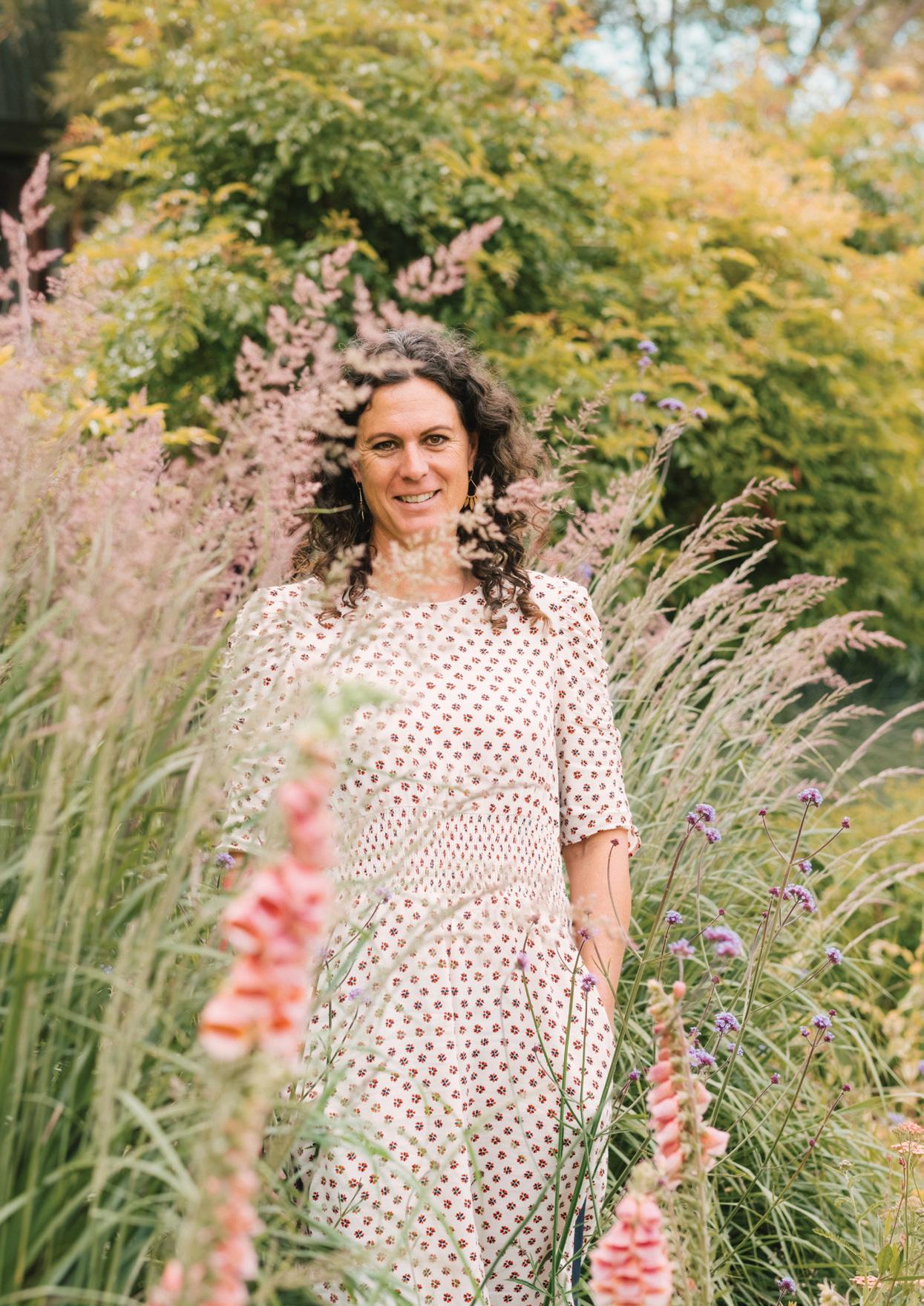
to overwater, so understanding the requirements of your garden is key.
And do ground levels make a difference?
Frayne: Often it is the ground levels that have an impact. Too many level changes are dangerous, but sometimes a couple of various levels give you ‘rooms’ providing, of course, that access between the levels is safe.
Charlotte: All sites are different and so addressing levels is a key part of design. There are building regulations that must be followed for both hard surfacing gardens in relation to finished floor levels. In addition to this, working out how to transition between spaces and around the garden when you are on a sloping site can be tricky for most people, but engaging with an expert can help you get the most out of a site. Change in level adds interest to a garden and can be an asset rather than a problem; this can allow you to step down to a sunken area or enhance a vista by framing a set of steps, there is the ability to introduce terraces – there are lots of opportunities when a site is not flat.
Do you consider view framing from inside the house out to the garden?
Frayne: A key step is the framing of views, sorting out the viewpoints from inside the house to the garden and within the garden to have pleasing and restful compositions to see from the key areas identified with the client.
I’ve got a vertical garden at home that I originally had positioned outside a utility room window that had a corrugated iron fence outlook which changed the whole feel of the room – so much so I went and bought another one to expand the view. Once we’ve talked through the preferred plants it’s quite lovely painting the palette onto viewports with the structure in mind. What do you want to see from the lounge, the window above the kitchen sink? And of course, what they do not want to see has equal weight.
Charlotte: Vista or viewpoints in the garden are a nice addition, the inclusion of strategically placed planting or elements that lead the eye or a screen to block or divert a view. Knowing how and what to frame is about recognizing axial relationships within the garden and there can be many opportunities. Once an object and line of sight is identified you must figure out how to frame it. Often, we try to focus on keeping wide open views out to the garden but
providing a series of snap shots can be highly effective. There are situations where you would not want anything to interrupt a view – for example, a stunning view of the coast or mountain range, so understanding the difference and where the opportunity lies is a good starting point.
What about the introduction of colour to reflect style of the house and its owners? And is now the time to think about fragrance?
Frayne: Adding colour to reflect the style of the architecture and its owners is important. And often a last-minute thought, but adding year around fragrance gives a lift to the spirits.
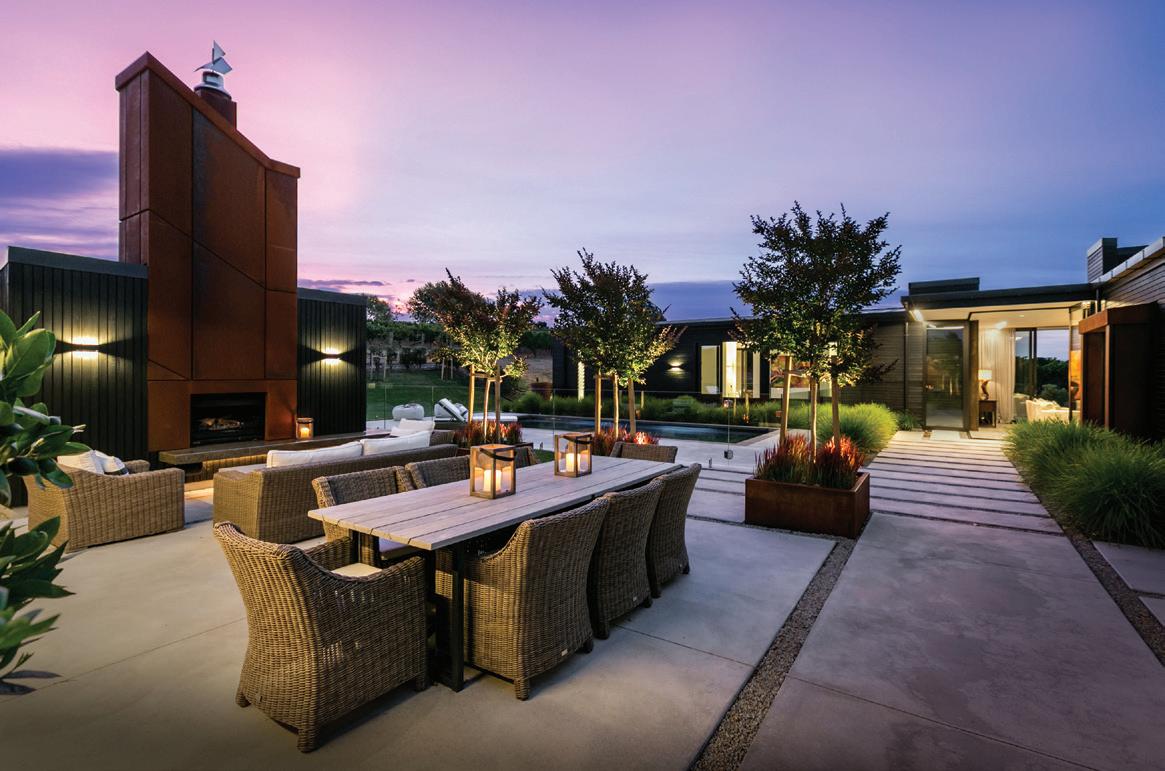
Charlotte: Colour is the first thing people notice in a garden, figuring out a colour scheme can be quite daunting, but the most important thing is to choose what you love, incorporate the colours you enjoy being around.
Is it important to consider the workload of the garden – annuals for instance always need replacing?
Frayne: Consideration must be given to the workload of the garden. Yes, it’s fine to plant annuals for a quick refresh, but will the client want to do
ABOVE: Adding lighting can refresh any outdoor area as seen in this fireplace and pool setting. (Charlotte)this three to four times a year to keep things looking good? I also love it when the clients themselves get involved with the works as it gives them more of a stake in the garden. And they’re more likely to remember to check the watering while watching the garden grow or do the glass of wine worth of weeding each evening that will stop weed seed heads from proliferating. Planting small and allowing it to grow is more rewarding than overplanting to fill gaps in the first instance but money is often the other perceived barrier here. And having to remove plants that don’t fare well when they get overcrowded (hedging is often where this problem first becomes apparent) just isn’t wise spending. Much better to invest in the long term.
Charlotte: Gardens can be designed to meet the time and energy available by the owner for maintenance, but certain plants will require much more care than others. Selecting the right species is key when considering maintenance. A refresh can be easy care if that is what you require – mass plantings can help with reducing workload and incorporating plants that don’t require all year round trimming and pruning. Establishing a perennial garden is
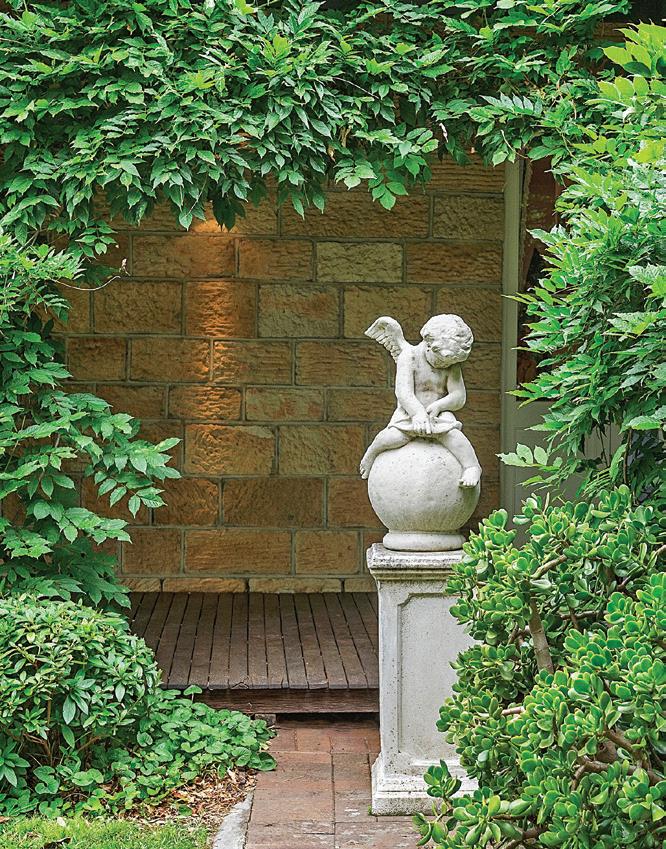
also easy care; annuals create a lot of work as you constantly need to replace them. Mulching your garden will help to conserve moisture and also reduce weed growth.
What about the veggie patch –growing for the table, herbs –thoughts on these?
Frayne: My other soap box is growing for the table even if it’s only the herbs to make your food taste great. So much can be done in pots or vertically if space is at a premium. Growing your own food is exciting, therapeutic, annoying when the white butterflies and slugs and snails turn up, and sometimes sheer hard work. But it’s about paying attention and being present. And I think spending an hour in the garden a day doing something means you’ve spent one working day a week there and it’s amazing what you can achieve.
Charlotte: So wonderful, so many creative ideas for veggie gardens. Untreated timber hardwood sleepers are great, Corten steel is an architectural material, concrete tubs and planters, old pipes and industrial products, concrete, or stone masonry … are great for holding warmth in the soil.
Gretchen has also been recognised as No. 12 Top Residential Salesperson Nationwide for Bayleys New Zealand, No. 20 across all divisions Bayleys Nationwide, and Top 5% of Bayleys Salespersons Nationwide for the third year running.
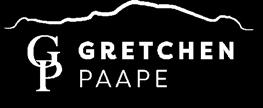

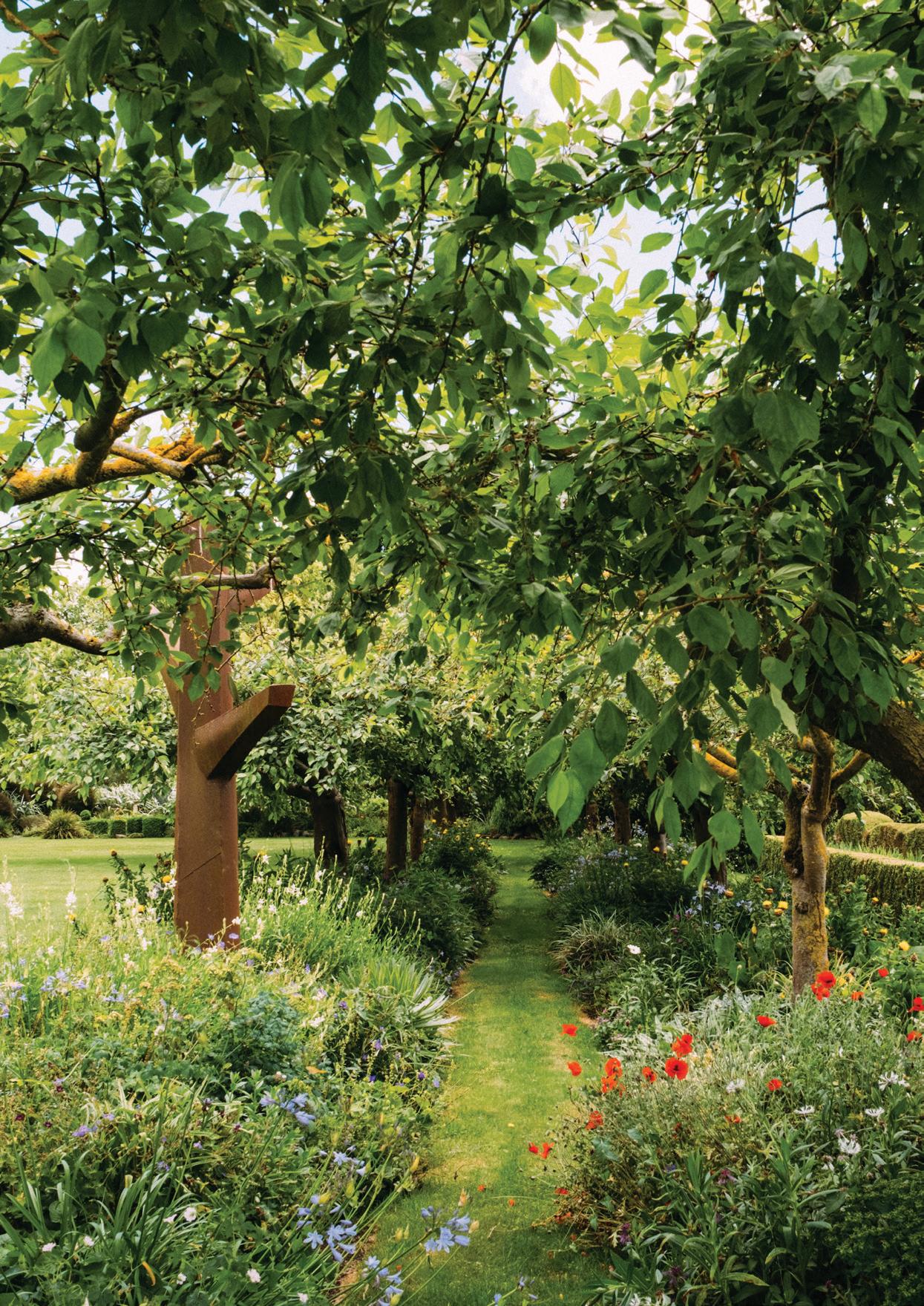 Story by Kay Bazzard
Photos by Florence Charvin
Story by Kay Bazzard
Photos by Florence Charvin
In November, puzzled murmurings could be heard at the Hospice Holly trail about the absence of its long-time partner, the Wildflower Sculpture Exhibition. The WSE has been a companion event to the biennial Cranford fundraiser since 2008. But this year it didn’t happen – why not? And where was it?
Julie Russell, who is the creative force behind the ambitious sculpture-in-the-garden event held the secret? Was it true there would be no further Wildflower exhibitions? Or would there be something different to fill the gap?
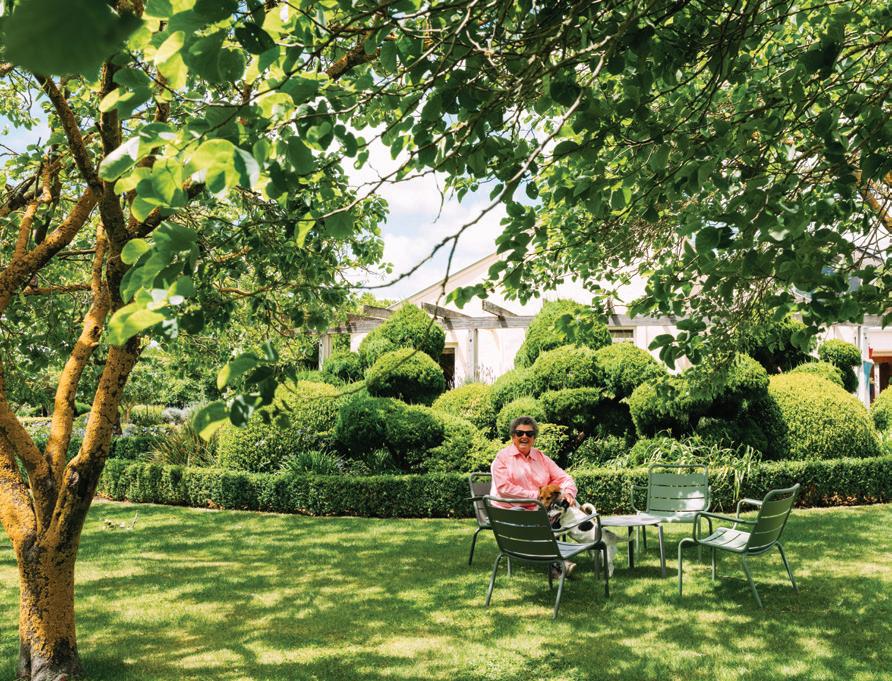
Looking out at her well-known Round Pond Garden, Julie revealed the good news. Fortunately, instead of the November biennial Wildflower Sculpture Exhibition there will be a similar, modified event in January 20, 21 and 22 to be known as the Wildflower Garden Party and Ceramics Exhibition.
“We’re hoping the event will feel quite different to the Wildflower Sculpture Exhibitions of the past, with it being at a different time of year and with a more low-key approach,” Julie explains. “As with the WSE, proceeds will be donated to the Cranford Hospice and while it will be smaller in scale it will give a focus to the region’s clay artists who will have individual displays over the three days.
In addition, the tea house will be open for refreshments including tea, coffee, cakes and ice cream, and a BBQ will operate. The garden itself will be filled with vibrant summer colour and offer fun for families with face painting and a caricature artist.
Why the change?
“I didn’t really want to let Wildflower go, but over the time of the pandemic the sculptors have had to make their own path by finding different ways to sell their sculpture. Cranford Hospice is also finding alternative ways to fund the huge amounts needed for their new build at Chesterhope and we thought, maybe it’s time to do something different, in a smaller way.
“You know, we are all getting older, yet our volunteers are as keen as ever to turn up, along with family and friends who come in support – it’s the fellowship and the fun that we have together,” says Julie. But what concerns her is that it is a huge commitment for everyone. For example, these volunteers have never been to the Holly Trail because it’s the same week and they’re fully tied up with WSE.
Julie and husband Mike’s intention has always been to help support Cranford and the artists who have flocked to the event with their amazing works over the fourteen years since it began. Julie still loves the idea of supporting Cranford and art. This event, she says, is a way of testing the waters.
BELOW: Julie Russell in her garden with her dogs Ron and Jack Russell.“We have put in totally different plants that flower later and will create a perennial wildflower meadow to attract insects and birdlife. Instead of poppies we’ll have cosmos, rudbeckia and yellow mustard; things that are more permanent and as perennials will keep coming up each year.”


 Julie Russell
Julie Russell
It’s smaller and only three days as opposed to the week-long Wildflower exhibit. “We need to see if we’ve got enough interest from the ceramic artists and, of course, from the public to come and see the art in the garden and to just wander around and enjoy it. We have to do it while there is still a good awareness and momentum from the ‘Wildflower’ brand.”
By positioning it in high summer, the change from a mid-spring experience held when there are so many other high-profile events crammed into the November calendar to one in January also provides an opportunity to create a different kind of wildflower garden.
“We have put in totally different plants that flower later and will create a perennial wildflower meadow to attract insects and birdlife,” Julie enthuses. “Instead of poppies we’ll have cosmos, rudbeckia and yellow mustard; things that are more permanent and as perennials will keep coming up each year. We’re hopeful with our new enthusiasm for a wildflower meadow we’ll be offering a different look for a longer flowering season. With a lot less work,” she adds with a hint of relief.
As a summer event being held before the children go back to school and after a holiday at the beach, a lot of people are here in Hawke’s Bay. The Russell team are really looking forward to it, although it will be harder to keep the gardens looking good at that time of year compared to the lush growth spurt of November. “But that is our challenge,” says Julie, undeterred.
“When people come they will see the vibrant colours of the January flowerings – like the red border, with the dahlias and colours of the perennial meadow; it will be totally different and perhaps inspire the gardeners to expand their own focus.”
Julie believes it will be interesting for people to see that a garden is much more than the usual November flowering delights and to also notice the importance of shade, adding, we need to work hard on creating shade in these times of warming climate.”
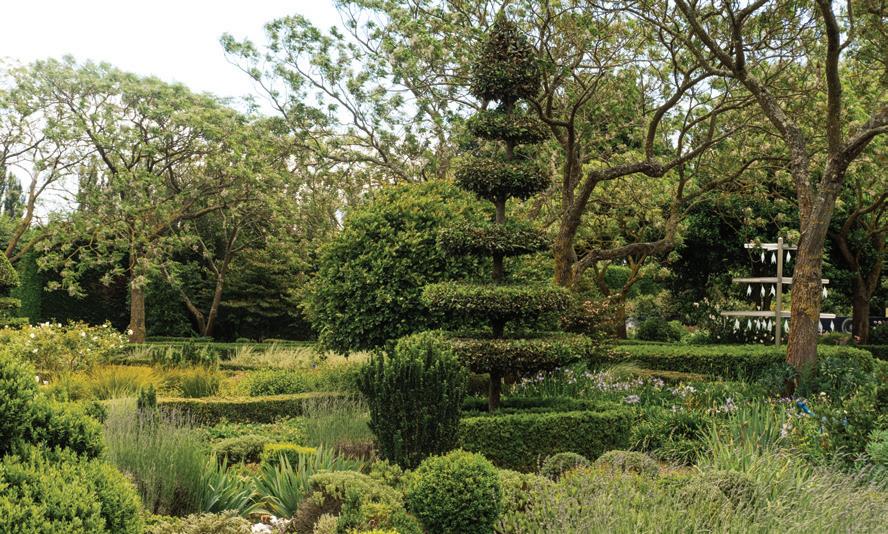
The Wildflower Garden Party exhibition is focusing on just one medium, that of fired clay/ceramics – highlighting just how successful fired clay/ceramics
are in the garden or indoors. “I don’t think people realise how good ceramics are outside,” she says. “The first sculpture I had was a ceramic ball made by Gaelene Morley and I’ve had it in the garden over 20 years; you just have to give ceramics a wash to be fresh and new looking.”
So far twenty-five exhibitors have expressed an interest in participating in the exhibition. With the multiple locations the garden offers, the ceramicists are able to display their own unique works in a space that allows a full focus on their particular style. A map will be available to help people find the featured ceramic artists as they navigate their way around the garden.
When the Russells began developing the garden in 1994, the property was all farm paddocks. The house was newly built and the Russell girls’ ponies were grazing in the front paddock.
Year by year, Julie’s vision for the garden was realised as new areas of trees and shrubs were extended across the paddocks as the young plants made their home in the rich Heretaunga plains soil. In those early stages it was a life and death battle with cold, vicious winds, drought and sweltering heat. However, as the Russells are horticultural growers, the water bores necessary to fuel the growth have allowed a summer regime of deep irrigation, which has helped hugely in the creation of Julie’s oasis amidst the cropping lands that surround their property.
Today, the garden is fully mature and a tribute to the dedicated work by Julie and Mike and their gardeners; a showcase for hundreds of grouped and specimen trees, pleached windbreaks and carefully sculpted shrubs and hedges clipped to form garden features and walkways. The wildflower meadow is one of many features of the Round Pond Garden, as are the Russell’s own collection of sculptures making big statements and providing lots of drama amongst the greenery.
Reminder: Gather family and friends to visit the Russell Garden and the Wildflower Garden Party and Ceramics Exhibition, 20-22 January at Rosser’s Road, Longlands.
 Story by Juliet Harbutt
Photos by Florence Charvin
Story by Juliet Harbutt
Photos by Florence Charvin
Ihave been preaching the gospel of cheeses to anyone who will listen since discovering the magic of cheese in a small Parisienne wine shop in 1983, and realising that the soil, grazing, wars and religion; not PR companies or the whims of a cheesemaker, determined the shape, size and character of Europe’s iconic cheeses.
Such was my obsession I even moved to London, setting up Jeroboams, the Wine & Cheese Shop, and in 1994 created the British Cheese Awards and Great British Cheese Festival. Hence, on returning to New Zealand in 2016, to indulge my passion I created my Hunter Gatherer Tours with cheese as the ‘Hero’ of the day.
All my tours, tastings and experiences are bespoke but, despite careful planning, my itinerary usually falls apart when we start sharing stories of food and travel and visiting our quirky, artisan producers and talented artists. After all you can’t hurry a fresh Strawberry Patch fruit ice cream or a honey tasting at Arataki Honey.
And as cheesemakers see visitors as
biological time bombs that can disrupt or even destroy their finely balanced microclimate essential to cheesemaking – visiting them is absolutely impossible – I created my Cheese & Wine Experience, a stand-alone event for 1 –100, or part of a tour.
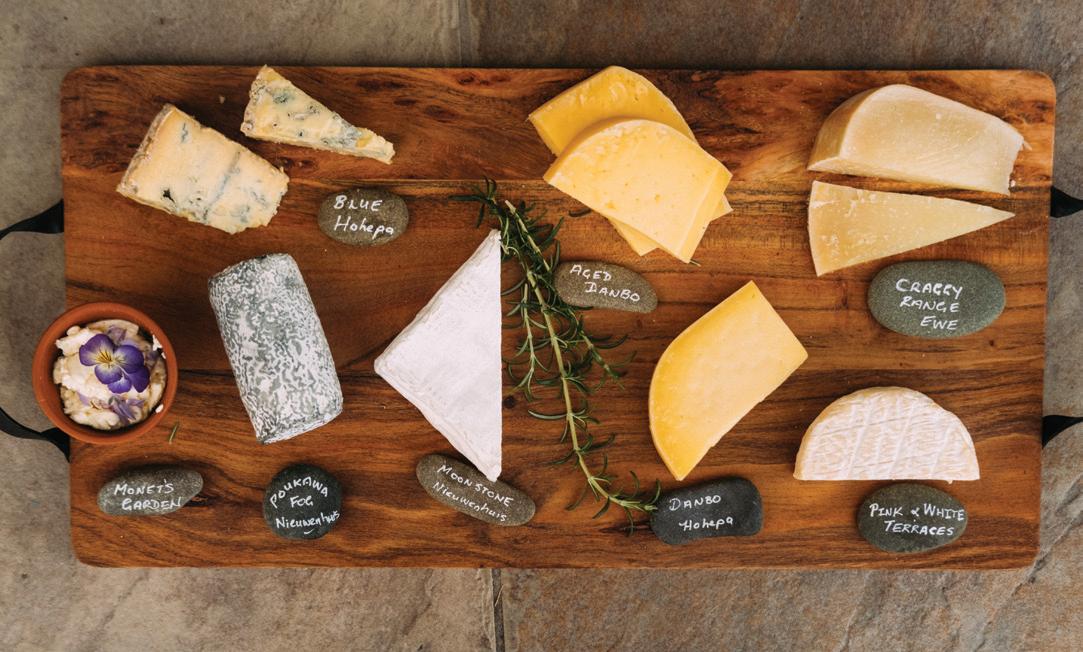
Typically, after a busy morning Hunting & Gathering we arrive at my home overlooking Black Barn vines [or guests come straight here] and, while my Jack Russell, Winston, takes guests in search of avocados and a glimpse of my wild quail [not on the menu], I persuade the cheeses to come to room temperature and get on with converting our discoveries into lunch. Asparagus drizzled with figgy balsamic, Ya Bon sourdough dipped in Telegraph Hill oil and dukkha, and I make kumara chips.
Then begins the almost serious part of the day – my Cheese & Wine Experience (Tasting in old speak!!). Discovering the stories behind each cheese and the impact of cider, beers and wines on their texture and taste. Some never to be repeated, others you never want to share.
Such was my obsession I even moved to London, setting up Jeroboams, the Wine & Cheese Shop, and in 1994 created the British Cheese Awards and Great British Cheese Festival.
The cheeses are all local, nurtured to perfection in my special ‘cellar’ and at least one from each of the seven major types of cheese. I start with fresh cheese – the softest and highest in moisture and too young to have a rind. Today is Monets Garden, my own ricotta inspired by Monet’s ‘Water Lilies’. It’s lemony-fresh, herbaceous with a mousse-like texture that turns cider into apple sauce and chardonnay into apple pie. Sometimes I use Greek Feta to establish what authentic feta (never cows’ milk!) should taste like –I can get quite bossy!
Next is an aged fresh cheese, Poukawa Fog (goat), with its classic wrinkly ‘brain-like’ rind. It is a small
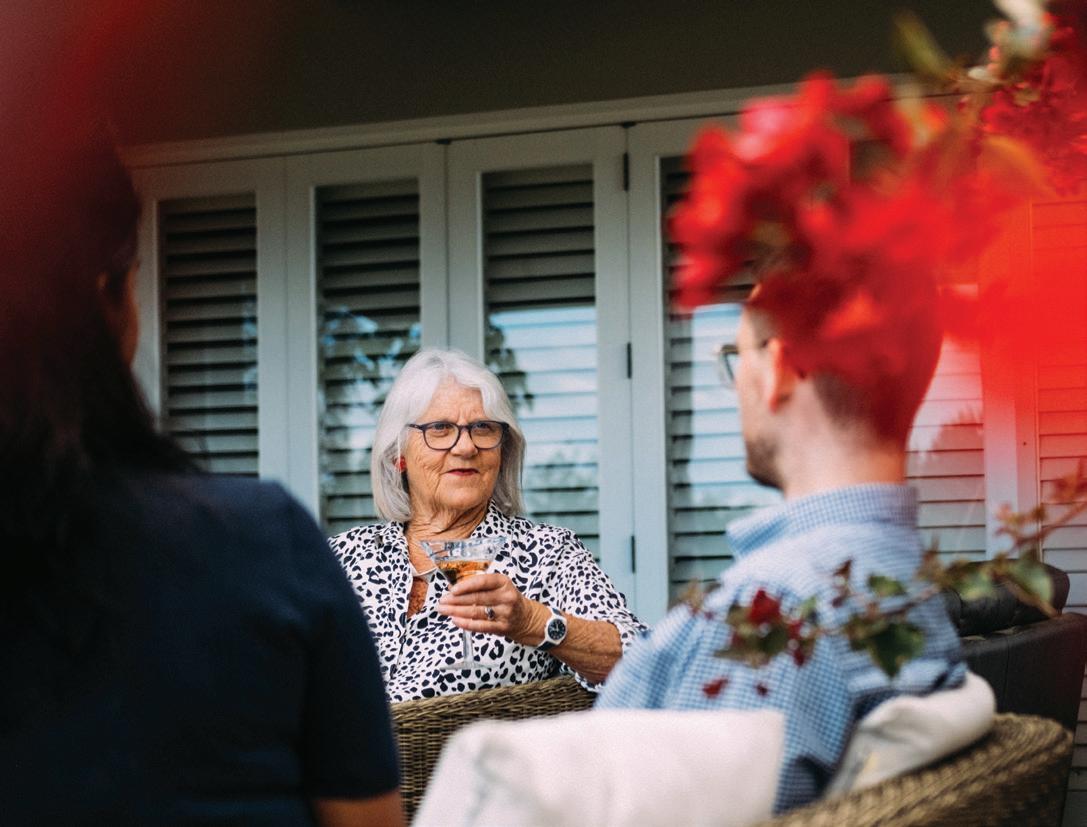

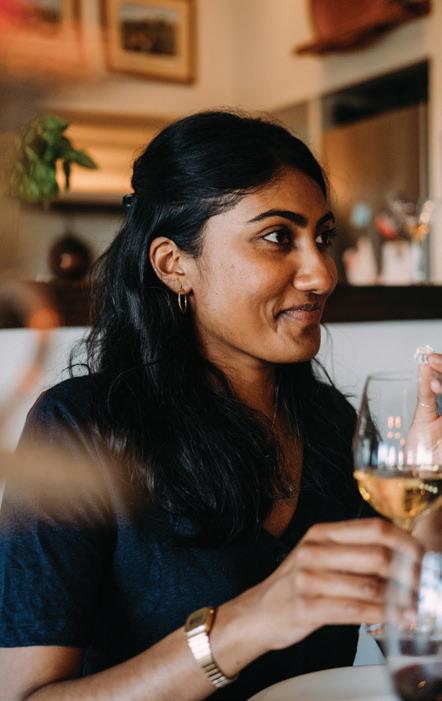
Chalky in the centre, almost liquid below the rind it has understated, aromatic, herbaceous, goaty notes – only badly made goat cheeses taste or smell like Billy Goat Gruff.
made goat cheeses taste or smell like Billy Goat Gruff.
since 1989
lunch | coffee | wine platter | small plates | mains friends & family gatherings work groups | lunch or evening cellar door | tutored tastings
regionally supplied menu of Aotearoa

ash-dusted log made by the very talented duo Annie & Geoff Nieuwenhuis, named after Poukawa, south of Hastings known for its fog. Chalky in the centre, almost liquid below the rind it has understated, aromatic, herbaceous, goaty notes – only badly
The 3rd Category are soft white cheeses. The best-known examples are camembert and brie with their white fuzzy rinds and soft interiors. But, just as all chardonnay are not Chablis so all soft white are not Brie or camembert. Instead, they should have unique names, identifying their origin or appearance. Like Moonstone from Nieuwenhuis Goat Cheese. Square, with a soft, white, deliciously crunchy, rind that tastes like button mushrooms and encloses the voluptuous, creamy, almondy interior.
Next is a 4-month-old Danbo from Hohepa, my all-time favourite semi soft cheese. An inspirational place, set up in the 1950s to offer a meaningful life for those with intellectual
days & hours
Wed ○ Thur ○ Frid Sat & Sun
restaurant 11am - 3pm cellar door 10am - 4pm
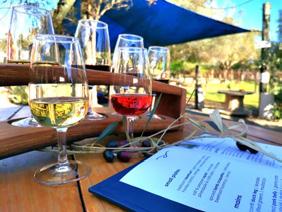
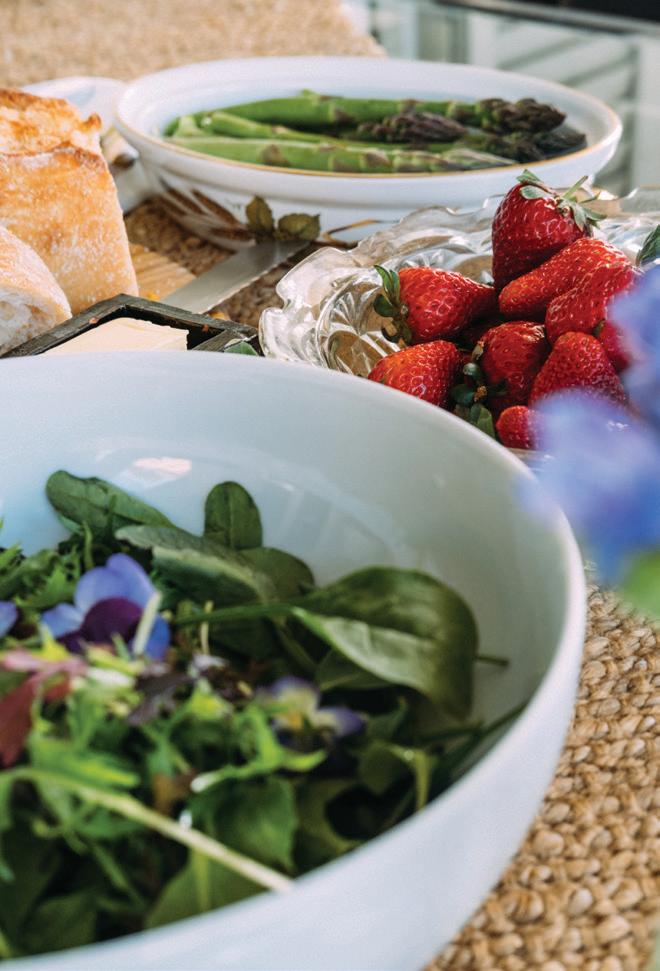
on line BOOKING ahead is RECOMMENDED clearviewestate.co.nz

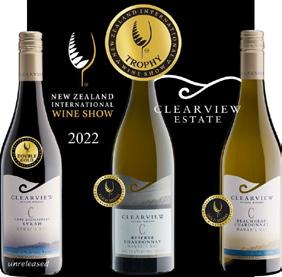

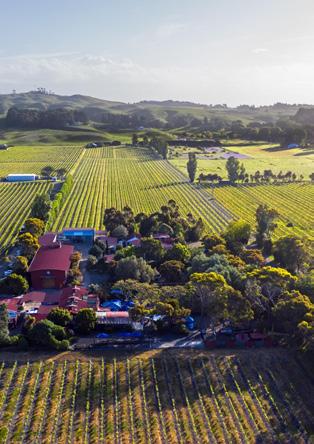
(06) 8750150
194 Clifton Road | te awanga
Once banned on public transport in France, it was the style of cheese King Charles was keen for me to create from his organic Ayrshire cows.
and almost liquid interior.
Now for the hard cheeses. Like all types of cheese, they can be made with cow, goat, ewe and even buffalo milk and as they age the complexities of the grazing [or lack of diversity] is released on the palate.
the talented Ignacio and his team at Hohepa. Like comparing newly opened wine versus one opened for days. It melts in the mouth like spicy butter releasing hints of cocoa. Definitely one of New Zealand’s finest.
disabilities, based on the Rudolph Steiner method of teaching and biodynamic farming. Supple and bendy, it tastes like your best-ever cheese sauce with hints of meadow flowers and sea breezes. What a cheese. What a story.
Some semi soft cheeses are regularly washed in strong brine encouraging a smelly, orange, sticky rind to grow. Once banned on public transport in France, it was the style of cheese King Charles was keen for me to create from his organic Ayrshire cows. Today’s pick is Pink & White Terraces (Cow), best ever name for a cheese, made by Joanie and Richard Williams from Origin Earth, with its distinctive, delicate pink-orange rind, indelicate aroma
I love learning by comparisons, so I’ve chosen Hohepa’s 18-monthold Mature Danbo (cow) and Tuki Tuki Gold Danbo (ewe) from Craggy Range Sheep, owned by Kate & James Clairmont, whose well fed, dairy ewes graze the rolling hills of Craggy Range. Both excellent, both made at Hohepa using a similar recipe, yet the difference is mind-blowing. The Hohepa Danbo is intensely savoury, like raw onion and grilled cheese, while Tuki Tuki Gold is smooth on the palate with classic sweet-savoury notes of ewes’ milk reminiscent of caramelised onions, roast lamb, Brazil nuts or lanolin – some might say soggy sweaters! And a local syrah embraces them both.
Last is blue cheese. Not the oversalty, high fat, prepacked blues that sit unloved for weeks in a chill cabinet but a generous hunk of Hohepa Blue, cut from a 1.5kg drum, made by
Flavour added cheeses, hard cheese with flavours added like cumin or caraway are the 7th type. Look for the following brands – Meyer Gouda, Mercer Gouda or again, Hohepa!
By now my guests are ready to leap up and start preaching the gospel of cheeses and only the prospect of fresh asparagus and homemade tamarillo ice cream gets them down off their soap boxes swearing, “I’ll never buy a ‘fake’ brie again! Or drink red wines with soft cheese!”.

If you want to join the converted and discover the art of cheese and wine matching or learn to judge a cheese by its cover join me for a Cheese & Wine Experience or a tour of our wonderful, fruitful Bay.
Someone once said that “cheese is milk’s leap to immortality” and more and more I think it might also be mine. Honestly, it’s hard to think of what I do as work.
Hey gorgeous - we want you to meet the new and improved Mèche Hair & Academy Not only are we Hawke's Bay’s leading colour-obsessed hair salon but we are now thrilled to be introducing you to our Academy We are all about focusing on talent in the industry and up-skilling stylists with creative flare to make you look and feel as beautiful as ever!
With a team of 16 we’re proud to say that together we have over 280 combined years of experience here at Mèche Hair & Academy.

Together the stylists at Mèche are determined to connect on a personal, professional and creative level, to meet all the needs of our beloved clients.
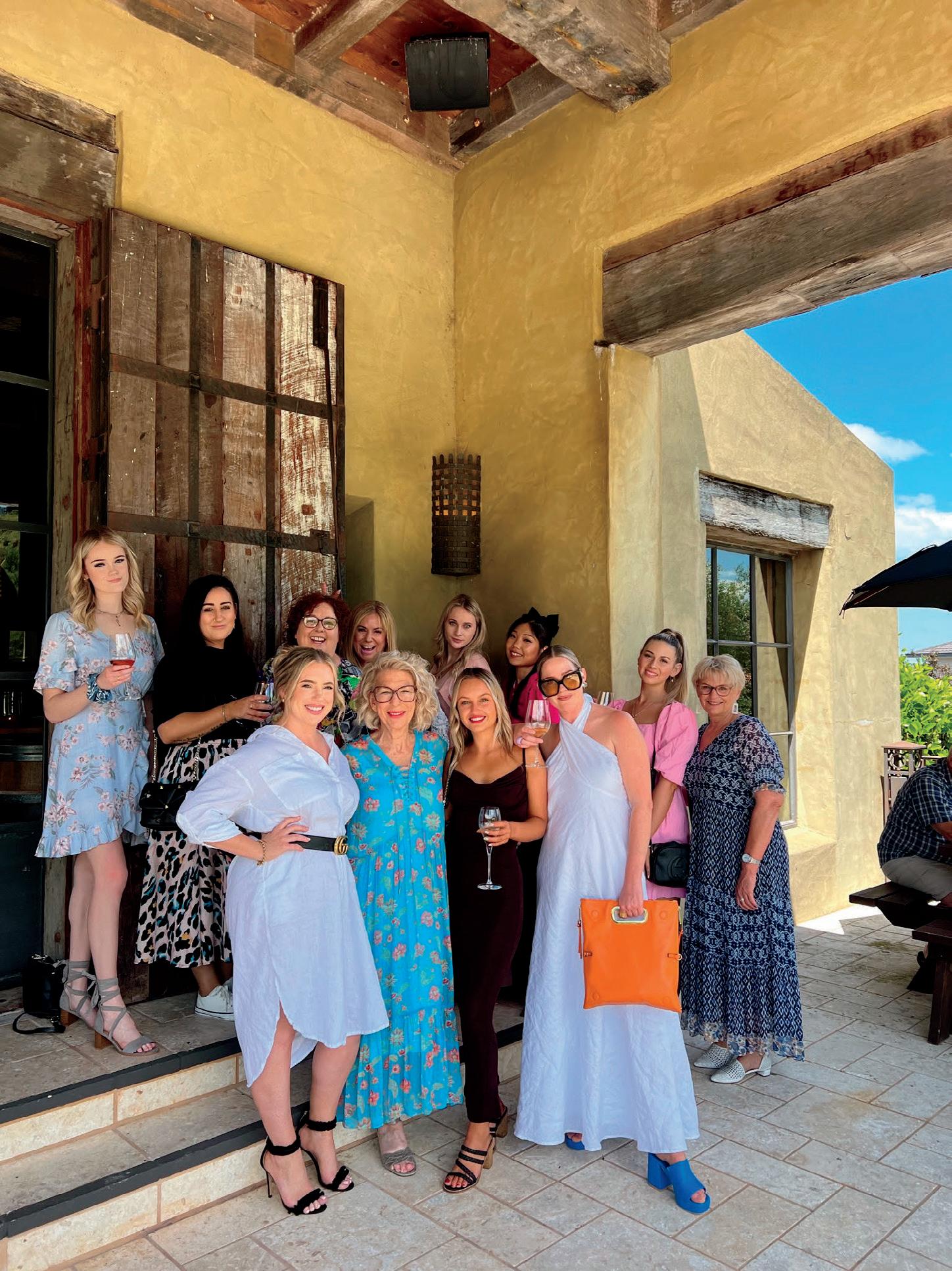
We are always on the hunt for amazing people to join our team We offer opportunities for growth and consistent training and development. If you want to work in a beautiful environment with a fun and dedicated team, then DM us on any of our platforms or pop in to the salon and say hello!
To our many loyal clients, thank you for your continued support over so many years - we appreciate each and everyone of you

www.mechehair.nz | @mechehairnz 06 844 2229 | 307 Gloucester Street, Taradale, Napier 4112, New Zealand.
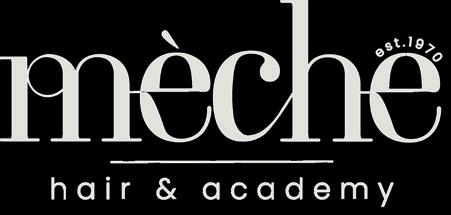 Photo by: Taradale Business Association
Photo by: Taradale Business Association
 Story by Yvonne Lorkin
Photos by Florence Charvin
Story by Yvonne Lorkin
Photos by Florence Charvin
Hawke’s Bay is New Zealand’s second largest wine region and has the most vibrant, progressive wine tourism programme in the country. Anyone wishing to soak up what’s on offer at sensational cellar doors has a smorgasbord of experiences to choose from. Yet conventional cellar doors are expensive to operate, meaning some of our most exciting new producers roll under the radar, existing predominantly in the online or on-premise space. So let’s take a look at some locals making a tiny, but tasty impression...
Born and raised in Wellington, at 18 Bryce Edmonds moved to Hawke’s Bay to study grape growing and winemaking at EIT. And in the scorching 1998, Bryce and his two brothers began planting cabernet franc, malbec, merlot and semillon in a vineyard in Bridge Pa, realising a wine-dream his parents had harboured for a long time.
Named after his late mother, Lesley’s Vineyard became Bryce’s, a home he shares with Alena his wife and their two young daughters. “Our living space is perfect for our family, especially as we have loads of space all around us. My favourite spot is the back of the shed with a North-facing outlook away from the road noise, it has amazing views through the vineyard to the Ruahines in the distance.”
His wines are named Zaria after the Goddess of Beauty in Slavic Mythology, mythology important to a special woman in his life. “In 2011 I made 36 bottles of rosé as a gift to a Czech girl. That girl (Alena) and I recently celebrated our 10th wedding anniversary at Pacifica in Napier, where we’d got engaged 12 years prior.”
Today Zaria produces three wines, a clean, dry, malbec rosé which recently scooped the Champion Rosé Trophy at the Hawke’s Bay A&P Wine Awards; a constantly evolving, handpicked, whole bunch pressed, barrel fermented

chardonnay; and a spicy, textural merlot/cabernet franc blend. “That’s the wine I’ve been making the longest,” he says. Working for Jenny Dobson at Te Awa Winery between 2003 and 2007 instilled in me a love for Bordeaux styles, something that Hawke’s Bay does amazingly well.”
His wines are made sustainably and with minimal intervention. “I also like the simplicity of making just three wines. It means I can give each wine all the love and attention it deserves,” he adds. Bryce makes his wines over at Beach House in the Gimblett Gravels, where he’s worked for the last decade. As well as the challenge of maintaining two jobs to support his growing business and family, the weather is a constant worry.
”Wet weather leading into harvest is extremely stressful. Frosts in the
spring post bud-burst AND the hailstorms. All these ‘acts of god’ that are completely out of our control is what keeps me up at night,” he shrugs.
But what keeps his endorphins flowing and grins growing are seeing sales tick over via the Zaria website, positive reviews and accolades, and new listings in great restaurants. “It’s also satisfying surveying a freshly mowed vineyard.”
Time off is rare for a man who has dreams of travelling the world and who used to make home brew and spend hours playing guitar. “Who’s got time for hobbies with young children?” he laughs. “But I do enjoy cooking. Not weekday cooking in a hurry with whatever’s in the fridge – but recipes that require a long time to slowly prepare whilst enjoying a few drinks and listening to great music.” zaria.co.nz

Like Bryce, Lauren Swift moved to Hawke’s Bay from an apple orchard surrounded by vines in Marlborough’s Awatere Valley to study viticulture and winemaking at EIT. So a life in wine was kind of her destiny.

“I liked that you can grow anything here, including, I reckon, the best chardonnay and syrah in the country. So I finished my degree, and stayed. For 15 years!” she laughs. Swift Wines is a family affair. “I’m Chief of Everything and my husband Henry is Head Packer and Box Assembler. Our 6 month old son Finn is a future Vineyard Hand while miniature dachshunds Tina and Marceline are Chief Rabbit-er, and Model respectively.”
Lauren was also winner of the inaugural New Zealand Young Winemaker of the Year competition back in 2015 and went on to create many award-winning wines in her past role as winemaker for Ash Ridge in Bridge Pa. Today she crafts classic styles like chardonnay and syrah, and other “fun” wines which change depending on their availability and the season. “This year I’ve made a sparkling blanc de blanc, a chenin blanc, syrah rose,
gamay blanc de noir, gamay noir, and a yet-to-be-released cabernet franc” she adds. “They’re all bone dry with racy acidity and are perfect on their own or with food. Essentially my wines are an extension of me. They’re wines that I love to drink and the labels are inspired by my wardrobe!”
She also tries to work with organic growers. “I have a motto of ‘mindfully grown and mindfully made’, meaning we work with thoughtful growers. All the growers we use are certified under Sustainable Wine Growing New Zealand.” But it’s far from easy, as selling wine is a challenge. “It’s a hard gig to build brand awareness and familiarity AND get people converted to buying
when it’s not in the supermarket.”
She’s also raising a six month old. “Who’s a wonderful handful,” as well as making cider for Paynter’s Cider and doing the accounts for her husband’s business. But her smiles come from growing proteas, drinking wine and having business and personal goals. “We now have the flexibility to live the
life we want of food, wine and travel,” she adds. Which is what she might’ve done more of had she not ended up here in Hawke’s Bay. “I reckon I’d either be a nomad or making wines in Europe.”
But for now she’s living in the sunshiny, sleepy hamlet of Haumoana, close to the beach and happily sourcing her grapes from Bridge Pa and Maraekakaho. “Because I love the soil type and flavour profiles we get from there.” She also makes her wines elsewhere. “We’re a young growing business and our aim is to eventually have a home for Swift where we can grow, make and sell our wine on the one site. So watch this space!” she says. swiftwines.co.nz
Vancouverite Amy Farnsworth arrived here in 2017 to work the harvest and fell in love with Hawke’s Bay.
Immediately she wanted to make her own wine, but a tricky vintage meant she had to wait until 2018 when by chance she was offered some organic pinot gris. Amoise Wines was formed and Amy hasn’t stopped since.
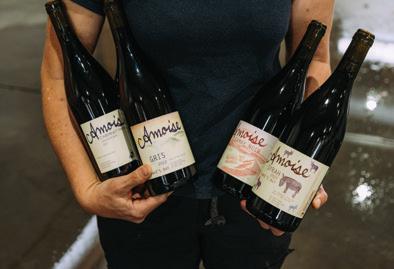
Today she purchases grapes from two “lovely and extremely hardworking” growers in Bridge Pa and the Mangatahi Terraces. “Bridget Wilton & her partner Miles have been growing my cabernet franc for three years,” she says. “Their vineyard has older vines and is surrounded by the lush green hills.” Her gamay noir, chenin blanc and syrah are grown at Ian and Linda Quinn’s Two Terraces vineyard located on dramatic terraces formed 15,000 years go by the Ngaruroro river.
A winery and cellar door aren’t part of her picture though. “I don’t have my own winery because I’m not a millionaire unfortunately!” she shrugs. “The equipment required to make wine is
quite capital intensive, so I lease a space in a local winery where I can work on my wines and store my Tinajas (tall, clay, oval-shaped Spanish amphorae) and my neutral oak barrels.”
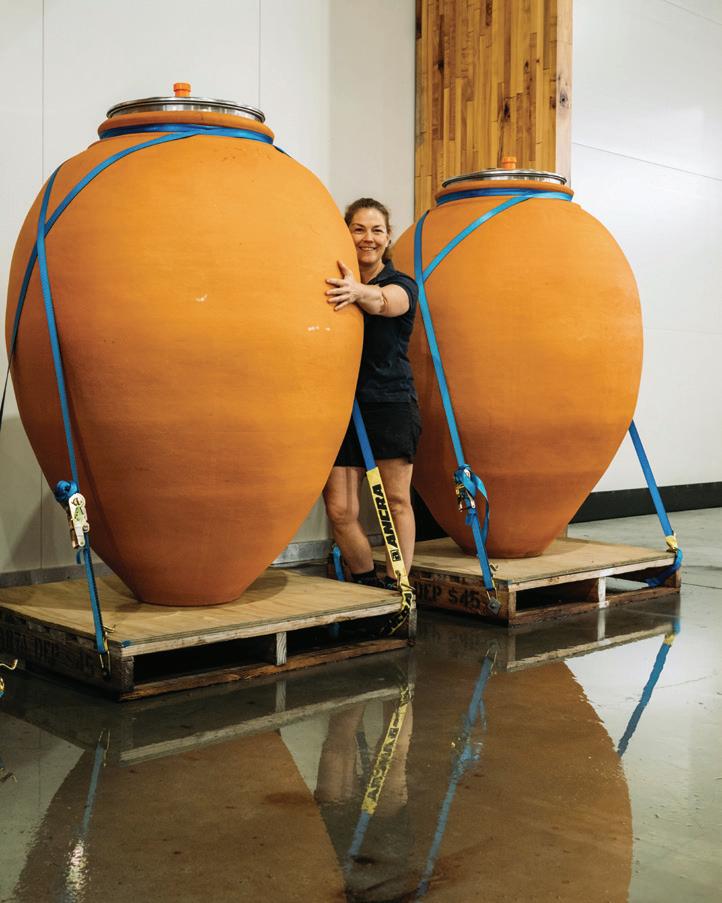
In addition to gamay noir, cabernet franc, chenin blanc and syrah, Amy also makes an Amber wine from extended skin-contact pinot gris. “My wines are also all farmed organically and I practice biodynamic farming on my allocated parcels throughout the year,” she says. “Her grapes are either certified by BioGro or are in conversion.
Amy’s determined each wine should tell the story of its vineyard and microclimate. “I make vineyard ‘starters’ under the vines before harvest begins, then all my wines are ‘inoculated’ with these localised yeasts. I don’t put any additives in my wine as I feel the vintage and the site should shine through on their own.”
On her own is also mostly how everything gets done. “Wearing all the hats is the challenge for me,” she shrugs. “Making wine is the fun part. Growing grapes is hard. But it’s also the accounting, the spreadsheets and the sales &
“I make vineyard ‘starters’ under the vines before harvest begins, then all my wines are ‘inoculated’ with these localised yeasts. I don’t put any additives in my wine as I feel the vintage and the site should shine through on their own.”
marketing that can make things really tricky to juggle.” So Amoise is a solo gig for now. “But I’m very much supported by my partner Greg, my parents, and our amazing wine community. We definitely prop each other up.”
But it’s working outdoors that keeps her smiling. “What we do and where we live is a privilege,” she says, and despite not having much time for hobbies, she’s a huge fan of hiking, gardening and cooking. “I really just look forward to having a home cooked meal with Greg and sharing our day. I guess if I wasn’t making wine I’d probably be a biodynamic vegetable farmer or a yoga teacher. Or both!” she laughs. amoisewines.co.nz
Te Reo and MW student Amy Hopkinson and Olly Styles, her champion fencer and trout fishing fan husband, had already worked vintages in Hawke’s Bay and the Wairarapa before deciding to settle in New Zealand.
Originally from Kerikeri, Amy grew up criss-crossing the country; then lived in Spain for nine years making wine, whereas Olly is a UK and Swiss national born near Oxford to a SwissFrench mum. Olly says the couple chose Hawke’s Bay because it’s a great place to live and bring up kids. “We live in Akina in Hastings and we just love it.”
The grapes for Halcyon Days hail from the Osawa vineyard in Mangatahi, just up Kererū Road from Maraekakaho. “It’s a beautiful place. To the west, the Ruahines seem close, and to the east Te Mata-o-Rongokako rises between the gap in the hills,” he adds. “During vintage we get these amazing sunrises as the mist rolls down the valley and the pink rays radiate from the east.”
Their wines are made at Hawke’s Bay
Wine Co in Napier. “We use their space and gear and we do all the winemaking,” explains Amy. “Ideally, we’d have our own place, but the vineyard’s key, really, anyway.” While they may not have their own winery, they’re totally in control of their wines. “We want to make wines that chime with what we drink. Wines with energy, purity, drive and freshness,” says Amy. “We like them to cover a range of notes, from evocative colours (the pink underside of clouds at sunset; the dry grass in summer) to aromas and flavours that are bright but also complex with spicy, savoury, herbal layers.”
Organics is the foundation of what they do, their wines are certified by BioGro and they’re also interested in biodynamics and regenerative agriculture. Halcyon Days wines are also considered ‘natural’, meaning there are no additions at any stage.
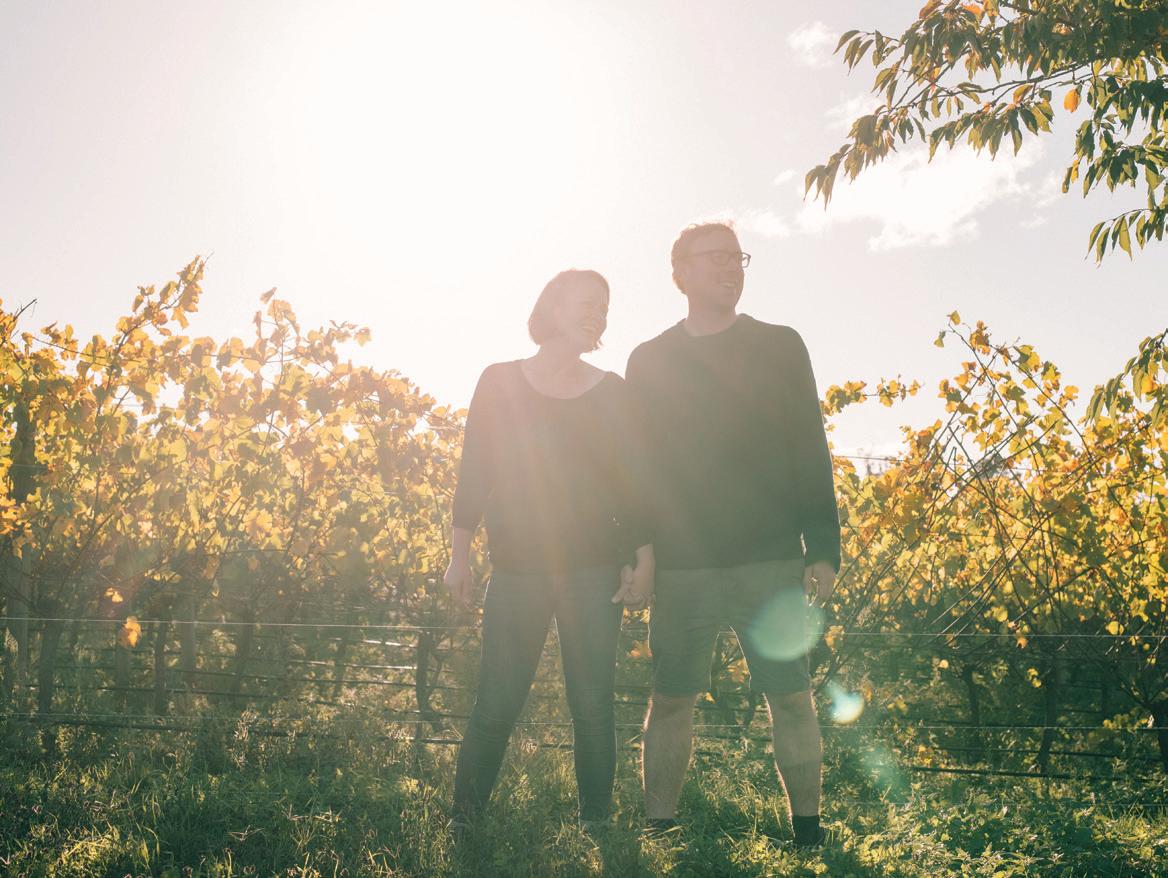
“We’re really lucky to work with varieties we love like sangiovese and pinot noir, and Olly loves sauvignon blanc, (but not NZ-style sauvignon), so we ferment ours on its skins to dryness,” explains Amy. While ferocious Hawke’s Bay fans, Amy and Olly also enjoy
pushing the boundaries of our regional styles. “Sometimes it’s tough though, being in a category where the majority of your interactions are with people who have a pre-conceived notion of the wines you make,” Olly adds.
It’s also not always plain-sailing making wines as a couple but, for the most part, they’re on the same page. The mechanics of making wine and spending time with their mates in the wine community keep the joy sparking for the couple who also have two young sons at Taikura School.
Amy is also on the Hawke’s Bay Winegrowers board and pulls the occasional shift at Work Room for First Hand coffee, while Olly also has a ‘day job’ writing for and editing a wine magazine. Phew!
So while the definition of Halcyon Days is “a very happy or successful period in the past” – Olly and Amy are firmly future-focused. And if they weren’t making wine? Amy reckons she’d be cooking, gardening or making films. “We’d probably be doing something that made us a bit more money,” laughs Olly. halcyonwines.co.nz
“Sometimes it’s tough though, being in a category where the majority of your interactions are with people who have a preconceived notion of the wines you make”
If you’ve been working with outdoor living systems since the 1990’s, you get quite good at it.
At Douglas we proudly train our own local people, and work with only the best products on the market.
If you believe in creating lasting spaces using robust, weather tight materials like we do, let’s work together to make an enduring investment that reaches beyond the financial.
As you catch a moment in the shade this summer, here’s a sample of our most popular custom outdoor solutions.
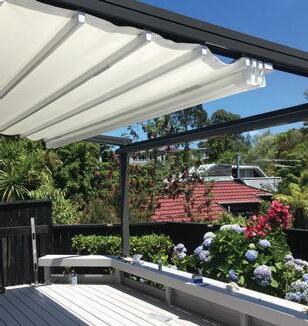
Ask your architect, builder, or anyone who has had a roof or shade system put in by the Douglas team, and they’ll tell you what it’s all about.
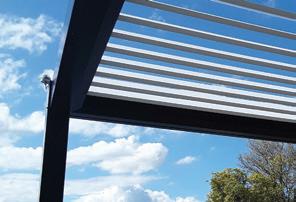
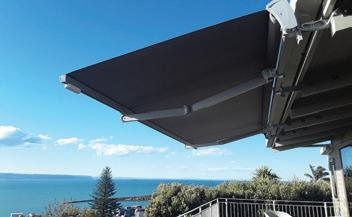
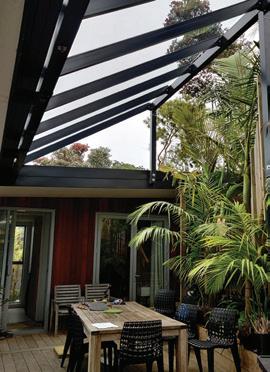
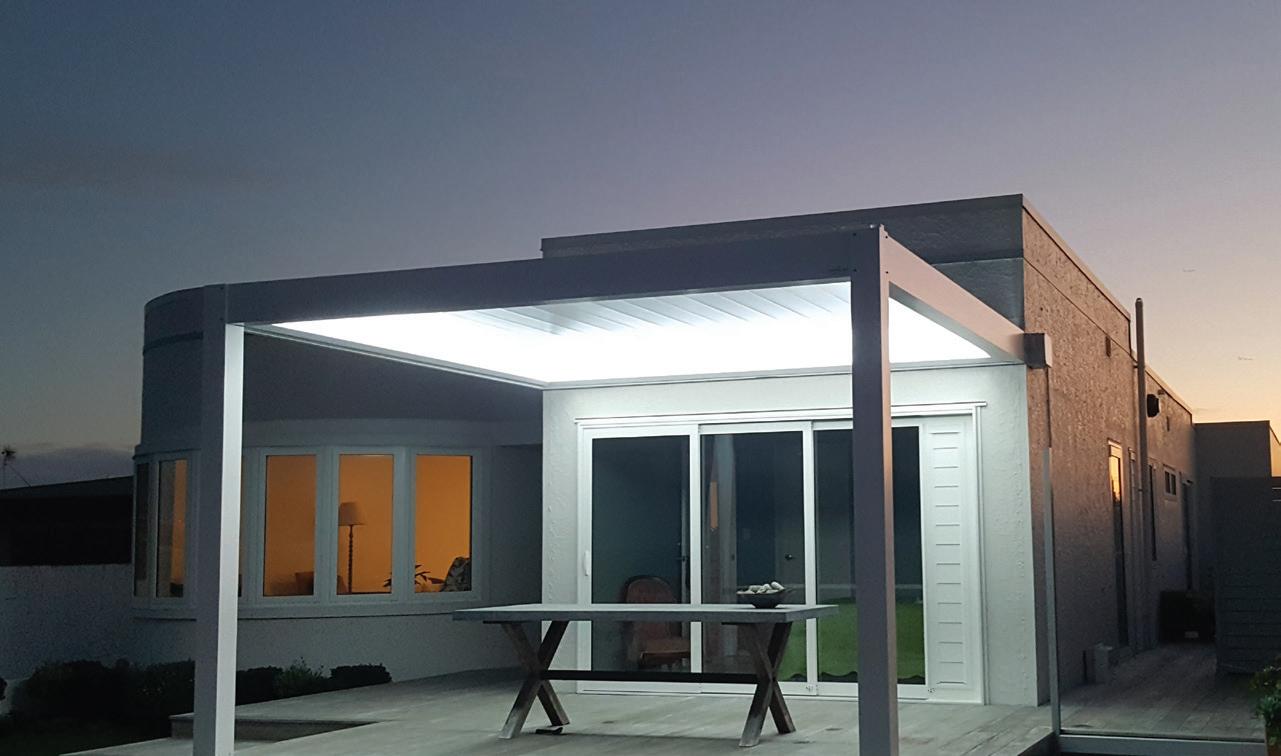
I have an overwhelming urge to gather fresh summer produce.
I shop for ripe summer fruit with the urgency of a honey bee gathering pollen during the late afternoon. The first flush of field-ripened abundance triggers an ancient gathering instinct that results in a twenty kilo still-life arrangement on the kitchen bench that ultimately attracts fruit flies and a feeling of guilt.
I put it down to a genetic compulsion … an innate need to reap the harvest. Revelling in the thrill of overloading myself with bags stuffed with way more produce than I could hope to deal with in the limited time available between ripe and rot. I am conscious of overdoing it whilst plundering, but I can’t help myself. The allure of a replete display gets me every time.
Then what?
Buy jars and spices, sugar, vinegar and preserving pans in order to cook the life out of baskets of abundance before squirrelling the chutney-fied summer harvest away in a cupboard for the winter? In the process I’m probably spending more money than I’m saving.
That’s not the point and to be honest I rarely buy jars, reusing instead. I note that jars and lids have the same unstable partnerships as socks do on wash day but I’m happy to try and re-marry lid to jar whilst squinting and crying through a haze of chilli sauce fumes.
The well-established motto, “If you can’t hunt it, gather it,” is as true today as it ever was.
Sitting on the fertile Heretaunga plains, we are a short walk from the summer surfeit. Just past the ever encroaching fifty shades of greige subdivisions lie the fields of plenty. Fruit and field crops abound. We should pay better tribute to these horticultural gems and to the growers who tackle the seasons like wily poker players by creating delicious delicacies. Add the
With one simple question she had made her rhubarb problem my rhubarb problem. And I made my rhubarb problem into rhubarb and tangelo marmalade.
home-grown plums, citrus, lemons, ubiquitous ‘freejoas’, and a load of rhubarb into the pot and we have preserves and pickles for a large continent.
Or more accurately, we could. In truth, we still buy bananas in the middle of summer and grapes from Chile all year round.
Abundance is a challenge. Both on a commercial and a garden scale. Whether bottling, canning, freezing, or dehydrating it all takes time and a degree of diligence. We must prepare ourselves.
I’m a frequent preserver because I love to share a jar of something that I’ve made. I taste frequently as I cook rather than following a recipe so no one ever gets the same thing twice. I freeze produce and have dabbled in dehydrating, but I find those cheap and noisy machines ineffective so use the oven instead.
I’ve come to the conclusion that while a certain amount of preserving and conserving is beneficial, so is swapping or giving away fresh fruit and vegetables. Make the glut someone else’s problem! I was asked recently by a friend if I liked rhubarb. A “well, yes, I guess so” response was enough to see me travelling home with a bunch. With one simple question she had made her rhubarb problem my rhubarb problem. And I made my rhubarb problem into rhubarb and tangelo marmalade.
Ian Thomas is a caterer and formerly free range egg farmer, cooking demonstrator, and manager of a commercial food production business. He specialises in cooking paella paellaagogo.com
To roll your sleeves up and save the summer bounty, here are my tips:
• Aromatise spices by dry frying them before you grind them.
• Be social. Work with a group of friends. Share equipment. It’s fun. Post pictures on social media, you could be famous!
• Wash your jars and make sure they’re clean, fill them with piping hot preserve and put the lid on straight away. The preserve will sterilise the jar so you don’t need to. As the product cools the lid will be sucked down tight.
• Freeze basil leaves in a ziplock bag for use in cooking during the year.
• Try different vinegars and citrus juice in chutneys and pickles.
• Try different sugars such as palm sugar, honey, apple syrup.
• Add citrus zest for flavour and appearance.
• Get a stick blender for sauce making.
• Jar fresh raw cherries with the same weight of sugar and leave the jar in the sun. The cherries will preserve themselves in their own alcohol. Keeps for years.
• Add cherries to gin or vodka and store.
• Consider getting a vacuum packer to extend freezer life and save space.
• At the end of the season, slice up green tomatoes and salt them to draw water. After a couple of hours drain the tomatoes and then boil them in vinegar for one minute. Pack them into jars with herbs and garlic and then fill the jars with a good quality olive oil. It’s a cheeseboard winner.

• Make apple or pear tarte tatin. It’s quick, easy and well loved.
• Make kimchi.
• Make fruit-infused vinegars.
• At the season’s end, pull chilli bushes out and hang them up to dry the fruit.
• Add rhubarb to your marmalade.
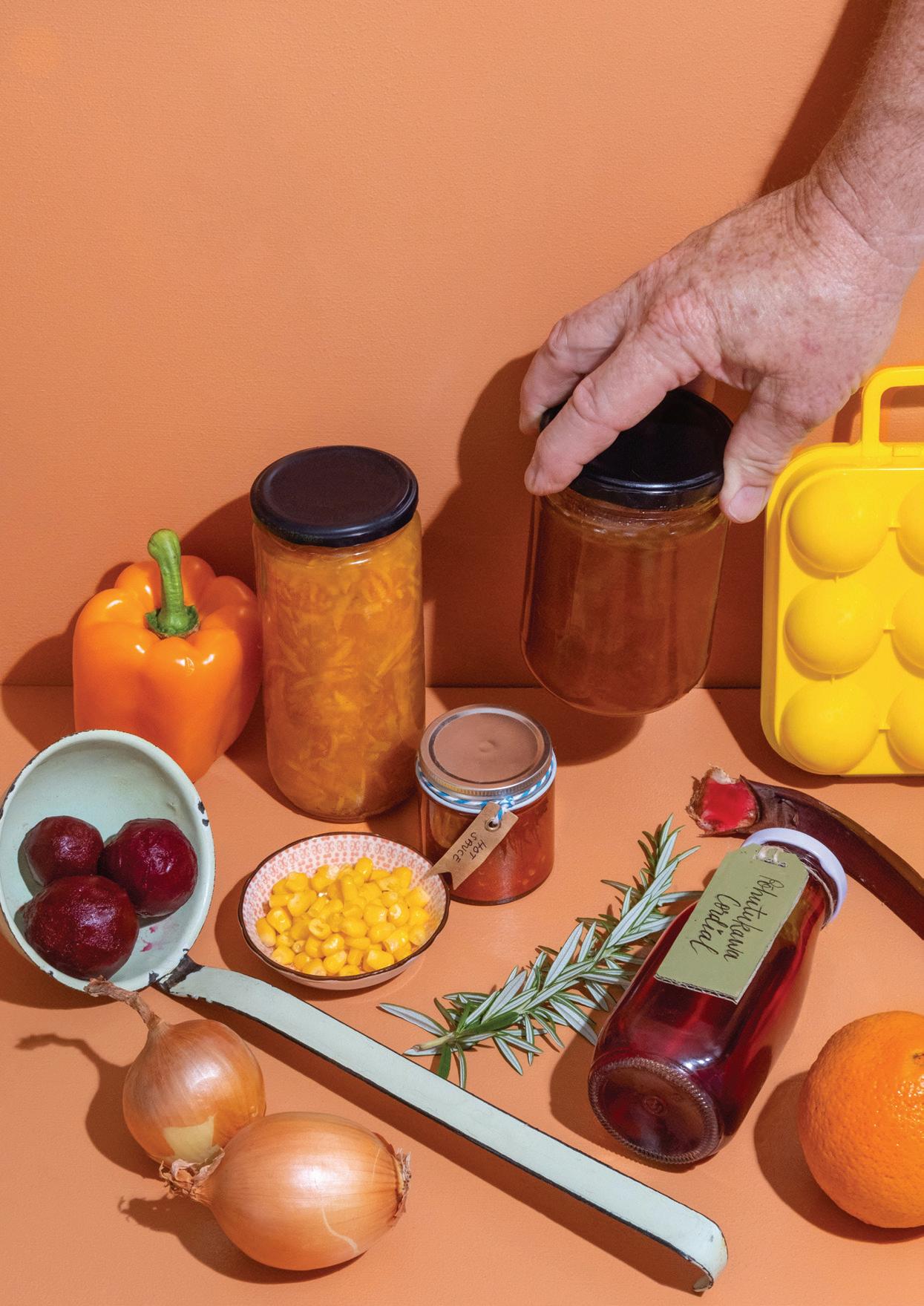
Hawke’s Bay is blessed with stunning, rugged forest parks in the mountain ranges to the west that run like a spine down the centre of the North Island. Here are some recommendations and personal favourites to inspire, remind and prompt you to head for the hills this summer.
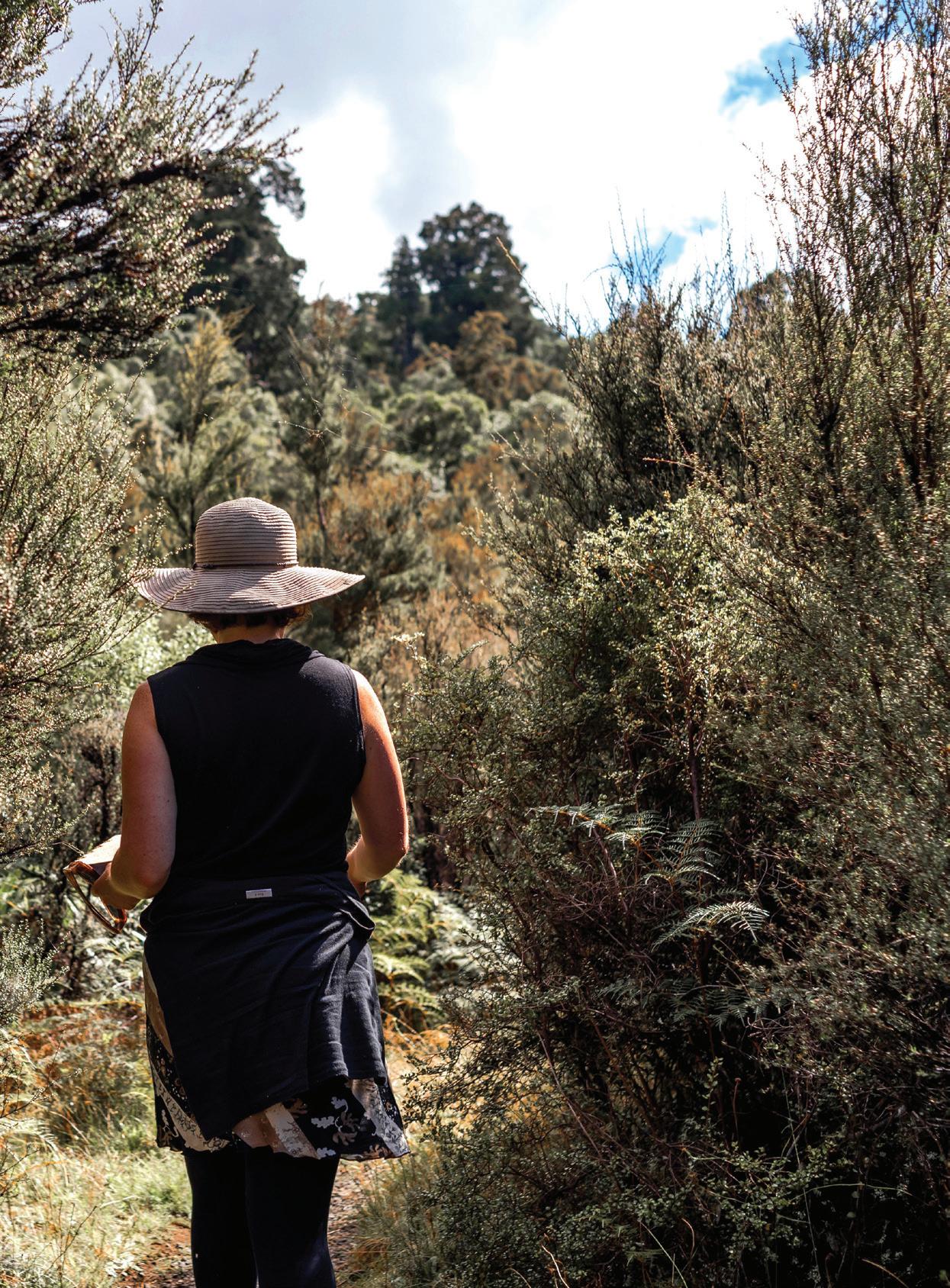
Tracy
Before Tracy Wheeler moved to Hawke’s Bay from the Manawatū six years ago, she often came up to camp at Mangatainoka Hot Springs, Te Puia, in the Kaweka Ranges. Beside “the mighty Mohaka and the hot springs,” a 3-4 hour tramp in from the Mangatutu carpark. Mangatainoka, which she describes as “the jewel of Hawke’s Bay”, has been her gateway to the region.
She says, “I have done that tramp so many times, with various permutations of friends and family, and each time it is so different depending on the season, each time unique. I love that layering: the whakapapa of different experiences in the same place. I feel a real connection; it’s a significant place for me.”
Tracy appreciates the simplicity tramping brings: “carrying everything on our backs, paring back to what matters – shelter, food, water – digging deep to find that capacity to keep on keeping on when the going gets tough.” The connection with the “vastness” she experiences out in the mountains, the bush, reminds her of her own insignificance and helps her put her worries into perspective, while time recedes.
“The Kawekas are incredible – they offer so much scope for such a range of tramping options”, with mountains to climb, gorges to navigate, rivers to ford, alpine strawberries to eat. She appreciates their wildness and remoteness that is nonetheless accessible.
She recommends picking a hut –“there are so many, in bright retro
orange, dotted throughout the ranges” – and then creating your own tramp. Get advice from a trusted source, inquire about a certain track or terrain, speak to someone who has been there previously – both historically and more recently. Pour over maps. Be well-prepared in the planning stage and cleareyed about your skill level and bush knowledge, your degree of comfort.
Last summer, Tracy and her partner did a nine-day tramp into Mangatainoka all the long way from Turangi, using a combination of clearly marked routes, poled routes and their own, at one point simply following the Makino River. “We took our time (for safety and to enjoy ourselves). And what a special way to come into Hawke’s Bay… dropping down near the Ngaruroro at its source.” She says the confidence this tramp inspired was awesome.
Matt Durham, who grew up in Patoka and Puketitiri, with the Kawekas as his hunting ground “right next door”, has done similar missions (from Hawke’s Bay to Turangi, and from Clemence Hill Rd, off the Napier-Taupo Rd, to Mangatainoka), and affirms that “real sense of achievement” such “epic” tramps bring; “you traverse a huge variety of landscapes”.
He met his partner, Melissa BrignallTheyer, on a DOC research project deep in the Kawekas, studying deer impacts on mountain beech. They, and their two kids (age 12 and 15), love tramping
and spending time in the ngahere.
Matt’s a fan of getting up on the Kaweka tops, where “you can see all the other mountains” and watch falcons soar. From Makahu Hut you can climb up to the top of Kaweka J, for instance. The Makahu area offers great tramps with kids. “You go through a big red beech forest, come out into tussocky areas, cross a few rivers. It’s not dangerous or hard, there’s lots of variance, lots to explore.”

In recent years, they’ve been exploring more of the Ruahine Ranges, which are easy to get to from Hastings where they live. “You cannot surpass Sunrise Hut”, but Matt suggests branching out to other huts from there. He enjoys taking young people out to catch their first deer and for these “little armed tramps”, he’ll often head into the Ruahines via the Apiti Track (straight in behind Norsewood).
“A nice summer sunset stroll” is the 1.5-hour tramp to Longview Hut (visible from SH2, Takapau, when the sun catches the roof). It’s a great hut to tramp up to in a midsummer evening for a grand view of the Central Hawke’s Bay plains, says Matt, and can easily be extended out over a weekend (two nights), looping from Longview to Makaratu Hut, Awatere Hut, and then, following the river, back to the road.
Melissa, who has an ecological science background, is more drawn to “pottering”, stopping to observe different plants and creatures, appreciating the natural world around her. A key
appeal of tramping is, “You get to leave distraction behind. The commercial world simply disappears and you can go at your own life pace.”
For day walks, Melissa’s favourites include those at Boundary Stream in the Maungaharuru Range. “Because of the altitude (500m in elevation), you go through a huge variety of forest, with lots of wildlife”, including kiwi, with a ‘kiwi creche’ at nearby Lake Opoahi. The Lakes near Kuripapango in the Kawekas are also “fabulous”, with the option to “car camp” at nearby Kuripapango campground if you are not quite ready for the full tramping experience.
For the full tramp, “You need to have a good understanding of where you are and a good sense of direction,” Matt advises. He’s ‘old-school’ and uses a map and compass, declaring that a paper map is more useful than a satellite map on your phone, as it “gives you the bigger picture” and won’t run flat.
Though it’s often more expensive, Melissa says it’s definitely worthwhile to invest in quality, light gear – “there is nothing more awful than a really heavy pack”. And don’t forget to pack ear plugs for sleeping in the hut!
But don’t think you need to have all the flash stuff to go tramping. As Tracy points out, you can borrow gear and make do with simple. Second-hand shops often stock merino and polypro clothing.
Di Reid, president of the Napier Tramping Club cautions: “Remember, tramping isn’t just a walk. You will need good footwear (preferably tramping
boots), a raincoat, first aid kit, food, water. Tell someone exactly where you are going so if you get into difficulties they know where to look! We carry PLBs (personal locator beacon) for if a nasty injury occurs or you need urgent help.”
Tramping clubs offer a congenial way to explore the wilds and backcountry places, pooling knowledge and resources, with decades of collective wisdom, local lore and know-how. The Heretaunga Tramping Club has been going strong for 87 years, while the Napier Tramping Club was established in 1974. Both are open to new members, organising regular excursions and multi-day tramps both within Hawke’s Bay and further afield. The Napier club, for instance, does two tramps a fortnight into the Kawekas, Ruahines, and occasionally beyond, with at least one overnight a month.
For a family-oriented day trip, Glenda Hooper from the Heretaunga Tramping Club recommends leaving the car at the Makahu Saddle camping area in the Kawekas and heading north along the bottom range, with its
mixed beech forests, scree slopes and alpine flowers, to Kaweka Flats bivvy (approx. 2 hours).
For a weekend trip, head south to the Ruahines in behind Dannevirke, with a three-hour tramp into Stanfield Hut (recently restored through the Back Country Trust); the track follows a creek and passes through beautiful rimu forest. A more adventurous two-night tramp, suitable for older kids, begins at the back of Tikokino/Ashley Clinton, off Mill Rd, with a three-hour walk starting across farmland, criss-crossing the Tukituki River to Daphne Hut (sleeps 12). From there it’s a three-hour climb up to the Heretaunga Tramping Club’s Howlett’s Hut (sleeps 10, koha for stay), the highest hut in the Ruahines.


Di Reid’s top picks for accessible, doable tramps in Hawke’s Bay include Bell Rock on a still day (a 3- hour loop track at Boundary Stream) or a walk around Lake Tūtira, and iconic Hawke’s Bay tramps to Sunrise Hut in the Ruahines (a steep but infinitely rewarding 2-hour climb) and Te Puia Lodge in the Kawekas – the 3-hour trek in winds along the Mohaka River, bookended by access to the Mangatutu and Mangatainoka hot springs at either end. Macintosh Hut, a 2-hour tramp from the Lakes carpark near Kuripapango, is another goodie.
Details for huts, tramps and how to get there can be found on the Department of Conservation website: doc.govt.nz/parks-and-recreation Napier Tramping Club: napiertrampingclub.org.nz
Heretaunga Tramping Club: htc.org.nz
“Remember, tramping isn’t just a walk. You will need good footwear (preferably tramping boots), a raincoat, first aid kit, food, water. Tell someone exactly where you are going so if you get into difficulties they know where to look!”
Di Reid, Napier Tramping Club
We have plenty of beaches around the bay, take advantage of them and take a picnic.
of the of Tour site the Ātea a Rangi Star Compass. Visit www atea.nz for more
With over 200km of safe, shared and accessible pathways available across Hawke’s Bay, you can walk or cycle to your heart’s content. Visit iway.org.nz for more

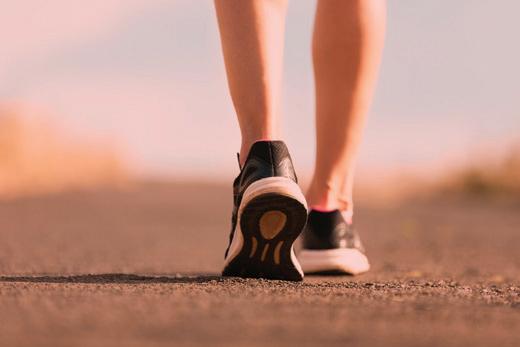
IWAY
of a PLAY is very important part children’s lives. Play helps children progress mentally, physically and Visit for more

landscapes, towering waterfalls, strange unique birdlife, amazing limestone lakes, rivers, mountain ranges and coastlines, Bay is a paradise for walkers. Visit napiernz.com for more S po r t H a w ke’s B a y en c ou r a g e s e ve r yon e r ela x ing , S umme r. W it h muc h o n
Park’ at the base of Te Mata Peak and take your pick of paths to follow Hop on the ‘Big Redwoods Track’ for the shortest Taking approximately 1 hour, this rugged unparalleled views of the Heretaunga slumbering giants. Visit www.hawkesbaynz.com for more

The irony was not lost on me. The much-adored lifestyle editor for BayBuzz, Michal McKay, contacted me to see if I was on track for meeting the looming copy deadline for my latest column. An article around ‘clearing your head’. I had a little giggle. Or in retrospect it may have been a semi-desperate chuckle. My diary was full with back to back retreats and commitments – at that exact moment my head was in need of a jolly good water blast.
 Photo: Florence Charvin
Photo: Florence Charvin
I took a moment to pause, breathe and smile. To adopt a posture of confidence. To immerse myself in the essence of a smile. To appreciate the irony. I took a good long stretch. Then I stopped to contemplate the self-beliefs and tools that would help me offer helpful words.
And BINGO. They emerged like uni students heading off to catch a party bus. Quite quickly. Seemingly dusting off the remnants of an all-nighter on the way. Not quite sure where they were going.
The self-belief that says I have an enormous capacity for work came first. Closely followed by the one that believes I always deliver on my word. Next off the blocks was the one that says that I love a challenge and the flow state that comes with a tight deadline. Last but definitely not least was that my angels on unicorns would deliver the inspiration and support I needed in divine timing. I love a bit of magic fairy dust. Unicorns too. It’s my preferred icing on the cake of life.
So, my first top tip in clearing your head is to take as much time as you need to pause, breathe and smile. Then to know and value your strengths and also your own tools for calm and clarity. They can seem so inherent inside that they can be easy to take for granted.
We are all unique miracles. Life in ecstatic flow. Your mission if you choose to accept it is to diligently notice the miracle that is you and what helps your flow. From now on. For the rest of your life. Wrap your strengths and helpful tools for life around you like a cloak. To know them is to love them and they will become even more super charged with your noticing and appreciation.
Yes, knowing your own unique strong points is gold. But so is being real yet kind to yourself focusing on that improvement part of the vision board. Mine right now? Learning to say no. Not overcomplicating things. Working smarter not harder. To practise what I preach. To learn to ask for help more often.
They say you teach what you most need to learn. I know that to be true for me. I’m ever so grateful to be swimming in this vast pool of learning exploring how to live my best life. There is much solace in this space.
When I made space for inspiration to come, the iconic Beatles song ‘You get by with a little help from your friends’ came into my head. So I ran the idea past Michal about turning to my personal trusted sources of wisdom. Yoga crew … and Pilates treasures too. She loved the idea. Here is what came back when I asked for these legends to share their top tips in clearing their heads.
Minnie Barendsen
Exhale Yoga and Workshop
Space in Napier
“I enjoy spending time with loved ones, being in nature and moving my body. From a psychologist point of view, I encourage clients to sit with the emotion or challenges rather than clear them away. When we sit with whatever sensation we are experiencing, we give ourselves the grace to feel and heal.”
Amanda Hogg
Watea Yoga Studio in Wairoa
“Getting out in nature, shoes off and just being … letting go of all the noise and business of life. It may not seem like rocket science but just give yourself the opportunity. One of my favourites is reconnecting with what brought me joy as a child; those moments of awe and wonder definitely help me to clear my head and bring perspective to my ‘why’ and what’s really important.”
Suse Grieve
Rejuvenate Yoga in Havelock North
“My favourite way to clear my head is to go through the ritual of making a fresh, hot cacao and sitting outside with my body in contact with the earth. Using my ears and eyes to drink nature in while letting any thoughts or emotions ripple past without judgement or commentary.”
Ash Burt
Ashes Pilates in Haumoana
“It’s so individual. I go to movement. Something super focused where I have to concentrate so hard it clears everything else or speed walking and loud music. Earthing bare feet on the ground is something most people can go months without doing these days. Then the fastest way to calm is to use a double nasal inhale with one long nasal exhale for a few still minutes.
Angeline Ramsay Dru
Yoga Teacher from Hastings

“I go to ground. My awareness draws down to my feet, to the Earth. I mobilise, move, dance, Earth breathe. I walk up mountains. I ask the winds to blow through me permeating skin, bones and tissues, freeing the breath. Freeing me! My mind is drawn to a whakatauki I was gifted from a friend. “Hoki ki tōu maunga kia purea ai koe ki ngā hau o Tāwhirimātea”. Return to your mountain to be cleansed by the winds of Tāwhirimātea. Grounded. Breath expansive. Home in my heart. My mind is clear.”
Jen Mackie
Pilates Central Hawke’s Bay
“Dual task exercises increase neuroplasticity. Going for a walk whilst talking to a friend or listening to a podcast not only relaxes you in terms of nature, cardiovascular exercise, connection to a companion, or learning if you are listening to a podcast. All cause neuroplasticity to occur which is basically building your brain by flexing your brain muscle.
Helle Thompson
Joyworks in Havelock North
“Clearing your head starts with grounding and being present in your body. I see that again and again. Embodiment is paramount. Of course the head will never be free of thought. But it can be spacious and free from attachment. Acceptance, embodiment and going with the flow is also a big part of a clear head, I believe. And pausing every now and then to feel gratitude; for life, for what we have around us and are.”
Radha Iveta
Heart Awakening out of The Yoga Space in Hastings
“Reduce screen time, device time, phone time and external energy and information input – this way the mind will have less to process and will be more prone to relax. Spend time in silence – where there is no need for conversation or for any role playing. Just be and know it is enough. The mind naturally goes clearer and quieter itself. And of course, meditation
and mindfulness – well known tools to clear the mind and tune us into the still core of our being. Redirect the energy of the mind into the heart, fall in love and stay there.”
Megan Dyer
Yoga teacher, Bayview
(Koha classes at King George Hall)
“My first go to for clearing the head would be three conscious breaths. With a fuller inhalation and a slower longer exhalation. The simplicity of those breaths as you know is powerful, and it’s a pause. Then I love this recommendation from Judith Hanson-Lasater. Close your eyes and imagine going to the geographical centre of the brain. Front to back, top to bottom, side to side. Right in the centre. Stepping in and back from any thought and thinking, for just one minute. To dis-identify from the over-activity of thought. And lastly it would be to move. Move my body, with a walk outside, a bike ride, some gentle asana (yoga poses), all at a pace that is needed at the time. And the blessing of a dear friend who will listen to you without judgment and have the ability to make you laugh. We all need a darling friend like this to shift us when we get stuck.”
Karyn Mills
The Pilates Practice in Hastings
“Often too many thoughts can feel like they are overwhelming and taking up too much space. I actively tune into each of my 5 senses. What can I hear? What can I feel? What can I smell?
What can I see? And lastly what can I taste? This works well for me, especially when practiced often, while out walking or before sleep. Also allows me to realise how much pressure I’ve placed on myself when there is a bigger picture out there and most people are in a similar situation.”
Madeline Knight
Ashtanga Yoga Hawke’s Bay
“Cold water plunging has been a total game changer for me and the ultimate in clearing my head. Sitting with the breath in cold water for 2-5 minutes clears the daily mental turmoil and seems to be filtered out in the cold, and the beauty and simplicity in things is what remains. I feel connected to the vital energy of life in a practice that takes 15 minutes out of my day. Find a friend, jump in your local river, lake, ocean or ice bath, sit with your breath and see what happens, it’s that simple.”
My final observation from a place of a clear head?
There are many paths to a clear head. Things you already know. Many simple tools and techniques that don’t cost anything but your time. That pay back exponentially. That hearing what others are doing is motivating.
From my place of a clear head. I am grateful. Share your top tips for a clear head and make my day on the BayBuzz website, where this article will also appear. We get by with a little help from our friends.
Kate McLeay a mindfulness mentor, yoga teacher and retreat host based out at Cape South Country Estate and Wellness Retreat near Waimarama in Hawke’s Bay. www.katemcleay.com
Royston Hospital is pleased to sponsor robust examination of health issues in Hawke’s Bay. This reporting is prepared by BayBuzz. Any editorial views expressed are those of the BayBuzz team.


Little and Fox’s bespoke cushion and squab sewing service offers you the chance to refresh and renew your home interiors this Summer.

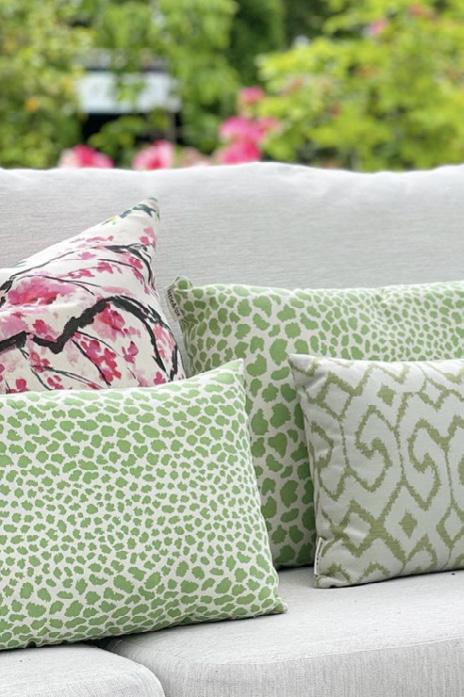
With a wide range of hand selected fabrics on the roll sourced from fabric houses and designers all over the world you won’t be short of styles to choose from.
Our roll fabrics are available to view online or pop into our Ahuriri design showroom to feel the quality of our fabrics in person and receive advice in choosing the best fabric for your custom cushions and squabs.
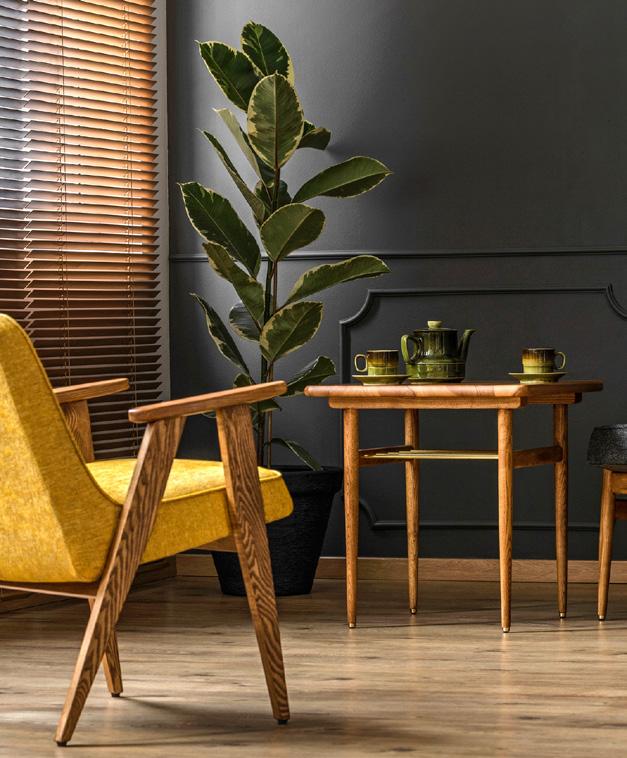
Books are a source of multiple emotional experiences: they can depress, uplift, provoke snorts of laughter and induce tears. Sarah Winman’s Still Life inspired me to source a bottle of Grappa, Nicky Pellegrino makes me eat delicious pasta and say prego a lot, Christopher McDougal’s Born to Run gave my inner game of running a huge boost.
You do not have to be inspired to save the world, just nudged into thinking a different thought or seeing the world through another lens.
Here are some recent titles that have helped me to do that.
Why is this inspiring? Kate does not preach, and you do not have to spend a fortune to attain saintly ‘wellness’ and ‘mindfulness’. Chapters deal with such things as the three S’s (sleep, stuff, and self), connection, food and clothes, lending practical advice that enables the reader to do something without becoming guilt ridden, or a martyr.

Christopher McDougall & Eric Orton (Allen & Unwin, $39.99)
A hero named Chelsea in a post-apocalyptic feminist Western? Yes please.

Kate Hall (Allen & Unwin, $39.99)
With a title like that, are we not already inspired? Kate Hall, a.k.a. Ethically Kate, has made it her business to question things: What are our values? Who makes our clothes? If I sleep upside down once a week, will I see the world differently? (Kate does this last thing and in short, yes, she does.)
This is a book about living as sustainably as you are able to. Kate acknowledges that we all have different demands on our time and resources; before she talks to people about how to go about making change, she will ascertain how able they are to achieve change from a social, cultural, and financial position.

Darkwater is a dusty, walled town in the middle of nowhere, entry restricted by a guarded gate. You must test negative for the virus in order to enter. Shudder.
Chelsea is courtesan to the town’s boss, Granger. She’s barely sixteen, pretty much enslaved, but within this kid lurks a sharp brain and a spine of steel. When a stranger comes through the gate (on a horse, into the tumble weeded streets, in a completely fabulous manner), Chelsea finds her own truth telling hero, and the town’s flimsy façade of safety begins to crumble.
Why is this inspiring? Chelsea may be young, but she knows what’s going on. The Stranger fascinates Chelsea, enabling the scales to fall from her eyes and action to be taken. A female, street fighting, gun toting Stranger – basically Ruby Tui on a horse here to save the day. You will burst with empowerment!
Many, many people have read the original Born to Run, in which huge, lanky American, Christopher McDougall, goes on a quest to see if he can improve his constantly injured runner’s body. He hangs out with Tarahumara people in Chihuahua, Mexico, fabled for their ability to run ultra-distances wearing nothing but shorts with a handful of chia seeds in the pocket and sandals made from tiny pieces of rubber. That story looked at why humans should and can run, and why some people are so amazing at it, even though they may never have heard of Adidas or energy gels.
Born to Run 2 is more of a handbook covering nutrition, what to wear, training plans and, delightfully, how to get more joy from your running (because if you don’t have that, well, what’s the point?).
Why is it inspiring? I once went on a run around Ōtari-Wilton’s Bush with Christopher McDougall (not just me sadly, a whole bunch of people) and everything that comes out of the man’s mouth is one of these things: fascinating, bizarre, delightful. He’s a wonderful teller of tales and a passionate runner. No matter your interest in running, read him, because he’ll say something that’ll change your life.

Annemarie Rawson (Independently published, price TBC)
Annemarie lives (currently) in Havelock North and her previous memoirs My French Platter and My French Platter Replenished have been wildly popular. This duology charts


Annemarie and her husband Steve’s adventures in (you guessed it) France, working as managers at beautiful French homes and oh, the food, the sunshine, the wine, the beautiful landscapes, and the terrible bosses.
After returning to New Zealand for a
while, in their sixties and sick of working for ‘the man’, Annemarie badgered Steve into upping sticks and moving again, this time to London, for adventure, for change, for more of life!
They rock up to a friend’s flat in Teddington in the middle of a freezing English winter and, Annemarie being Annemarie, she loves every single thing about it: Marks and Spencer meal deals, the gorgeous grandeur of local National Trust homes and gardens, finding her way to Brixton to hang out with her son. Things go wrong, things go right and the whole thing is a lovely adventure. Why is it inspiring? Annemarie writes just as she speaks – with wit, warmth, and good humour. Her books are funny and engaging because she is so interested (she might say nosy) in everything about her. She makes friends very easily, and it’s this curiosity and lust for life that immerses us in her stories. Life is strange, and short, and lived once as far as we know. You don’t have to be inspired to be thinner, fitter, smarter or anything else that ends in ‘er’. Be inspired by something that speaks to you and enriches your life. Have a fabulous 2023, in lots of lovely little ways.
HAVELOCK NORTH
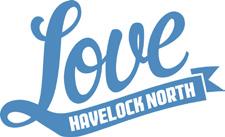
Havelock North Village is the vibrant heart of Hawke’s Bay. Sip great coffee at the local cafes, discover stunning natural attractions, eat and drink your way around the Village eateries, or wander around stunning boutique retailers and artisan providores; there is something for everyone to love about Havelock North!

Welcome to the Hawke’s Bay home of OFI. We offer exclusive selected Natural Garments sourced from around the Globe, intertwined with that Italian art, culture and fashion development of New Zealand. We pride ourselves on our quality Stylish Sustainable Womans Clothing that makes you feel and look great!

Havelock North store: 3/4 Joll Road (06) 877 5327
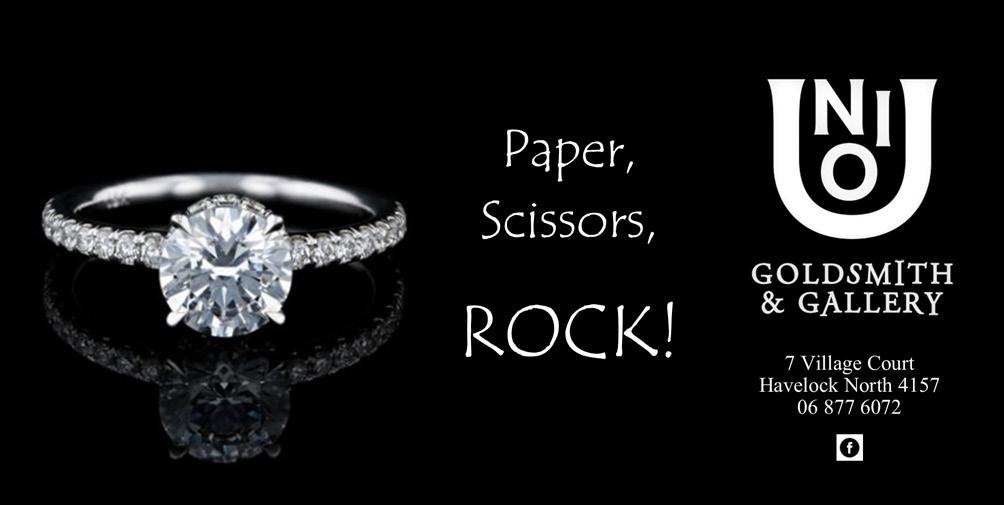
Waipukurau store: 97 Ruataniwha Street (06) 858 8675
diahannboutique.co.nz
Our well known destination has to be seen, to experience the joy of being stylised in our beautiful clothing by our caring team
www.nzonlyfromitaly.com

 Luxurious Natural Fibre Clothing Boutique
Luxurious Natural Fibre Clothing Boutique




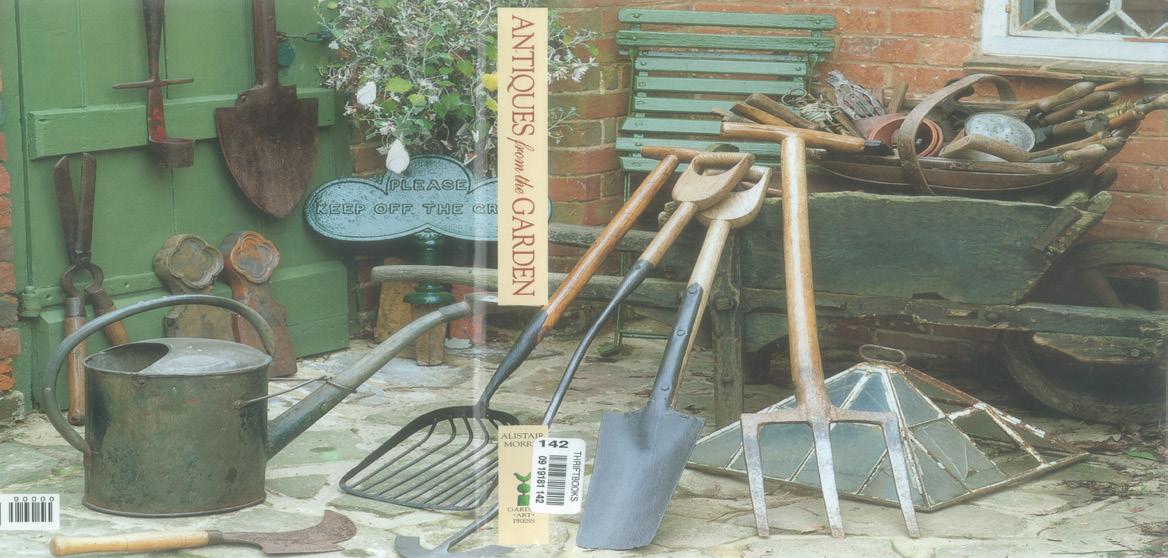
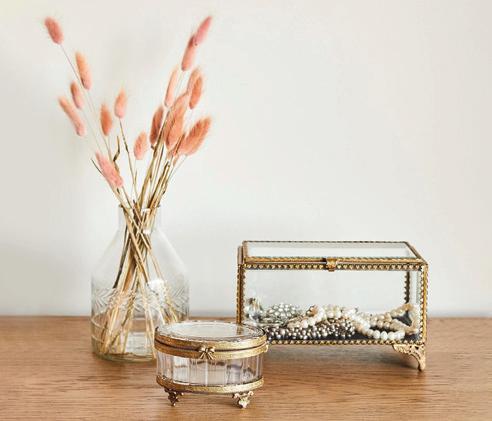


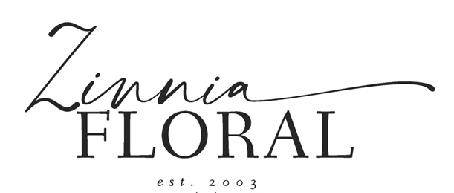
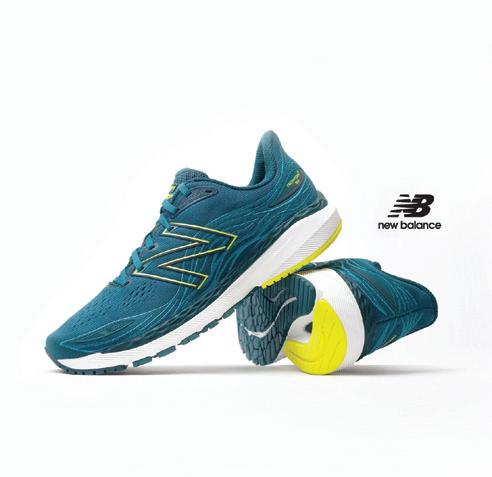


‘Have nothing in your houses that you do not know to be beautiful or believe to be useful’ - William Morris.
I’m at it again. It’s a perennial urge. I pull everything out of every drawer, cupboard, box and basket I own, contemplate its relevance to my current version of me, put those things aside that I no longer find “useful or beautiful”. Then get completely overwhelmed and shove it all back again before anyone notices my failed attempt at decluttering.
I do have a lot of stuff. And I do live under this false belief that deep down under an immense omnium gatherum I am secretly a minimalist. I identify as a minimalist. I’m not actually one but I want to be seen as one.
I’ve just moved house twice in two years so that’s given me two first-class opportunities to declutter. Not that I’ve taken them. I have curated, filtered, contemplated each item and whether it “sparks joy”, then I’ve just hurled it all into boxes and dragged it to the next abode.
Where I live now has an assortment of small rooms and large cupboards that aren’t essential to the daily-life circuit of bed, bath, kitchen, repeat. This helps with decluttering. It means that most weekends I can carry out performative decluttering by taking a pile of stuff, folding it carefully, moving it from the sunroom to the boxroom, or the mudroom to the shed, or from the linen cupboard to the towel cupboard. It looks like I’ve freed up a drawer but actually I’ve just moved the gallimaufry into a sistema and shoved it in the window seat.
I do love a dump run, and most weekends I box up a bunch of stuff for the Sallies. But I also love the reuse shop at the recycling centre, and I can’t resist an opshop. It’s the circular economy, and I’m doing my bit (I tell myself this as I re-clutter my decluttered book nook).
Hoarding is an actual disorder. But if you dust regularly it’s not hoarding it’s ‘collecting’.
Hoarding is an actual disorder. But if you dust regularly it’s not hoarding it’s ‘collecting’. I myself have a salmagundi of 30 white jugs that pass as a pretty impressive collection but serve no real purpose and do take up considerable space. “Stuffocation” is a syndrome and “material deviancy” is listed in the DSM-5.
There is science behind decluttering. Well, not exactly science, more a made-up series of steps invented by instagram influencers who probably have cleaners, but still fairly useful. There’s the KonMari Method, the Becker Method, the Peter Walsh Method, the Colleen Madsen Method, the Leo Babauta Method, the Tim Ferriss Method and the Fly Lady Method. There’s OHIO (Only Handle It Once), Grey Area and UFYH (google it).
There are professionals who will swoop in and declutter you faster than you can say, “But I really need all my back-issues of BayBuzz”. There’s even a clutterfree app.
One idea I do really love, and I’m almost tempted to try, is a Minimalist Packing Party. Simply, you invite your mates over and pretend you’re moving, then get them to do all the decluttering for you. They box things up and take away the stuff you don’t really love while you sit in the corner, rocking, with a stiff gin and a platter of comfort food. You then leave the boxes packed up for a week and anything you haven’t freed and used gets flicked to Vinnies.
The Scandis have it nailed with their ideas around ‘dostadning’: the gentle art of Swedish death cleaning. Basically, preparing for your own demise should start early as you shed domestic detritus. Gift precious treasures, hand-over heirlooms, donate that which still has useful life left in it, do a digi-declutter by keeping a notebook of passwords and tidying up your desktop. Advocates say dostadning is a relief not a burden. For anyone moving into a unit, sleepout, tiny-house, bus or back home with Mum, death-cleaning could be a fitting first step.
There are more esoteric ways to declutter. Having a thorough clean-out of your Facebook friends is as cathartic as sorting out the pantry. Clearing out your calendar, minimising your obligations, tidying up your vices and disposing of bad habits can be just as lustral as regifting the contents of the toy box. Emptying out your evenings of TV binging and endless scrolling can free up time for quality conversations, reading and playing games (I have a whole cupboard solely for board games we might one day have some time to play).
Embracing the clutter is always an option too. Surely maximalism is as viable an aesthetic as minimalism. Rather than stripping everything back to bare necessities, perhaps we pile on layers and layers of overstuffed gaudy, garish, glorious junk. A pile of old manchester is ‘clutter’, a neatly folded collection of Napier Woollen Mills vintage tartan throws is cosy ‘cottage-core’. That way all us palaeophiles and antiquaries can keep our miscellany and our mementoes because if “less is more” just imagine how much more more can be?
Sponsored by Common Room

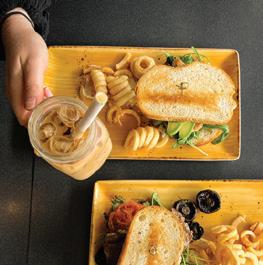

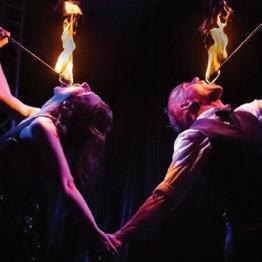
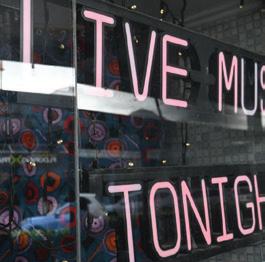
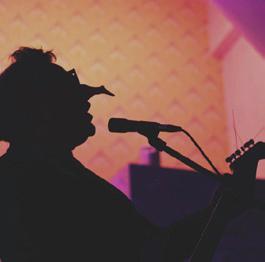


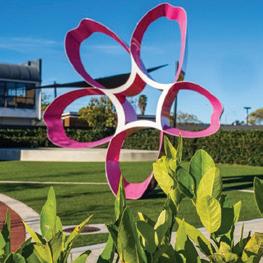

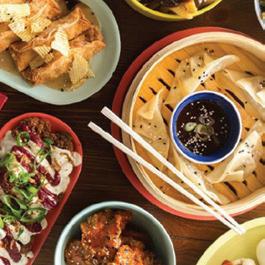


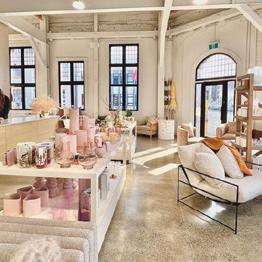


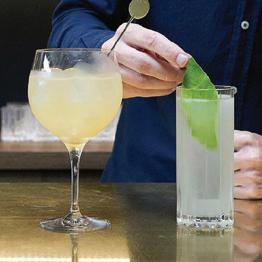

The new Jaguar F-PACE SVR is our ultimate performance SUV, delivering greater performance, agility and dynamism than ever before.

From 0-100km/h in just 4.0 seconds, its powerful 5.0 litre V8 supercharged engine with 550PS (405kW) of power and 700Nm of torque guarantees a thrilling driving experience each time you get behind the wheel.
Book a test drive today.
Bayswater European 93-107 Carlyle Street, Napier 06 650 0799
jaguar.co.nz